Seeing clearly through the fog of complexity
 AI Summary
AI Summary
Key Insights
- Introduces the concept of Complexity Lenses for navigating organizational and social complexities.
- Highlights that these lenses evolved from early work on web navigation and models of attraction, and were used in technology and service building.
- Explores social roles beyond traditional admin and user, defining their tasks and needs.
- Discusses folksonomy and its relation to taxonomy, noting that folksonomy tags enrich understanding beyond taxonomy.
Loading...
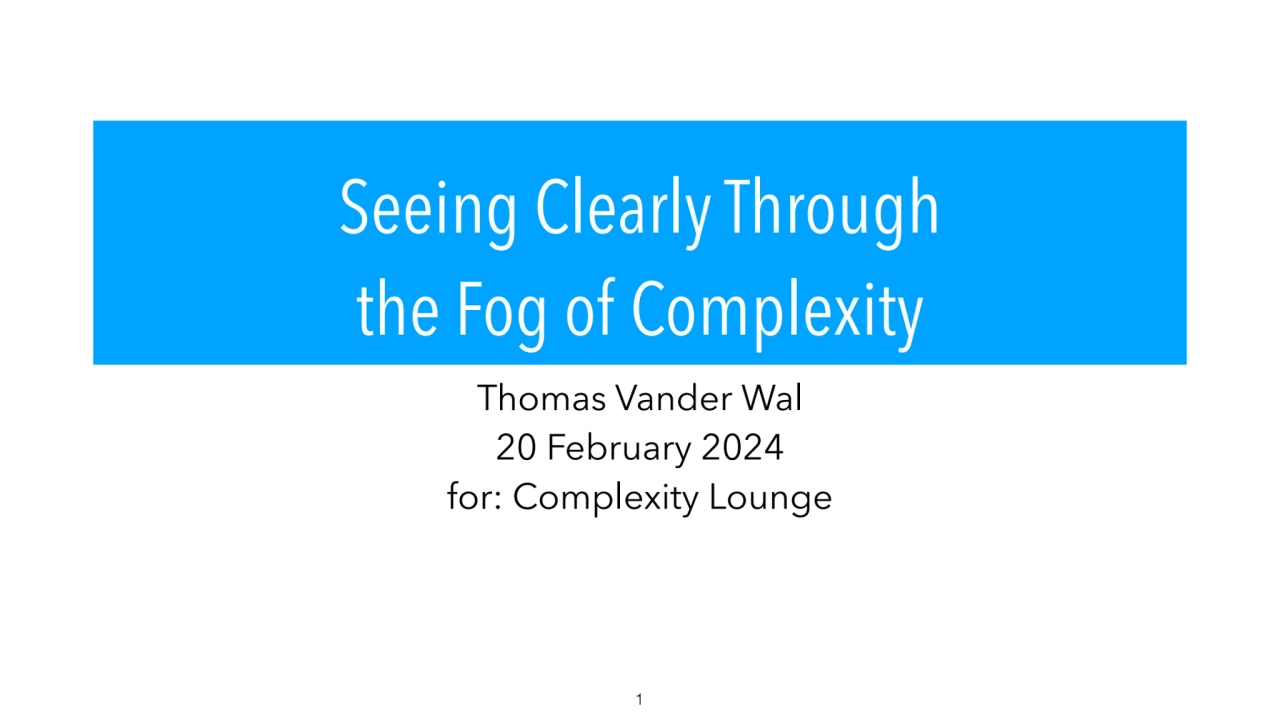
Loading...
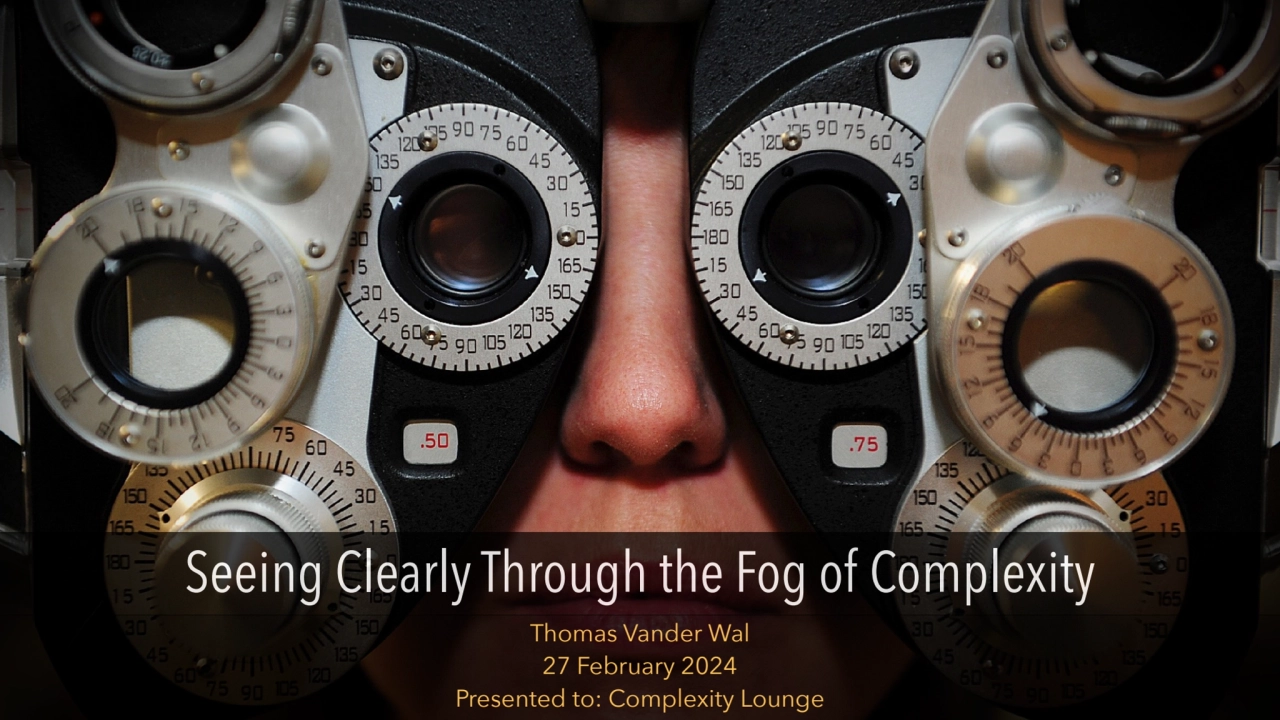
Loading...
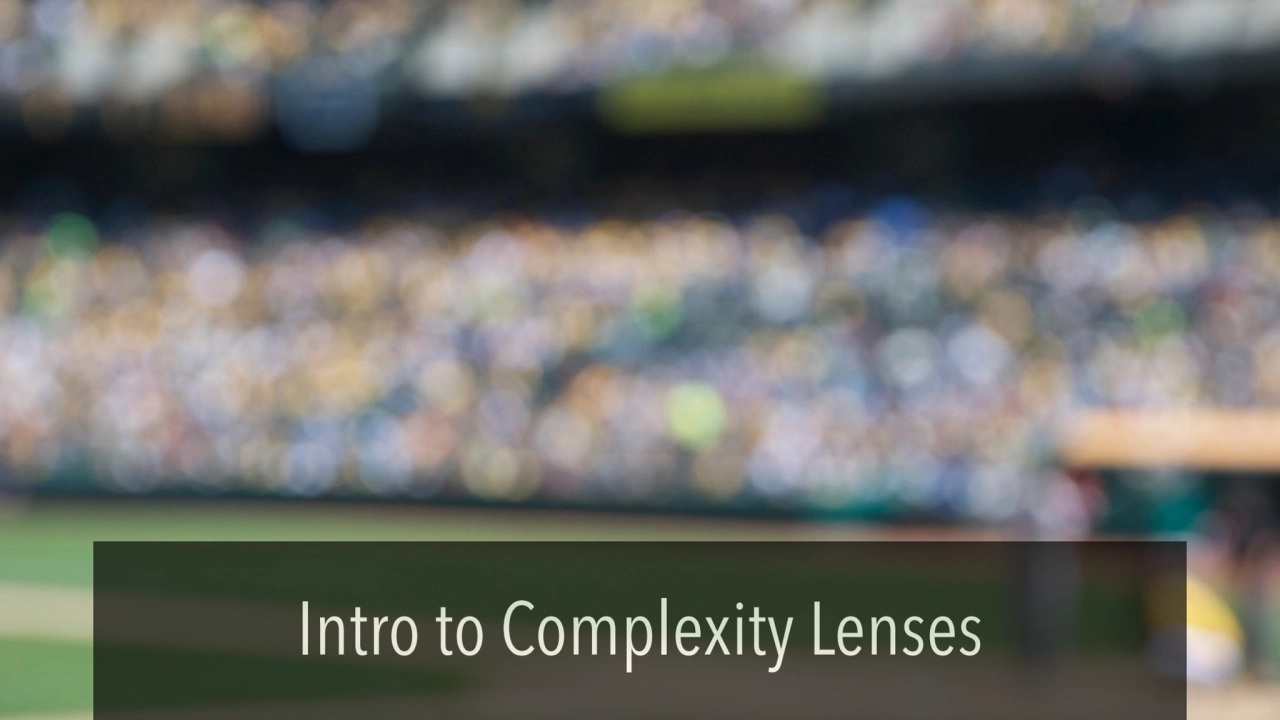
Loading...
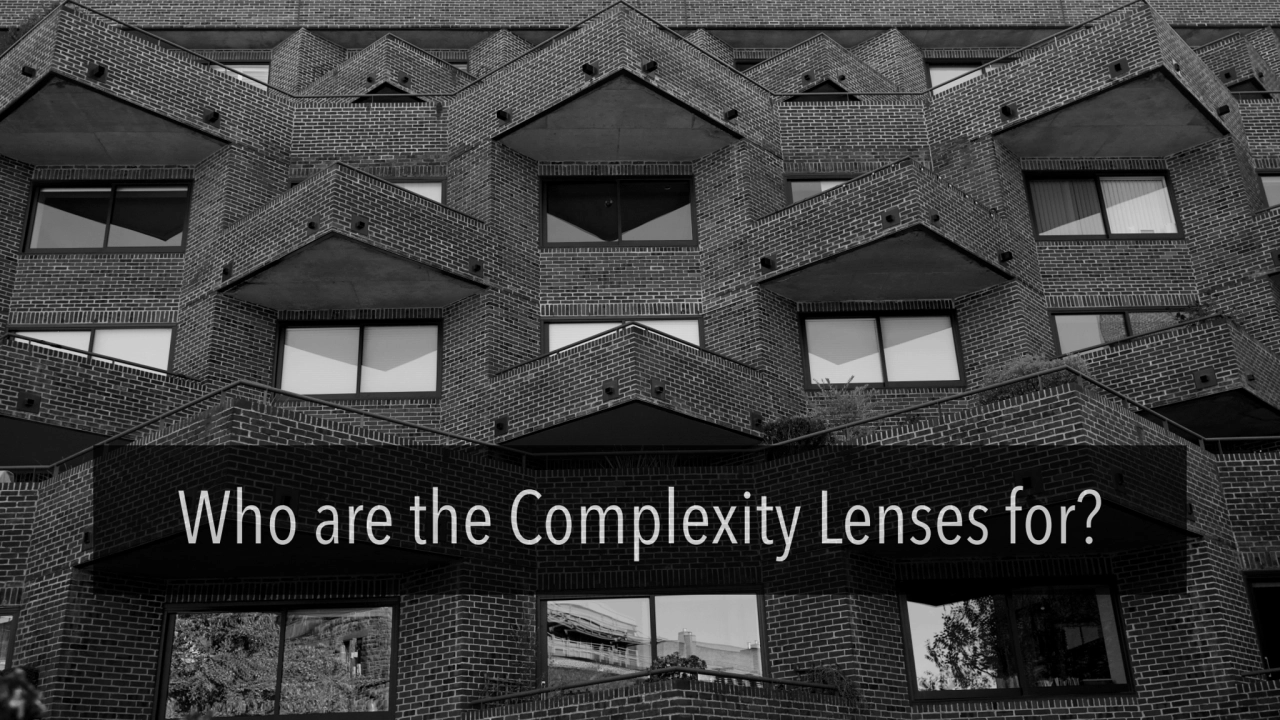
Loading...
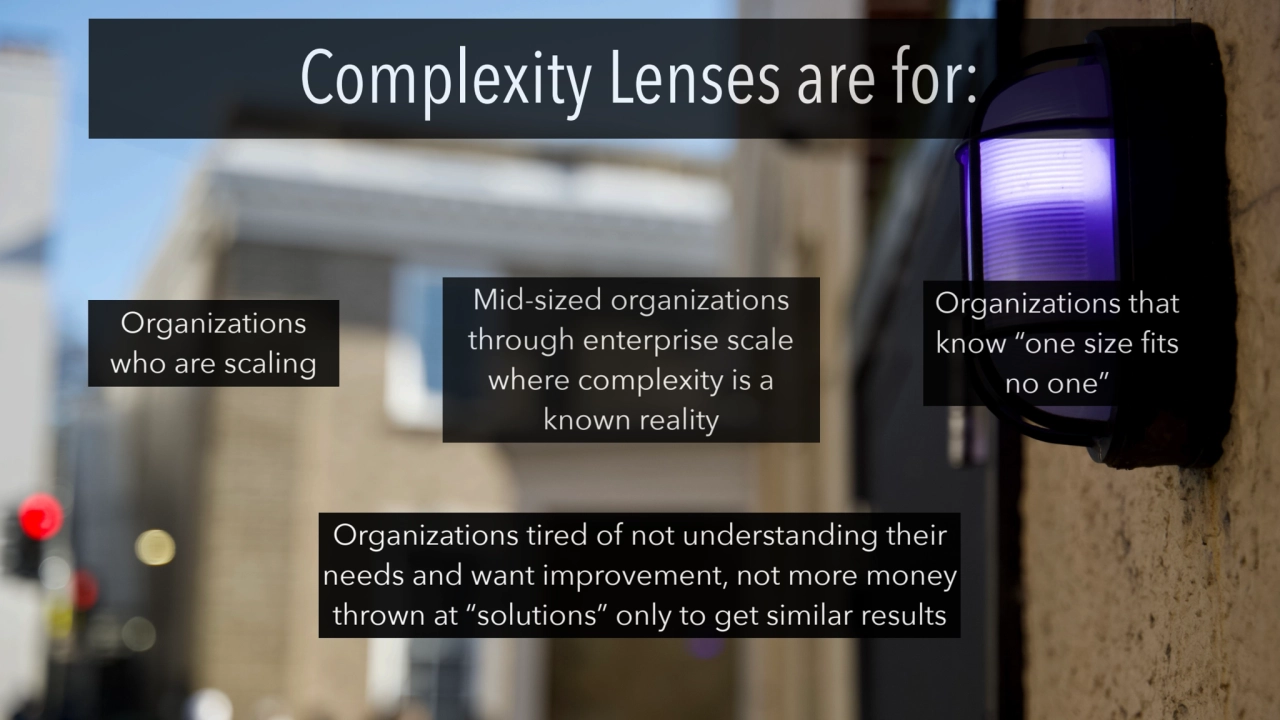
Loading...

Loading...
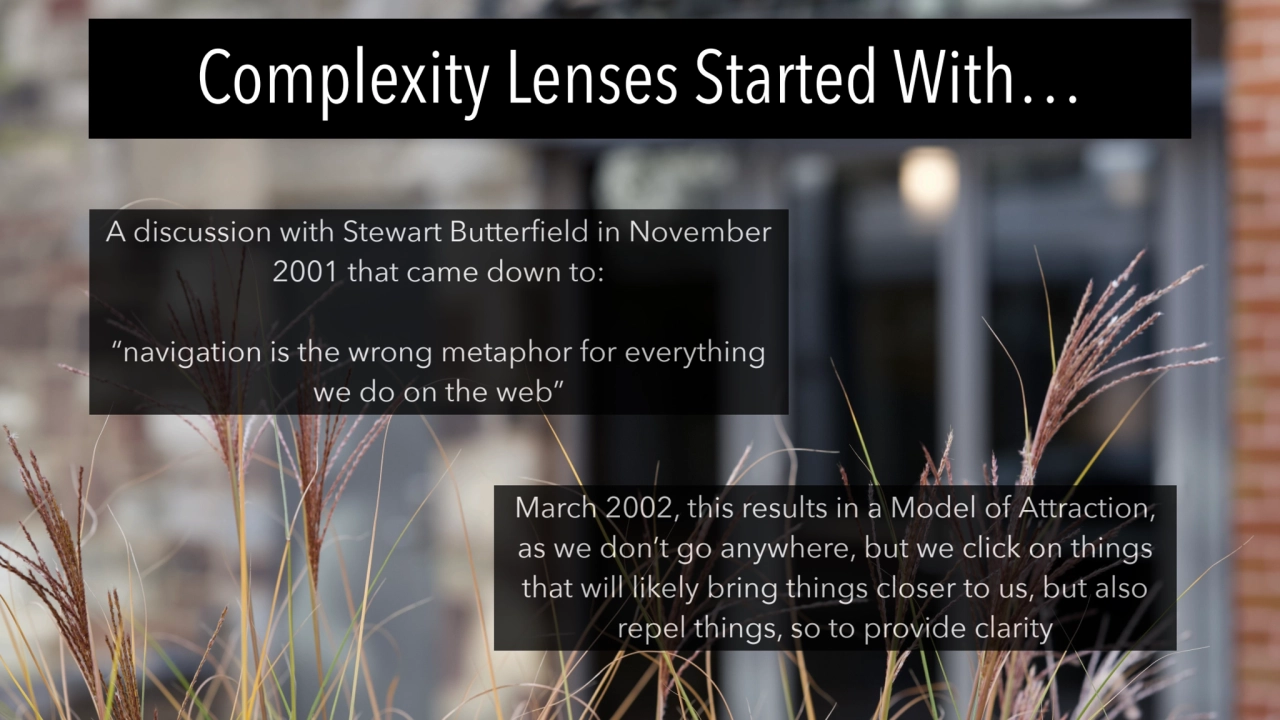
Loading...
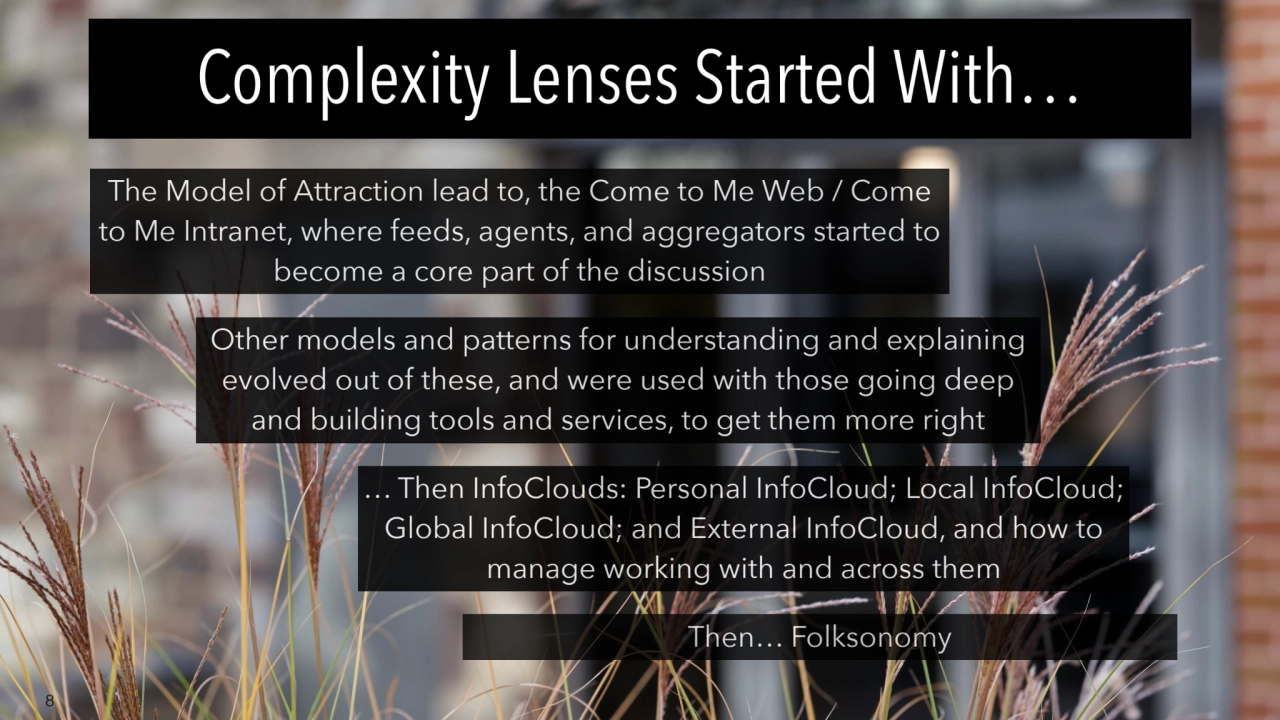
Loading...
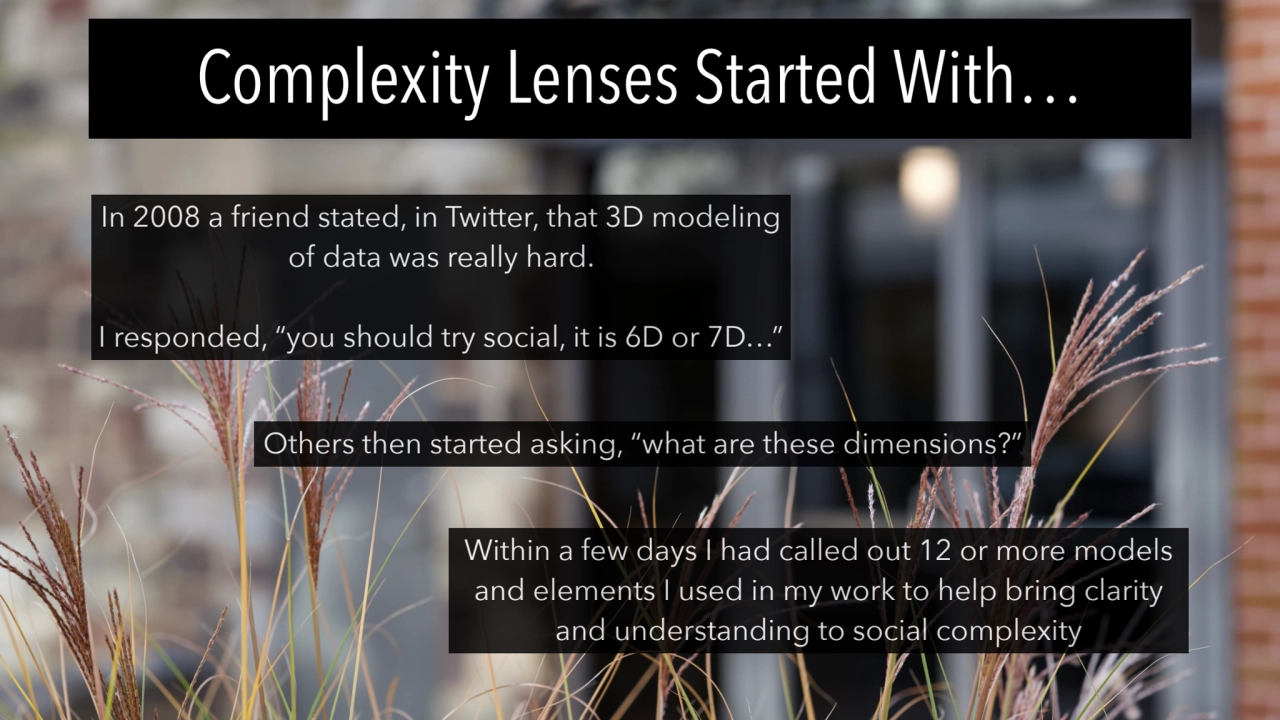
Loading...
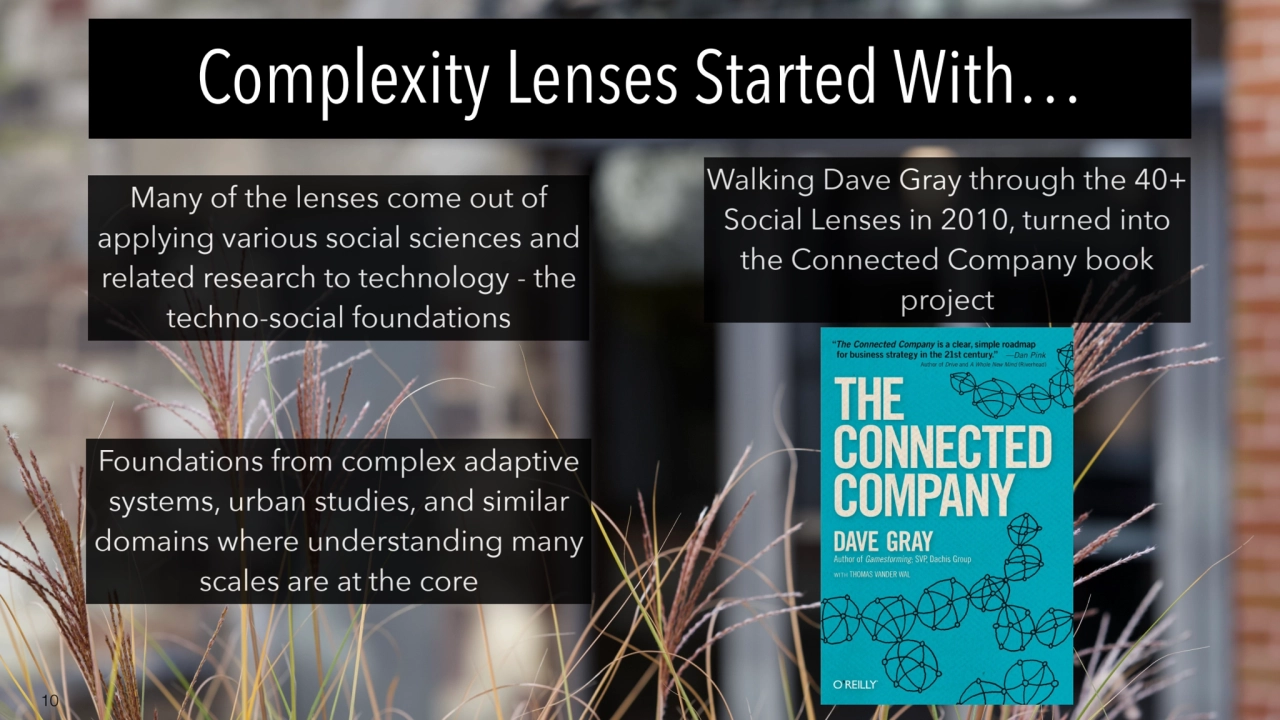
Loading...
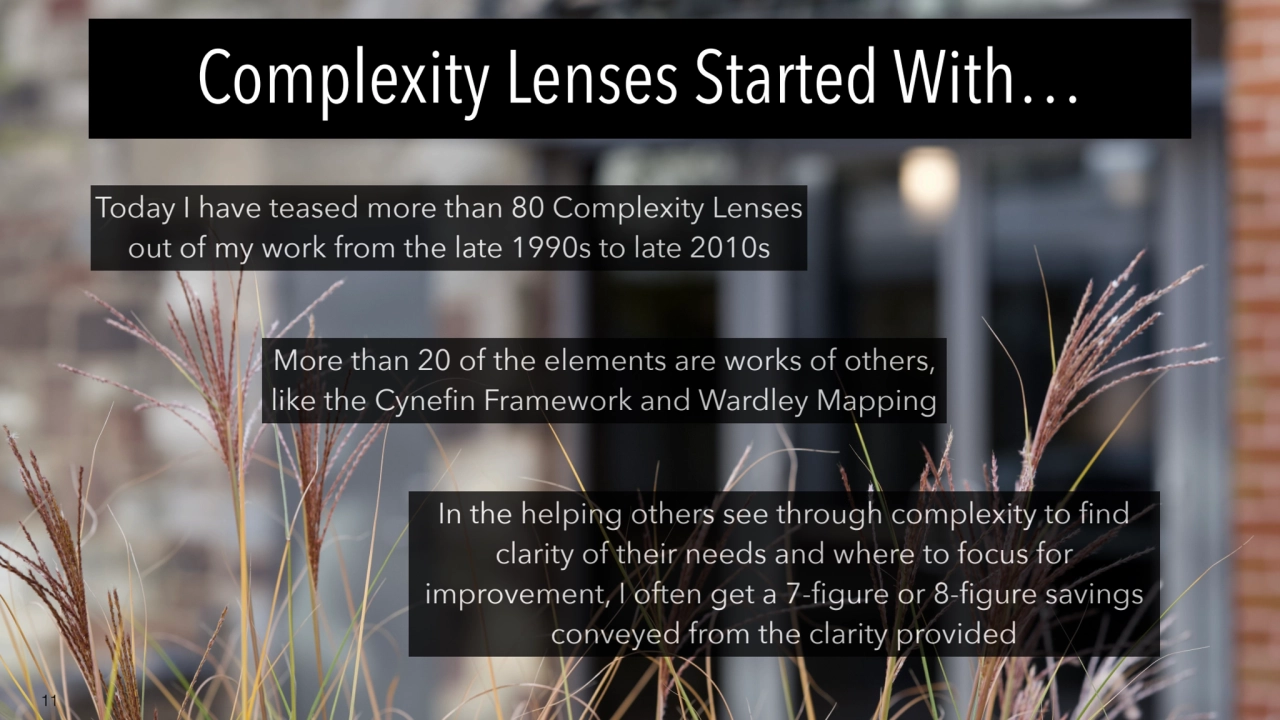
Loading...
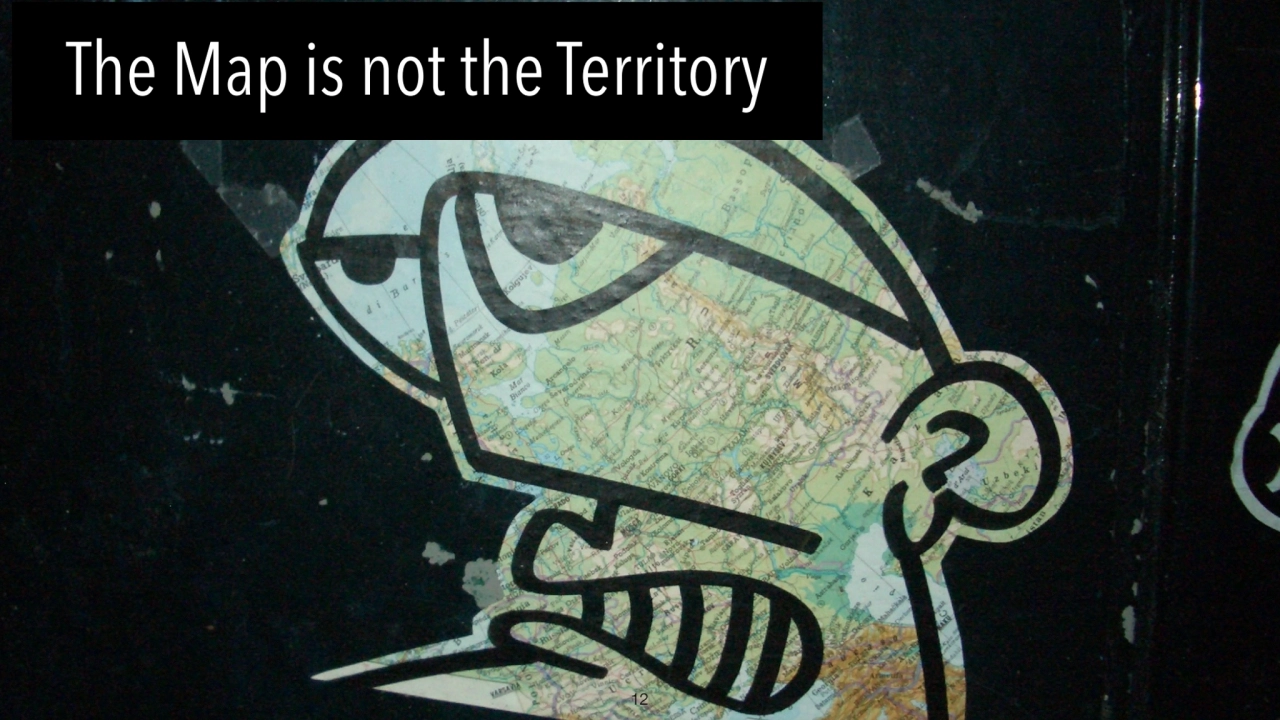
Loading...
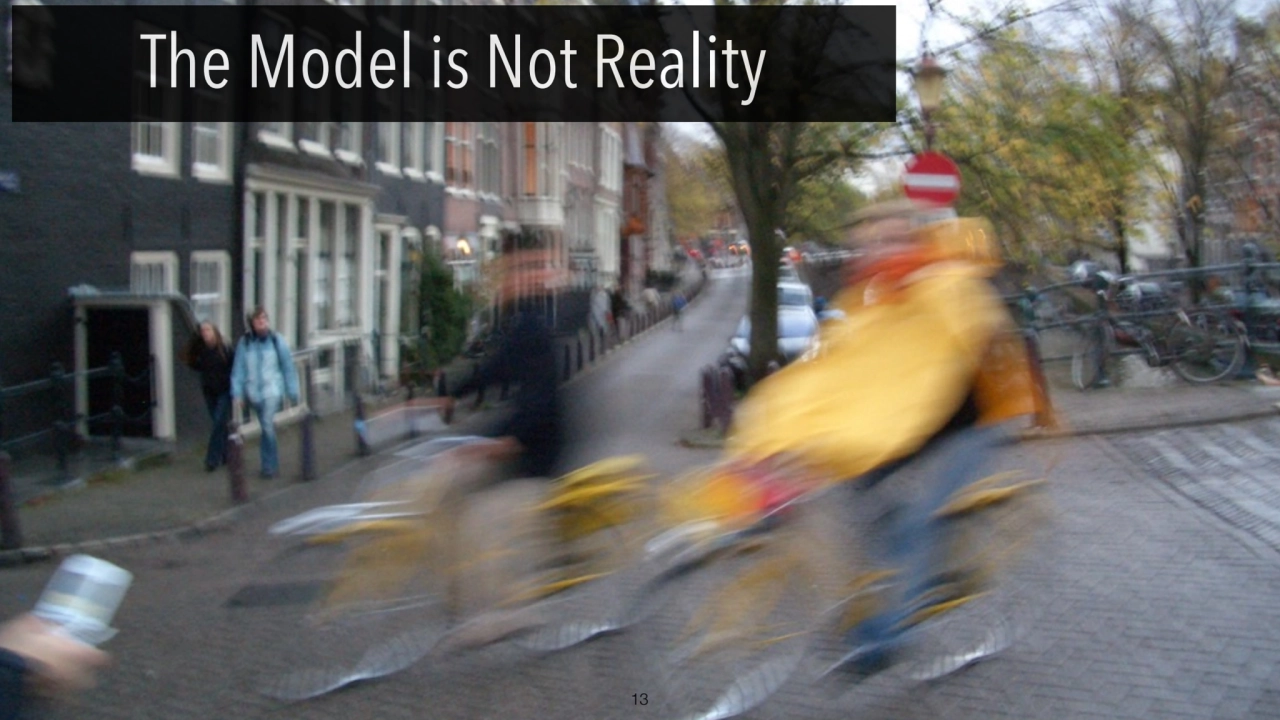
Loading...
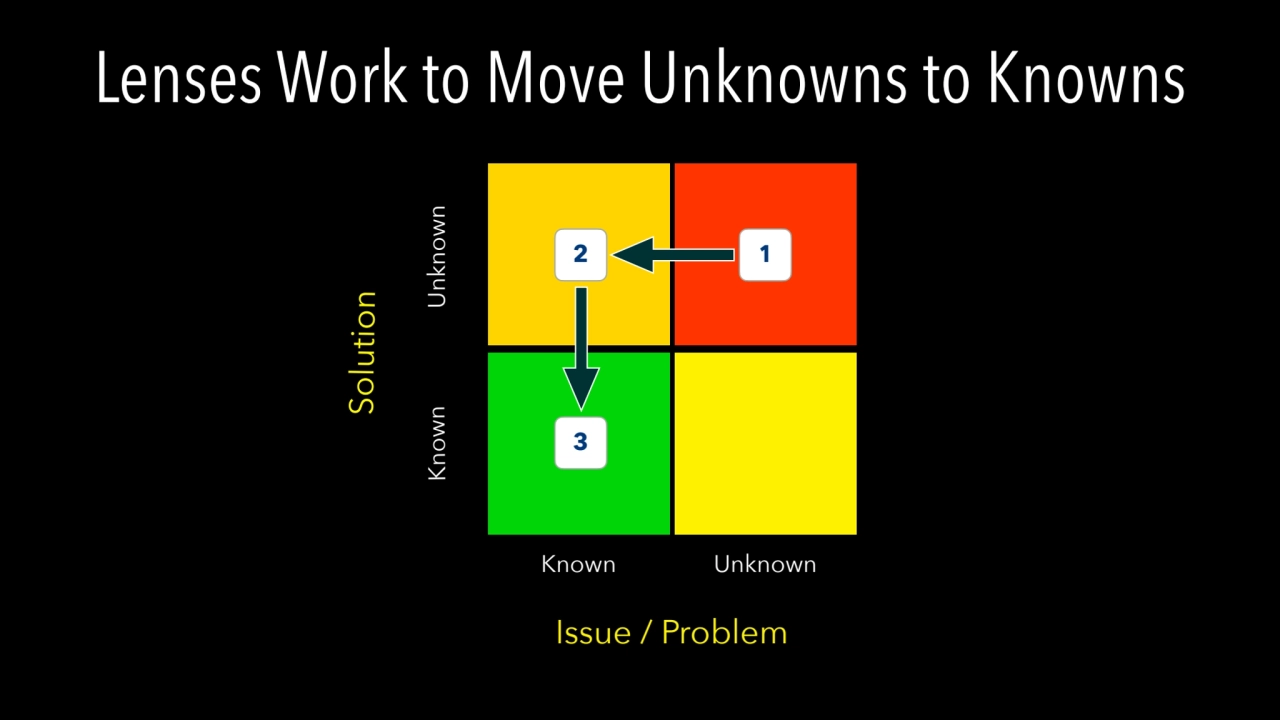
Loading...
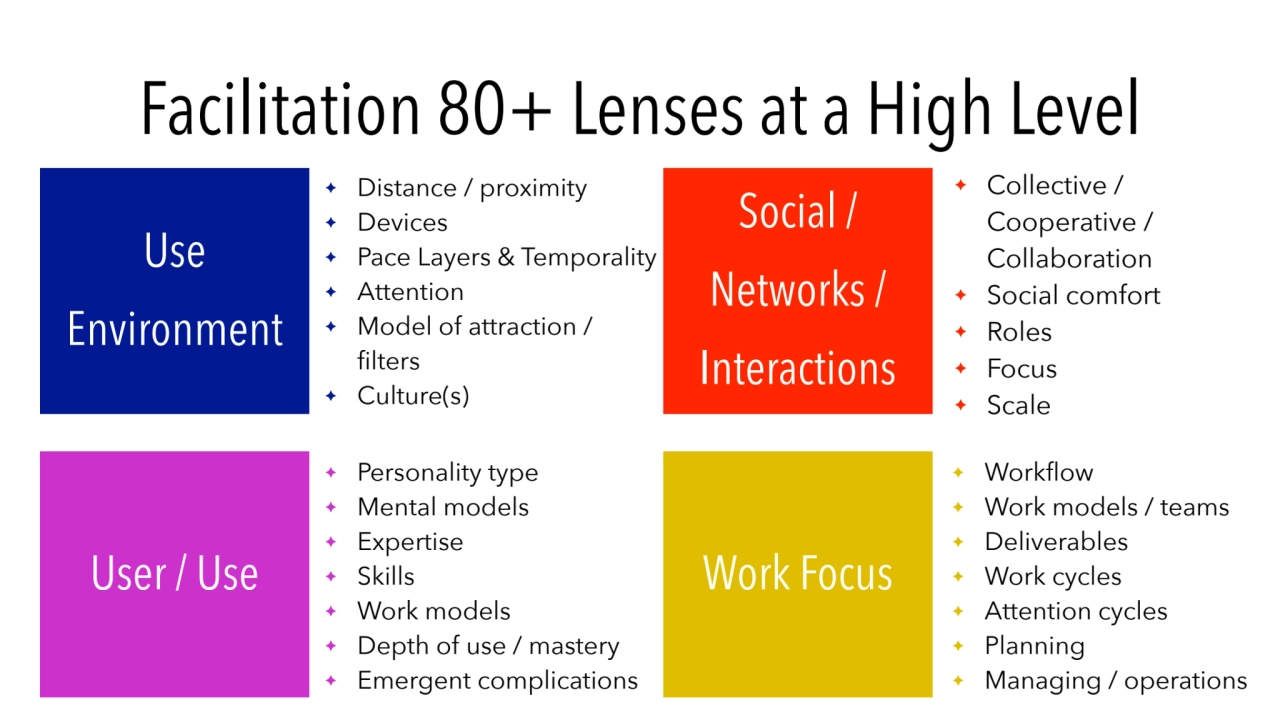
Loading...
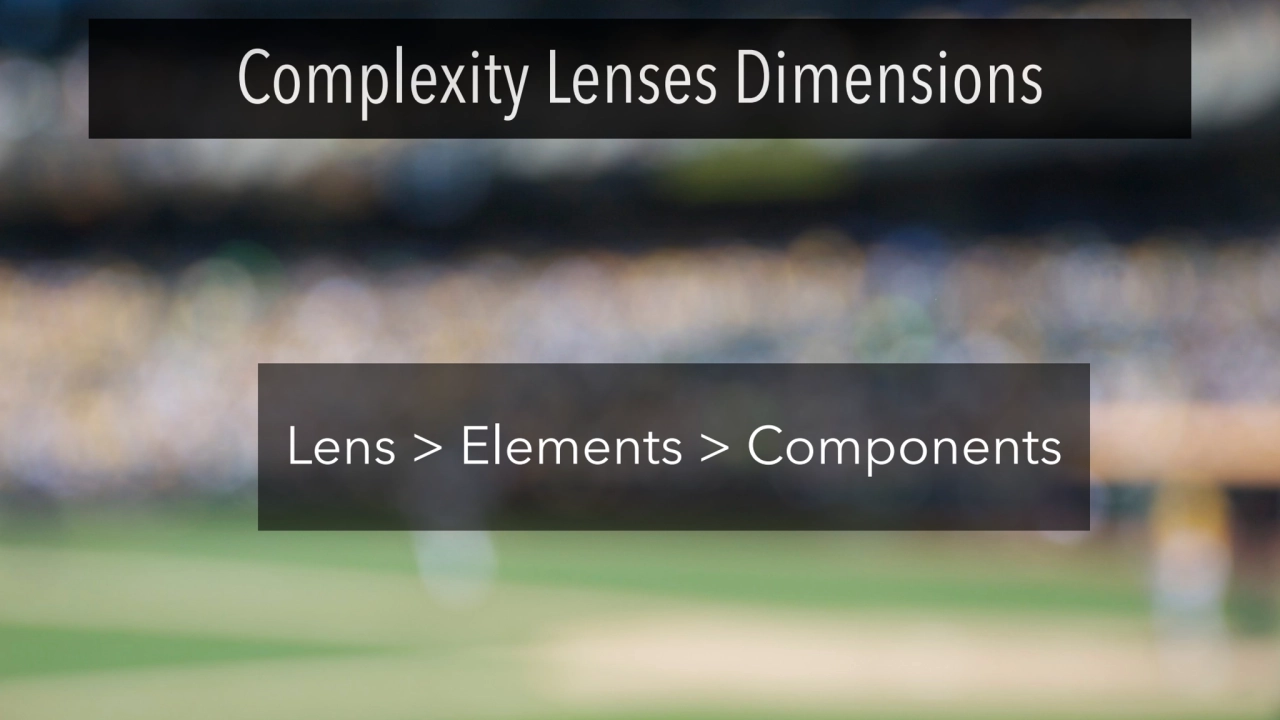
Loading...
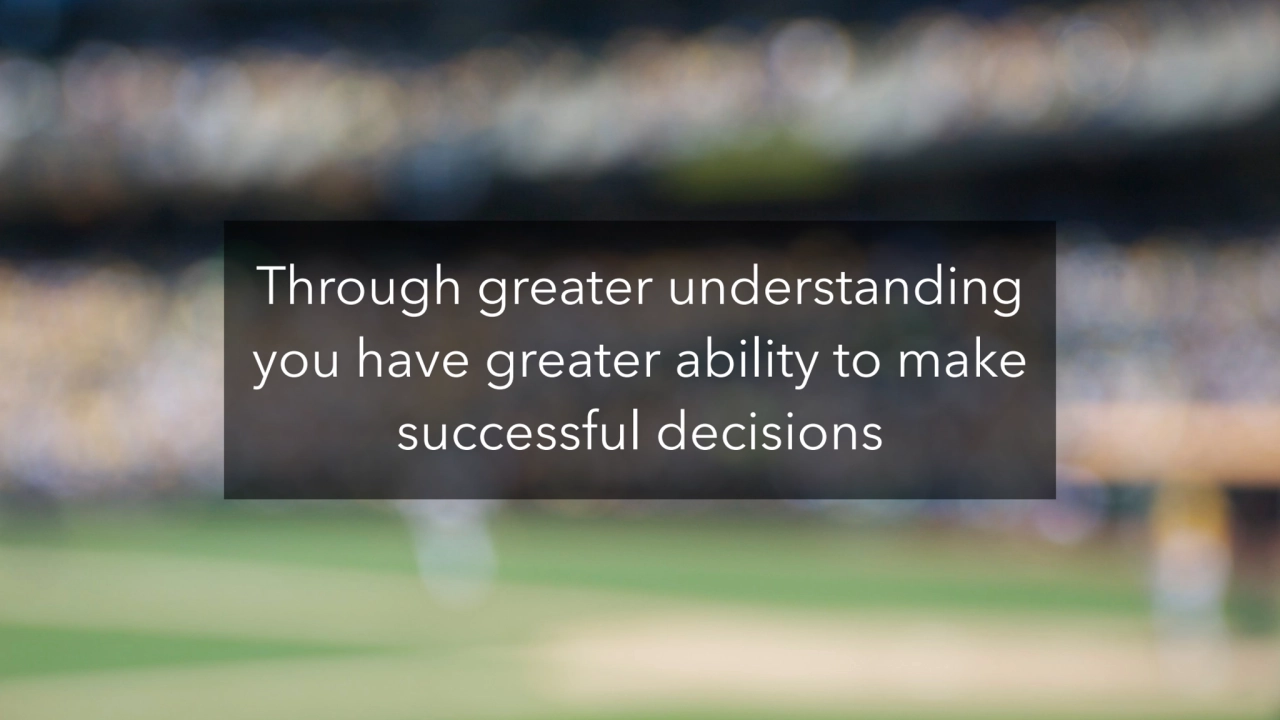
Loading...
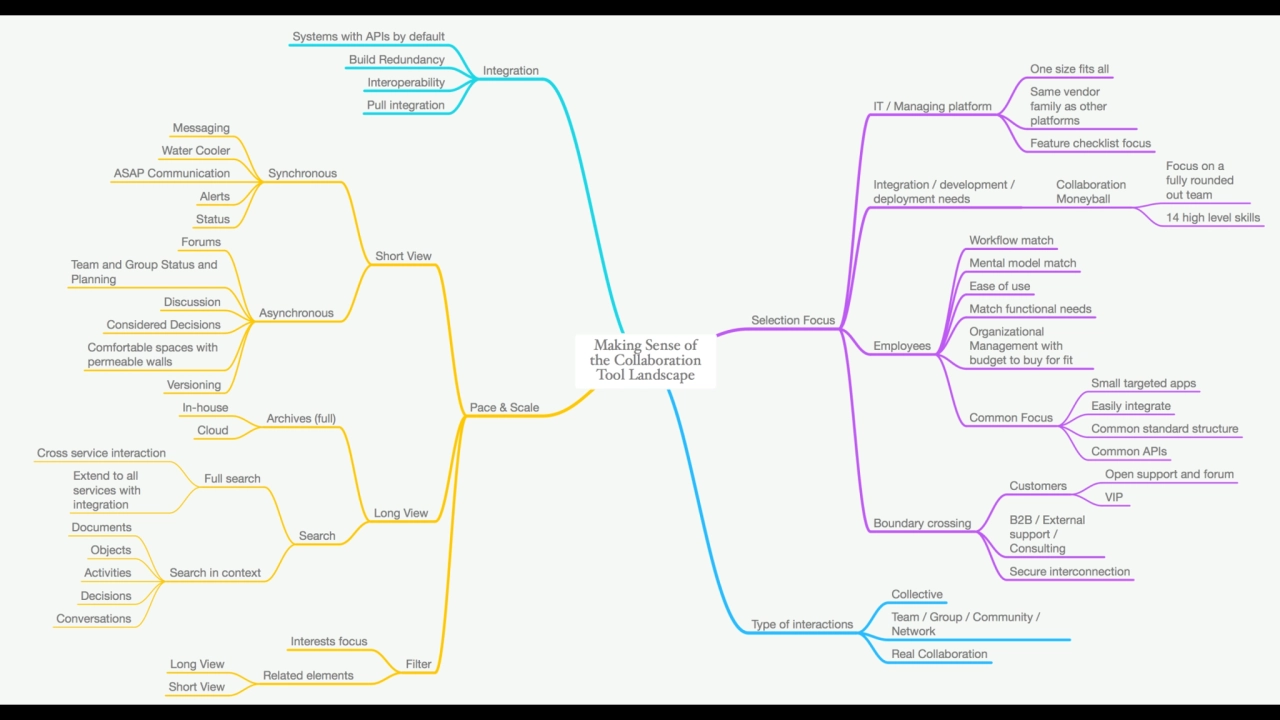
Loading...
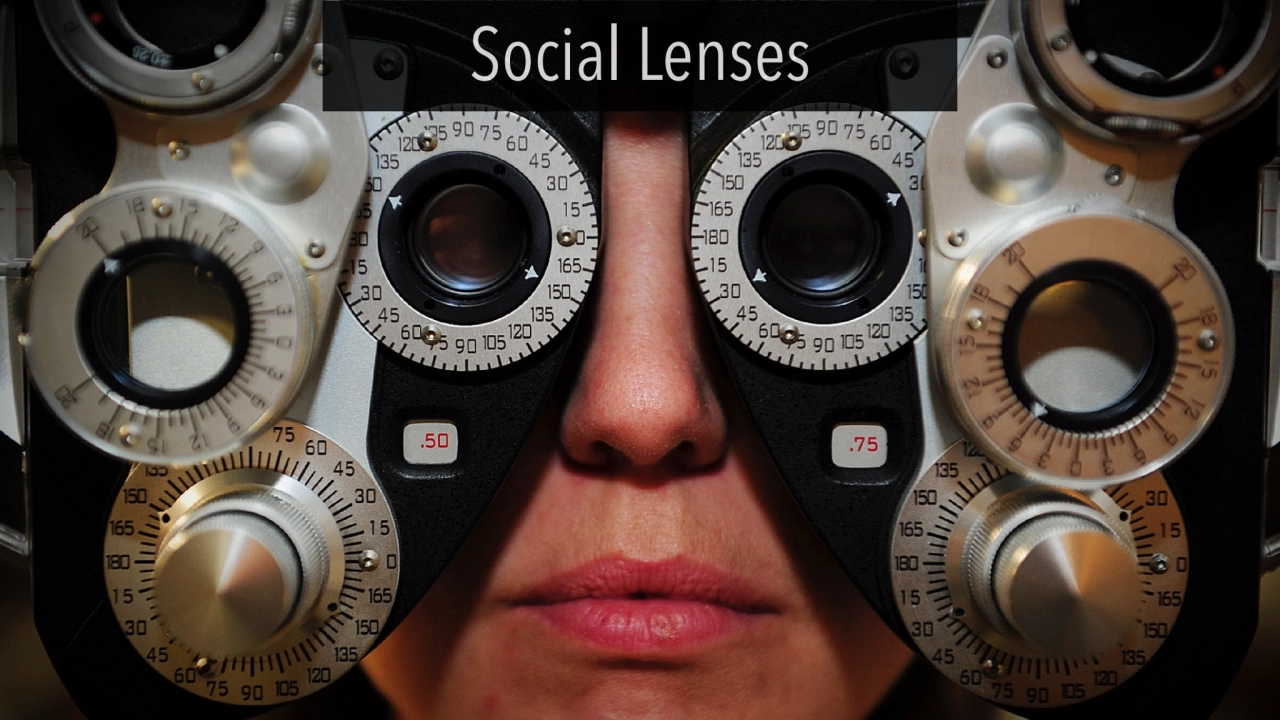
Loading...
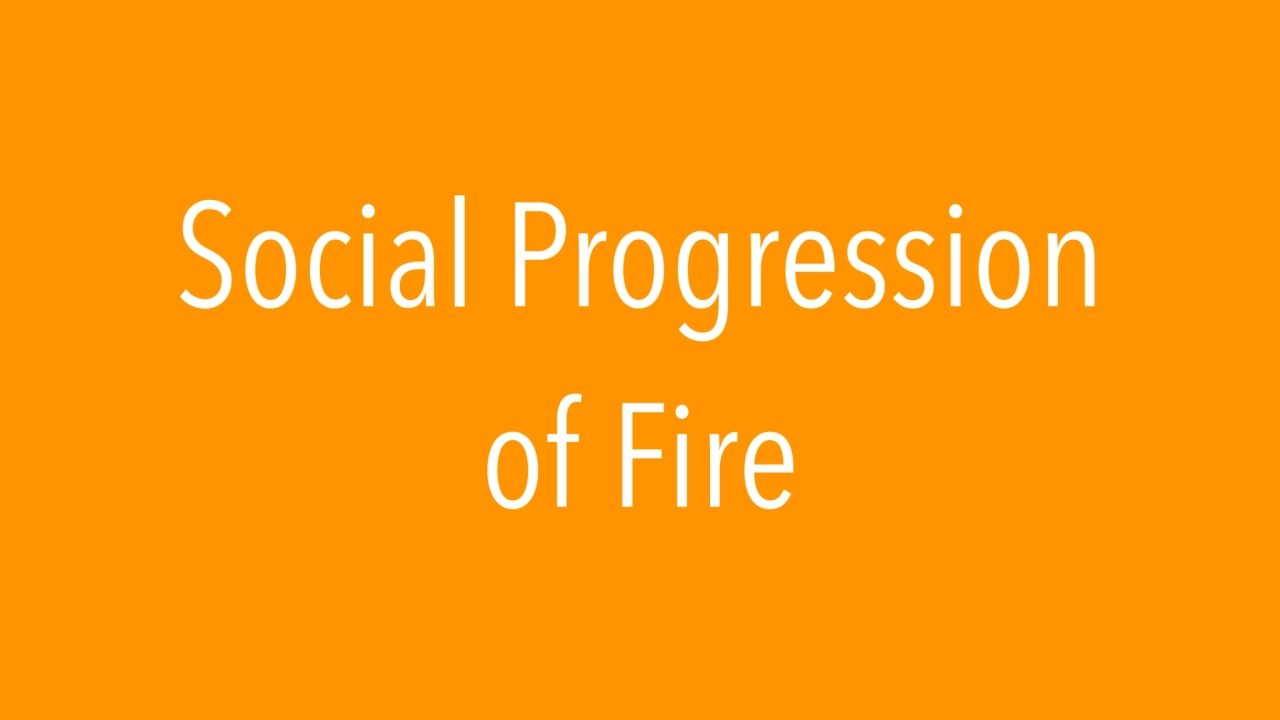
Loading...
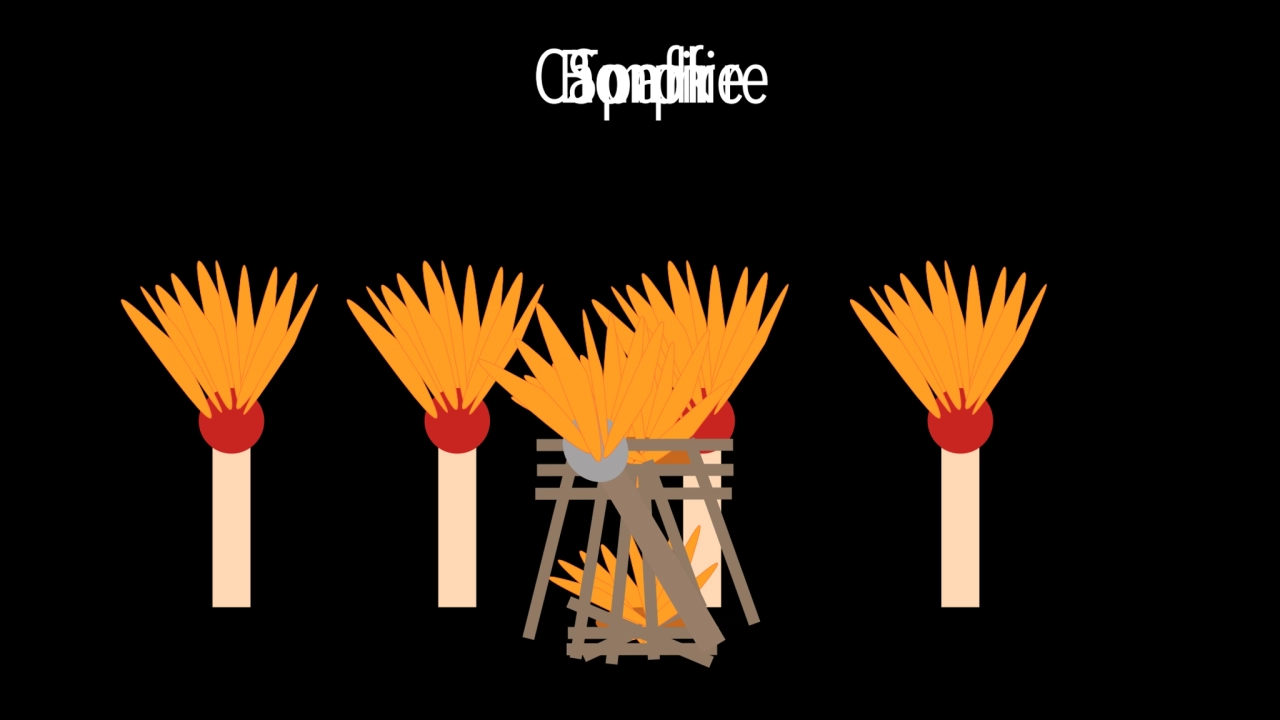
Loading...
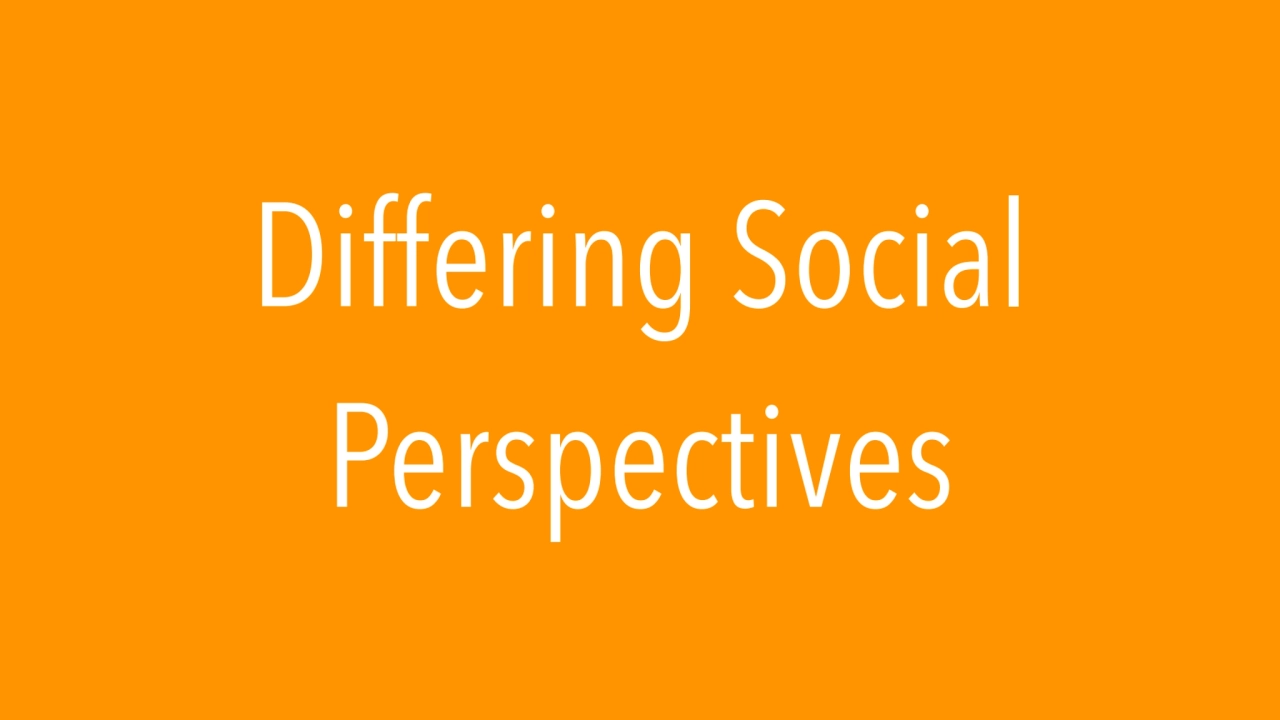
Loading...
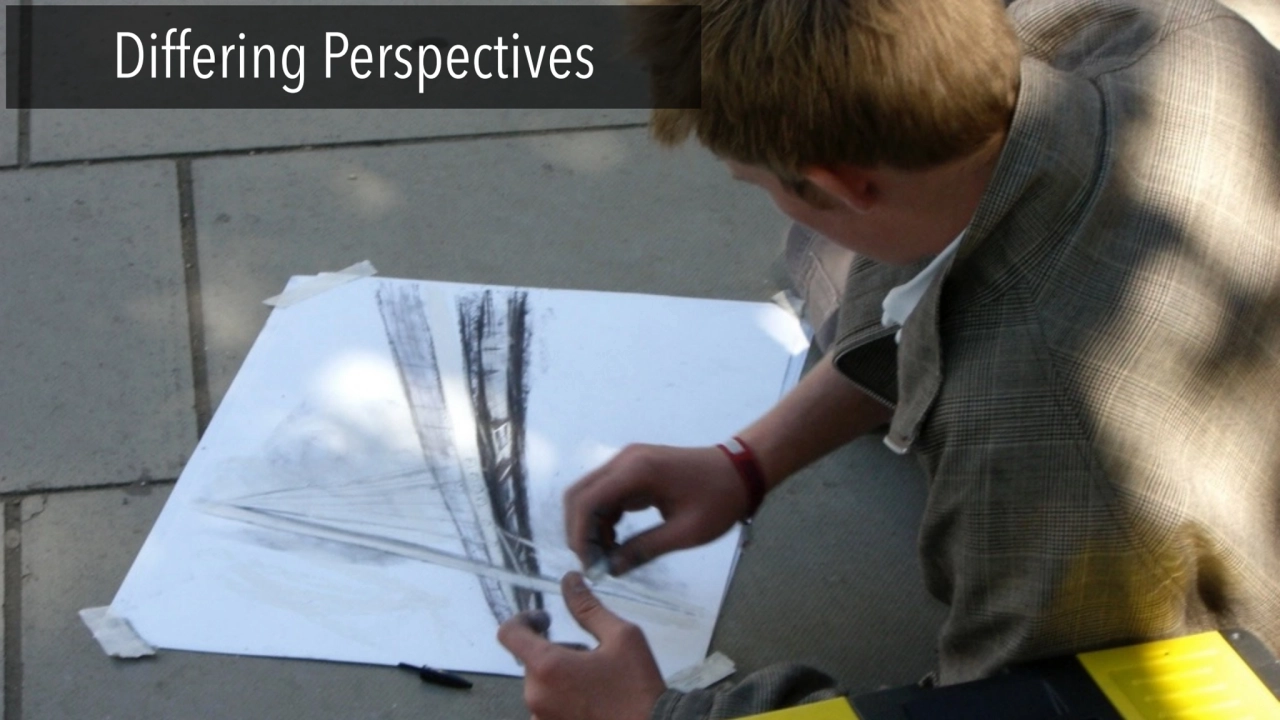
Loading...
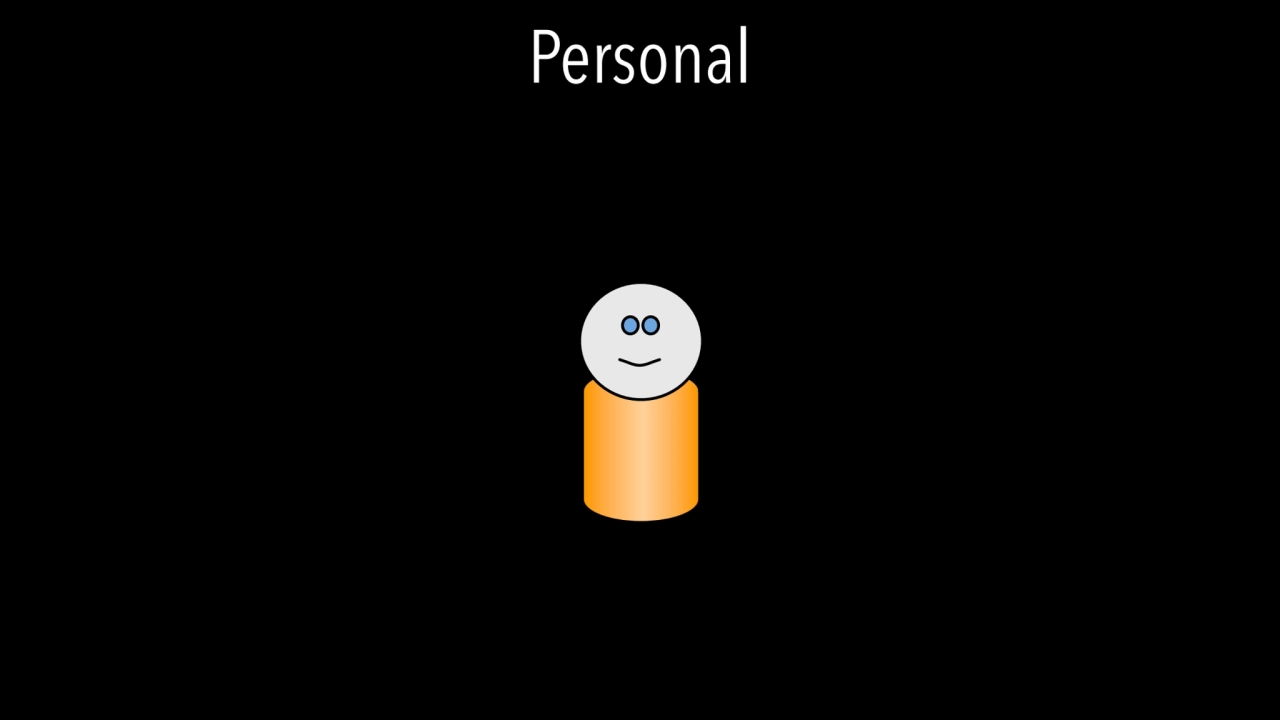
Loading...
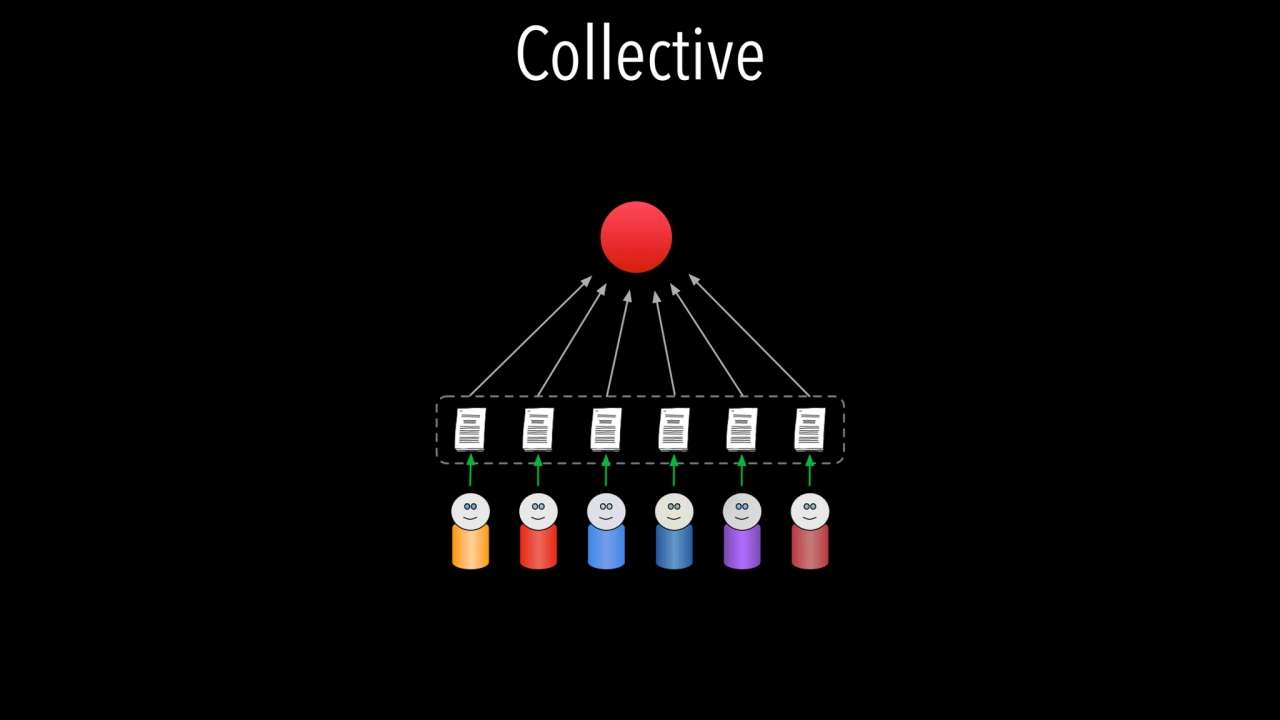
Loading...
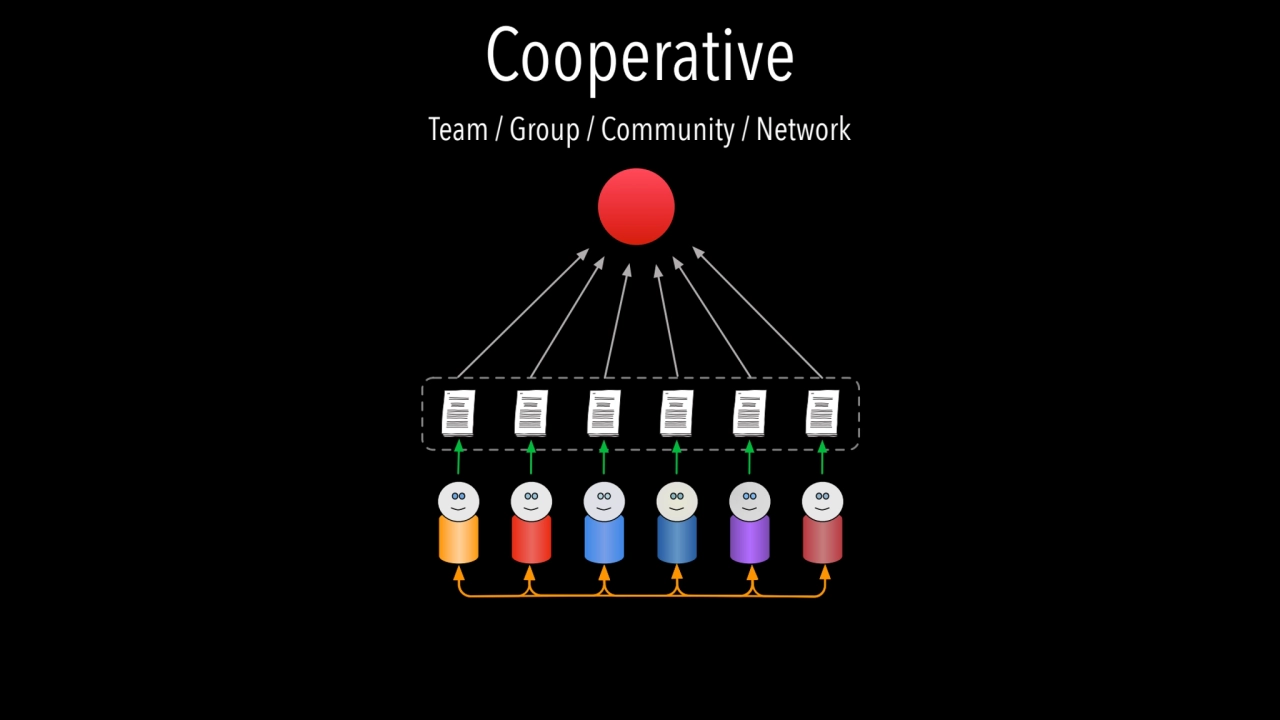
Loading...
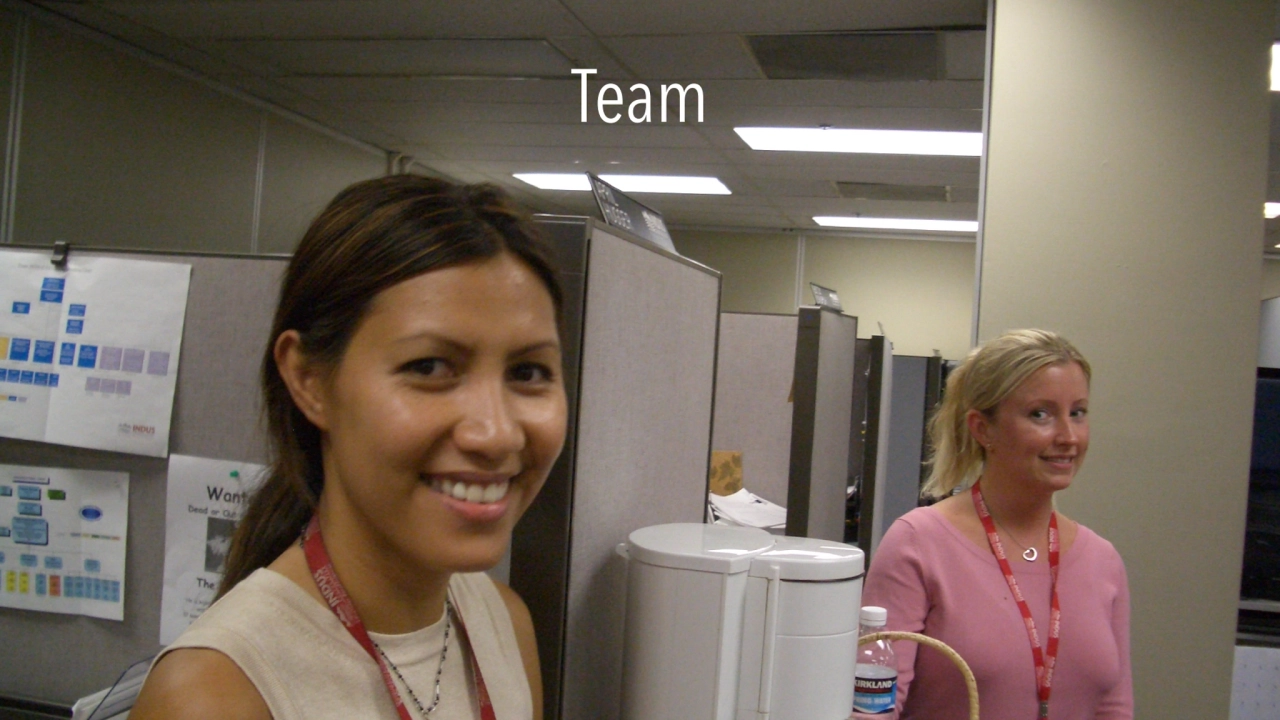
Loading...
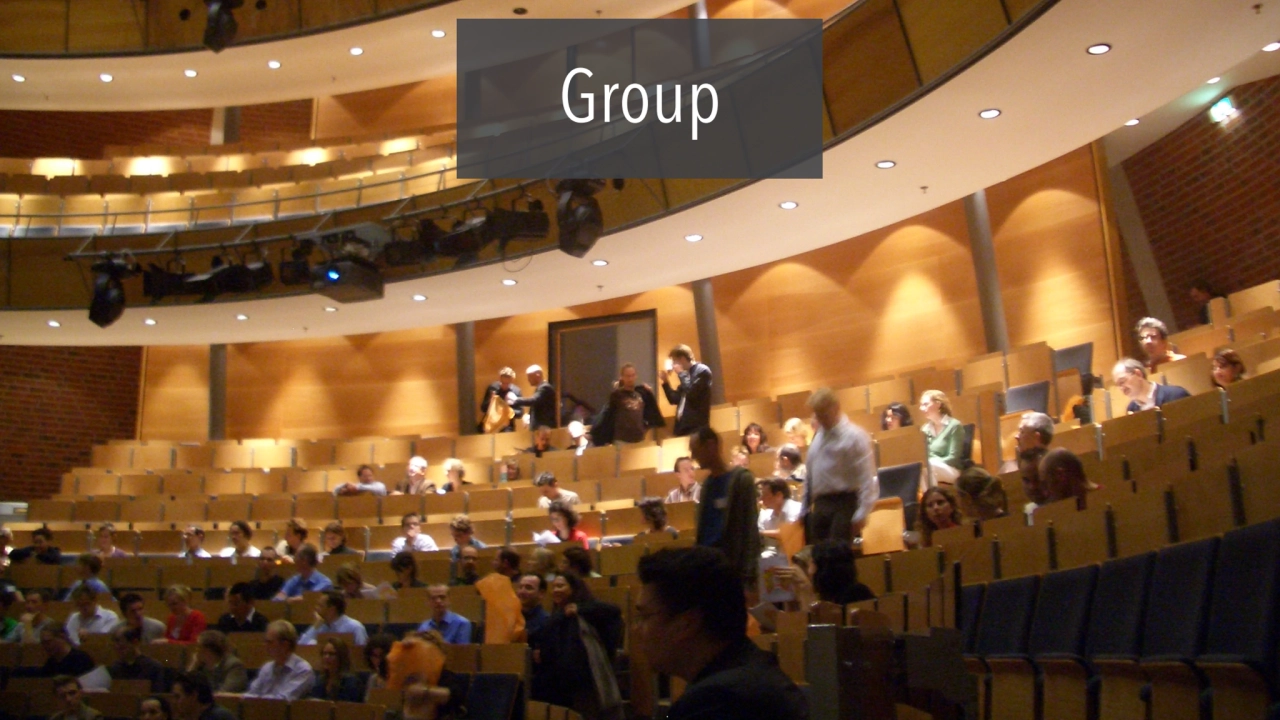
Loading...
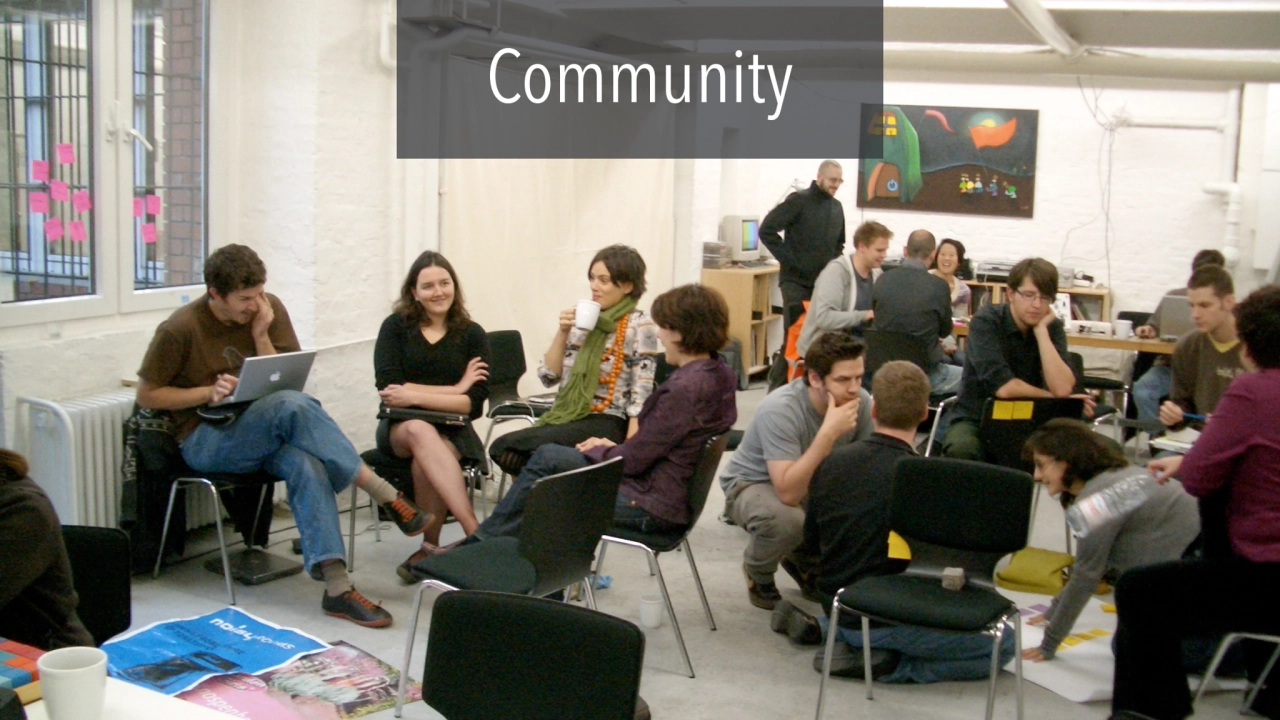
Loading...
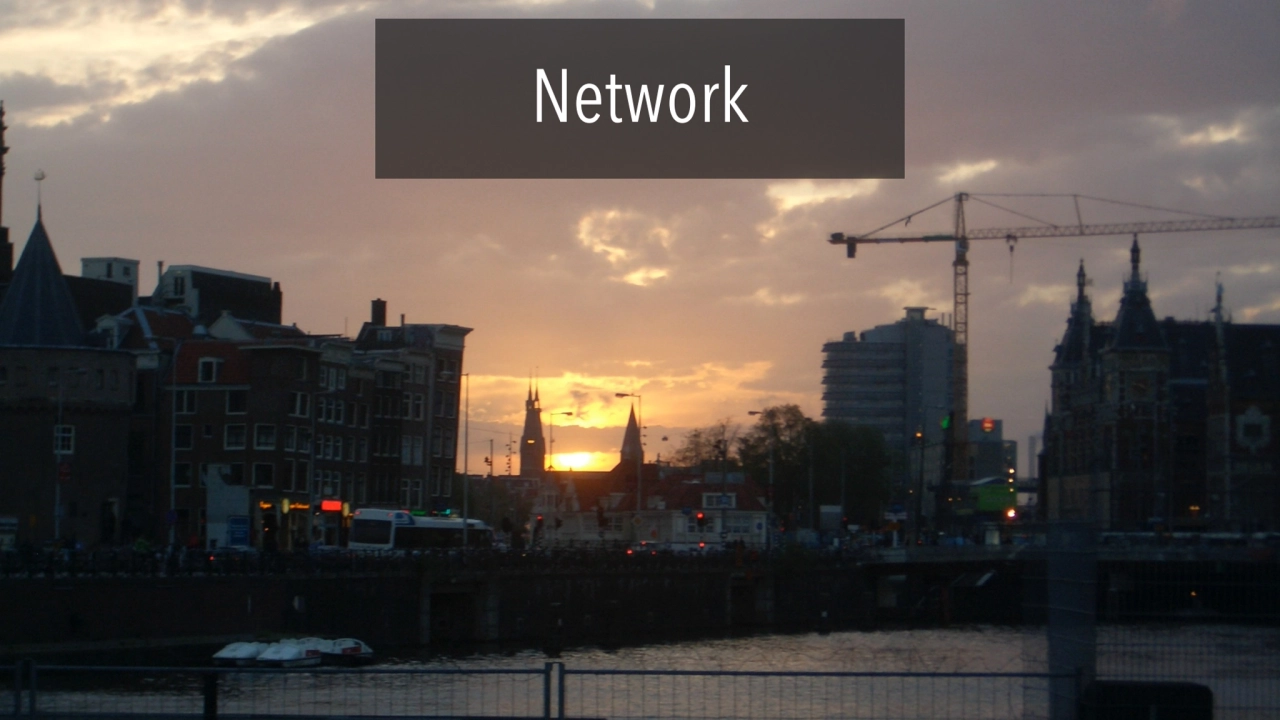
Loading...
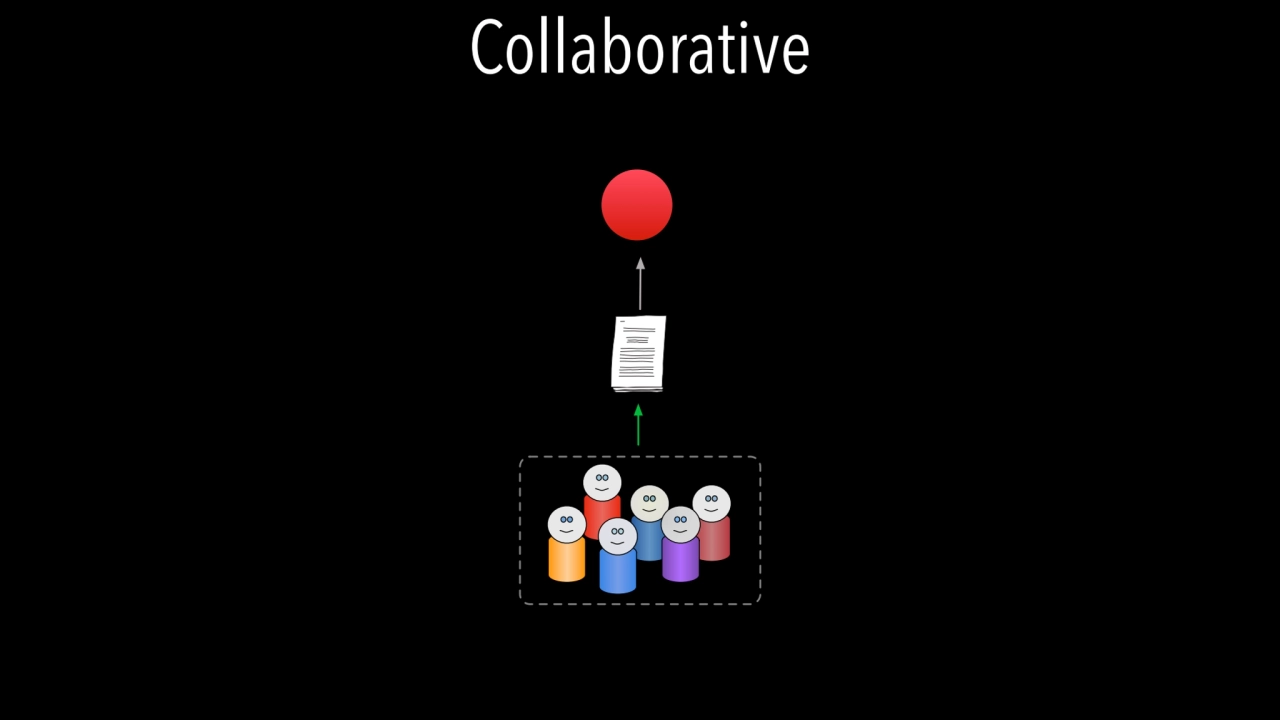
Loading...
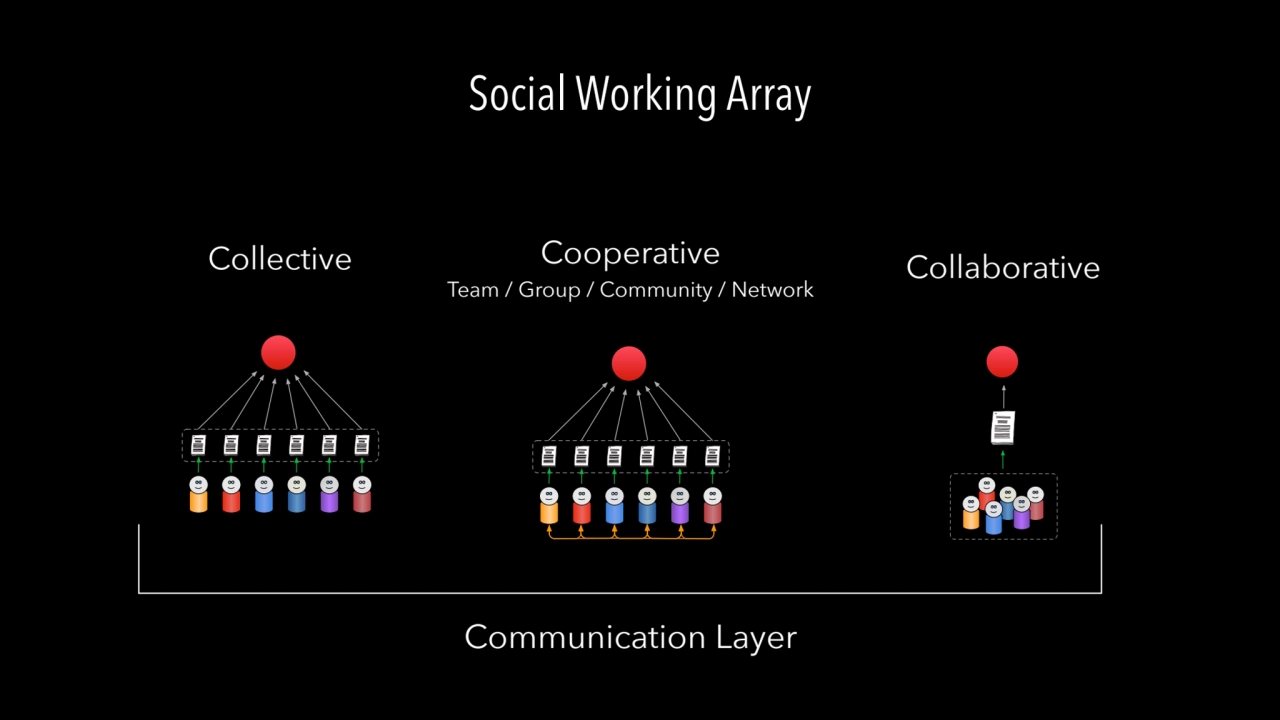
Loading...
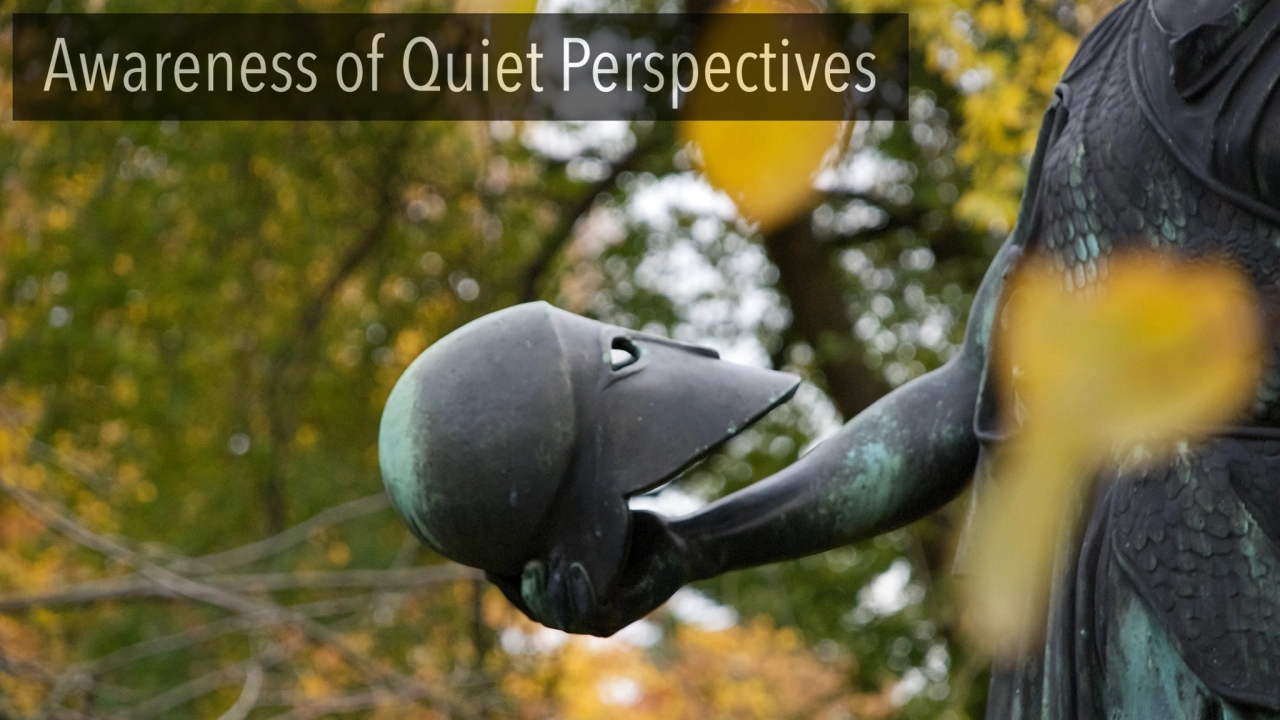
Loading...
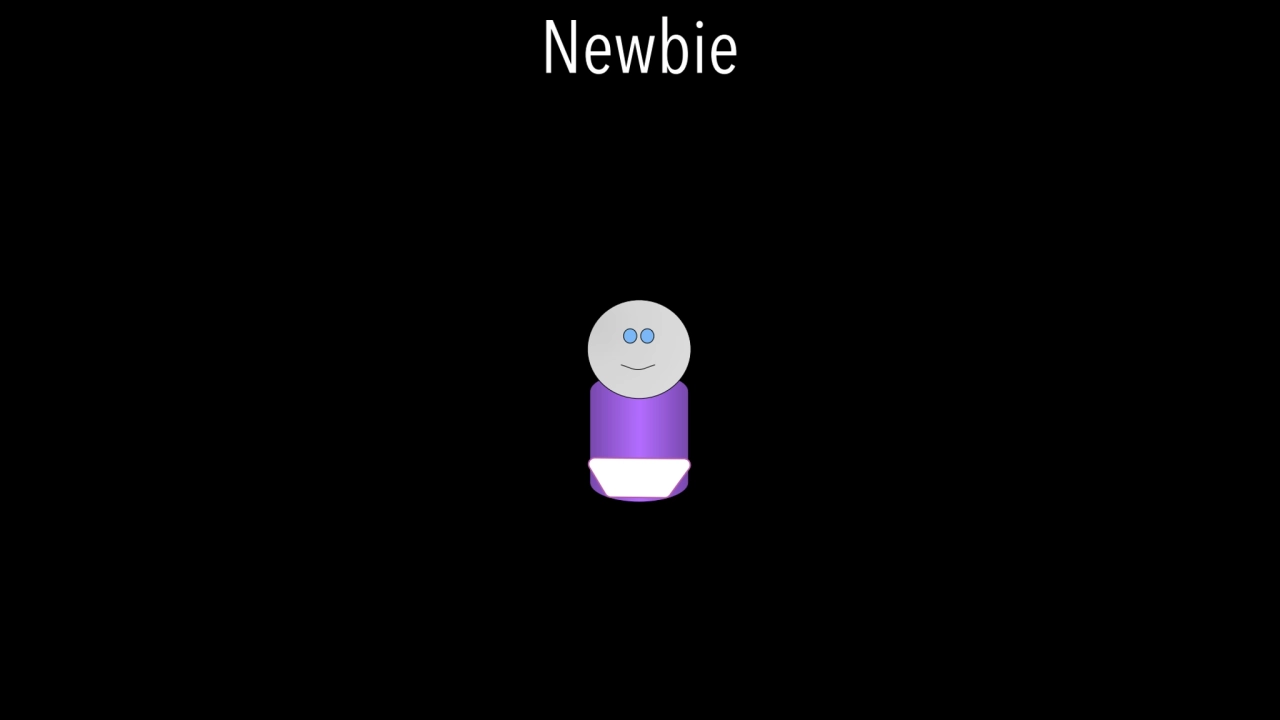
Loading...
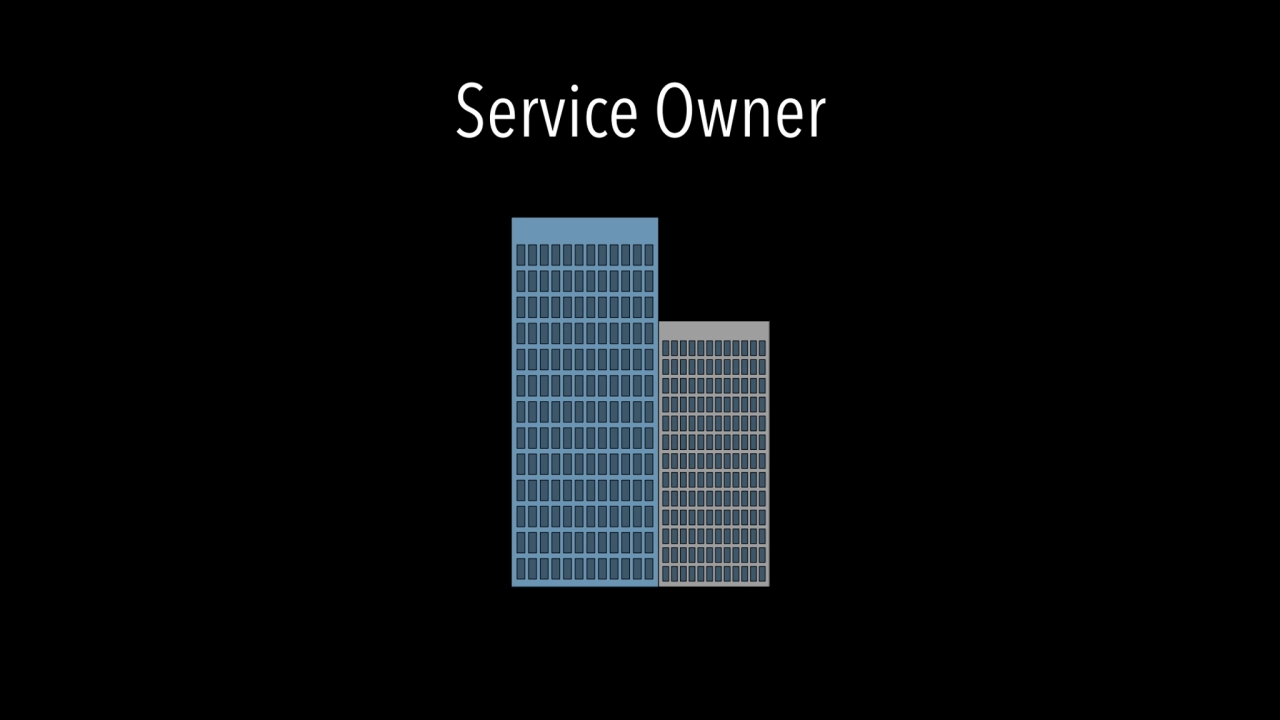
Loading...
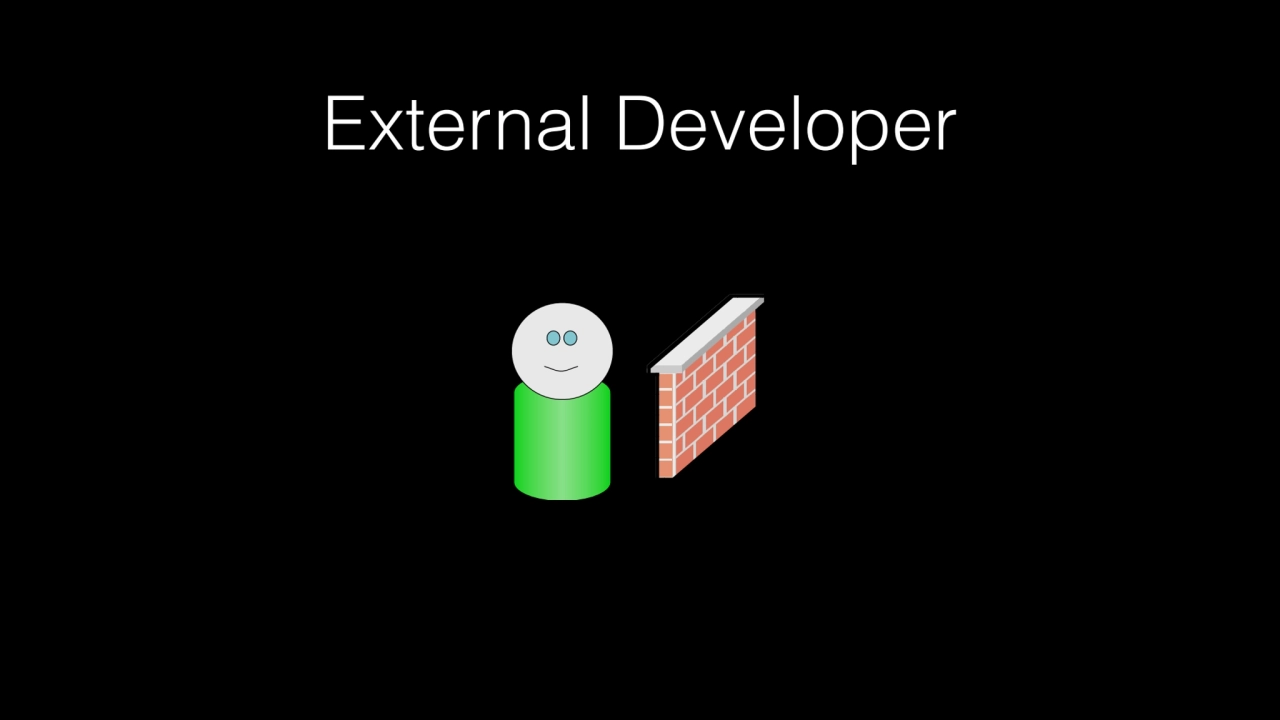
Loading...
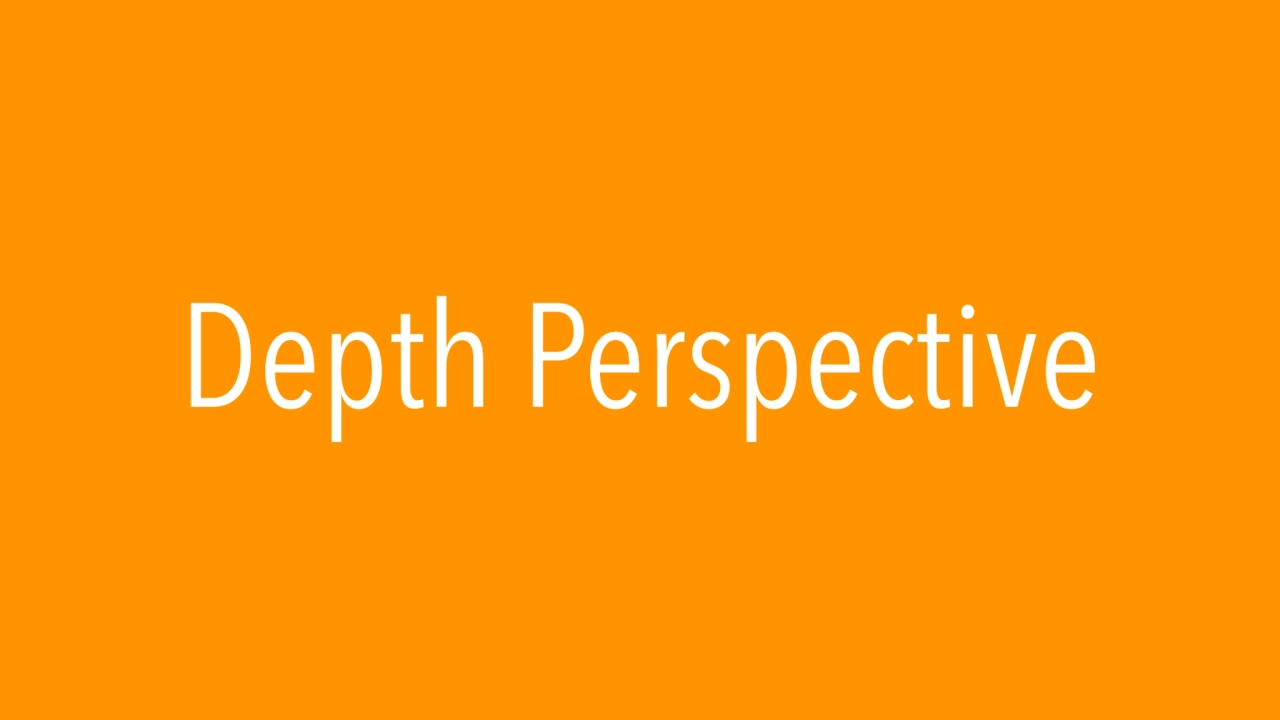
Loading...
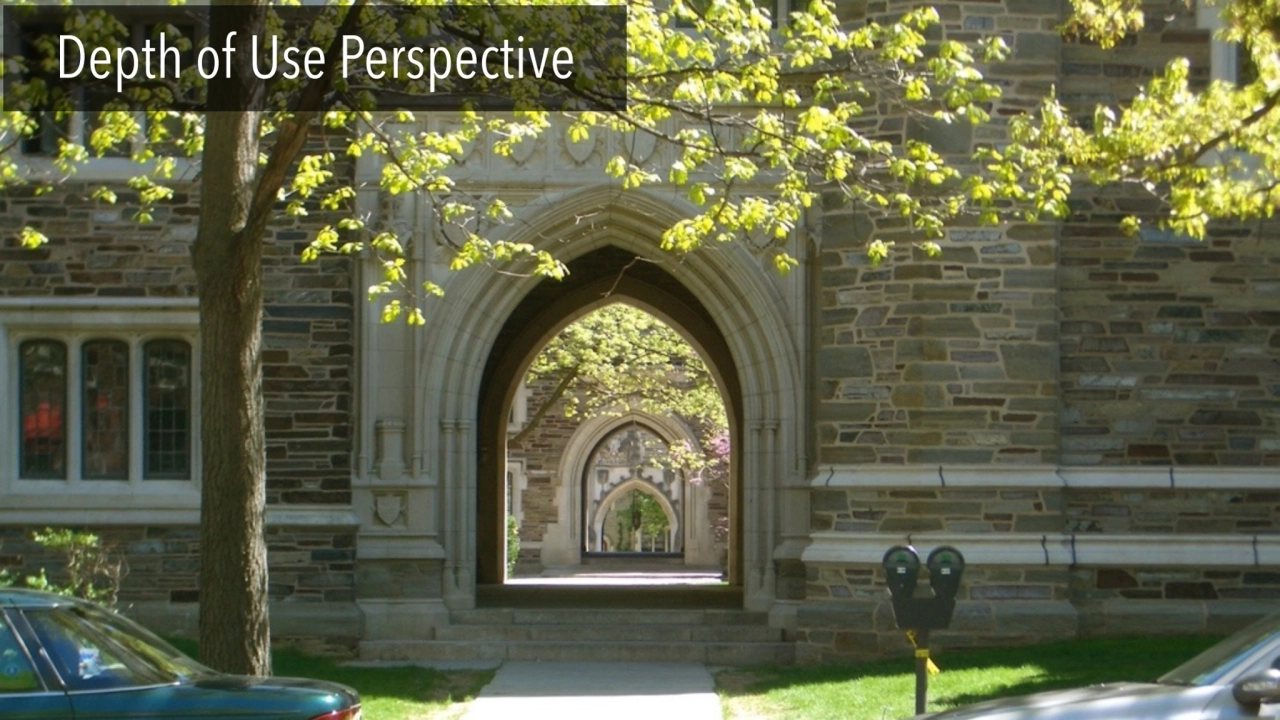
Loading...
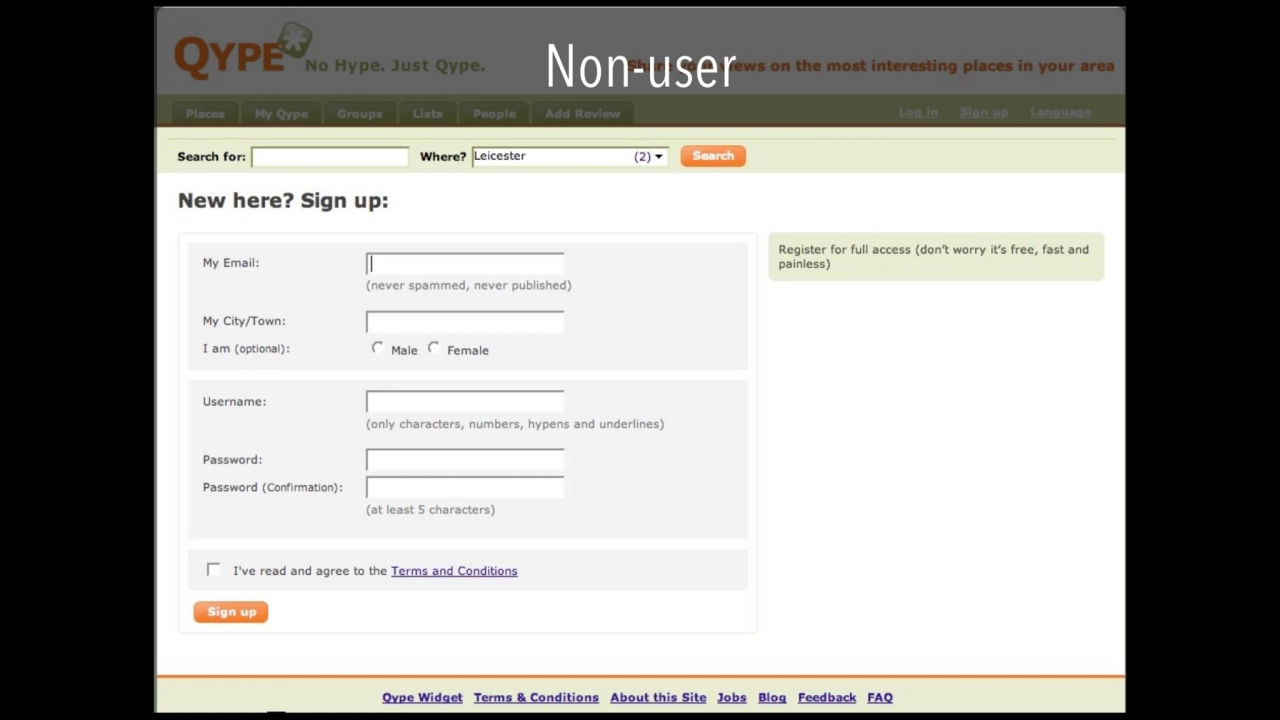
Loading...
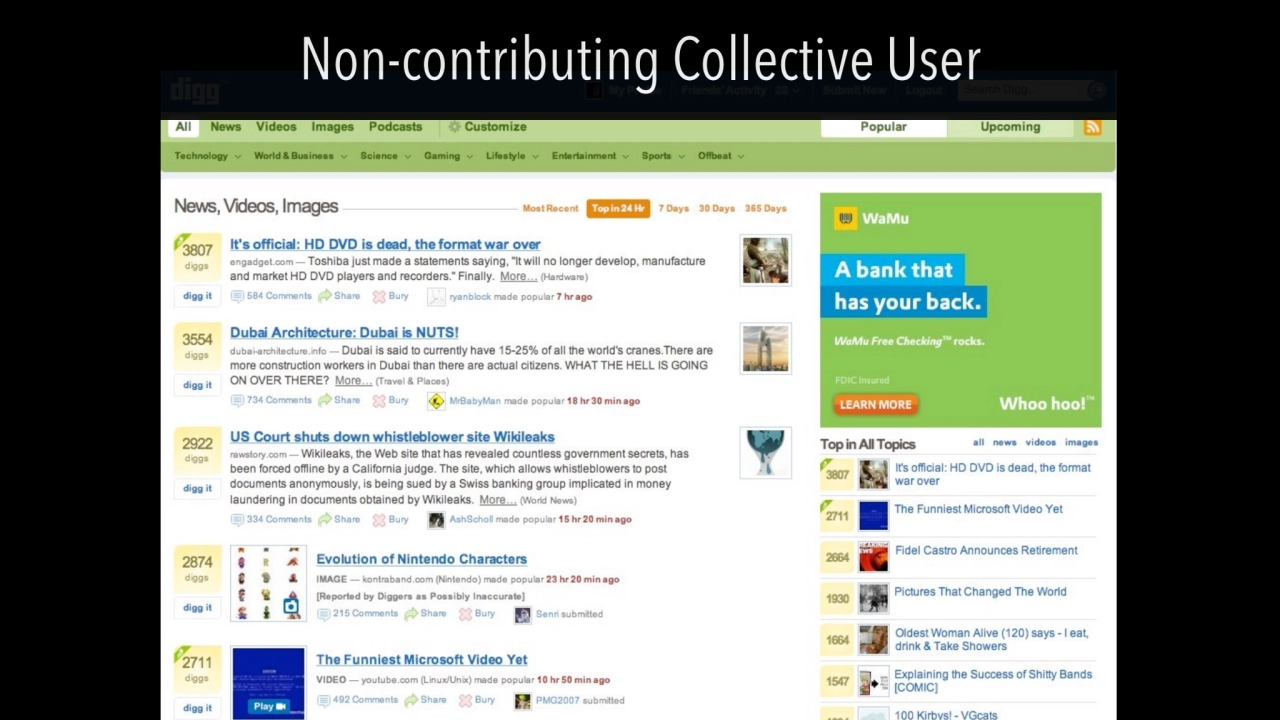
Loading...
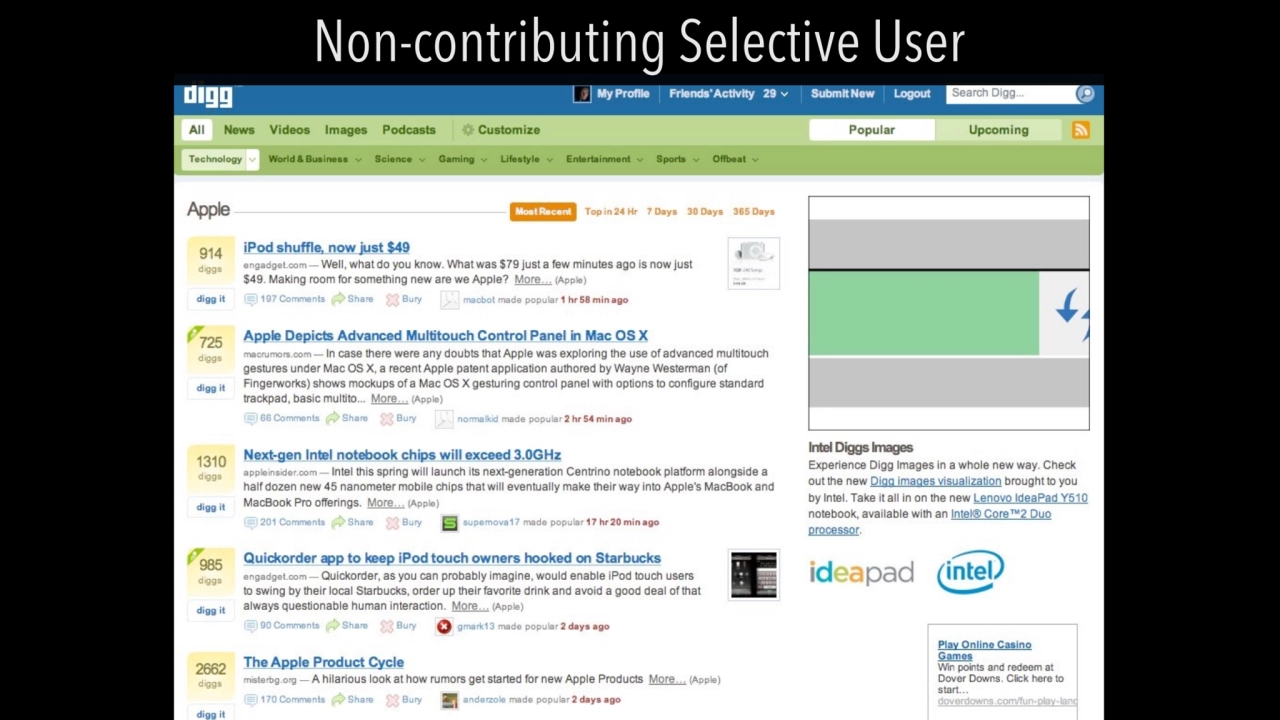
Loading...
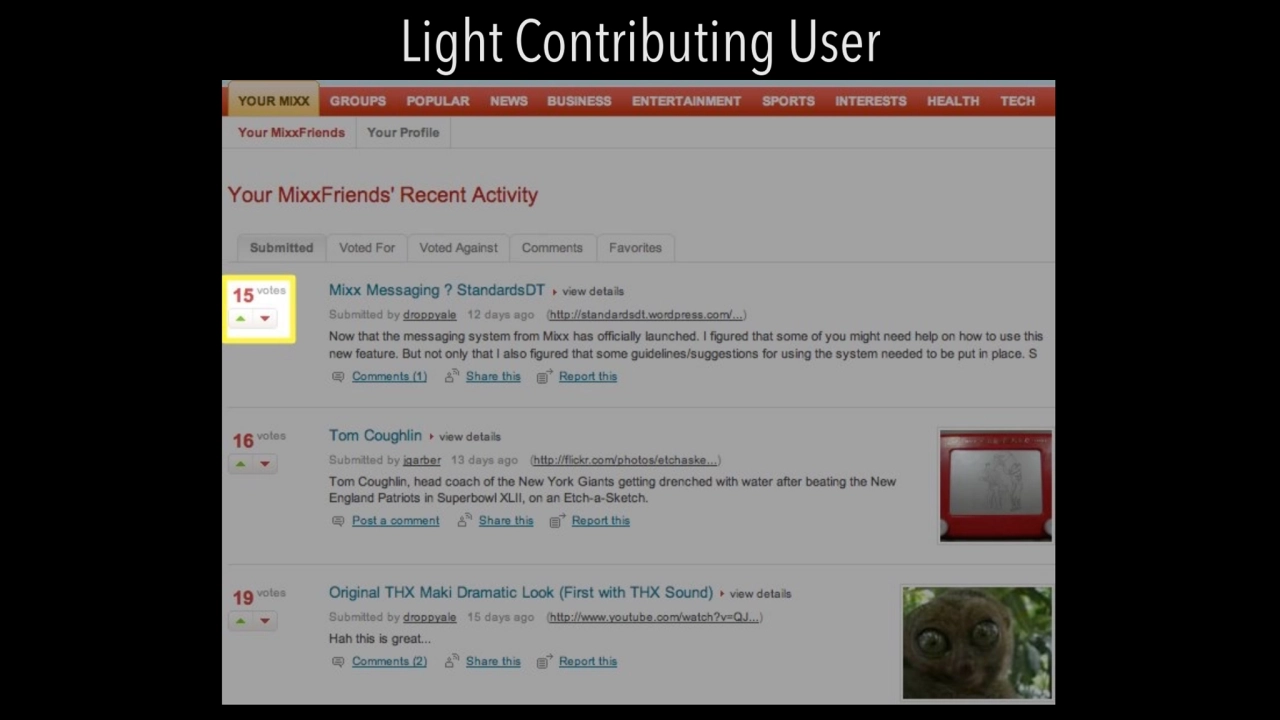
Loading...
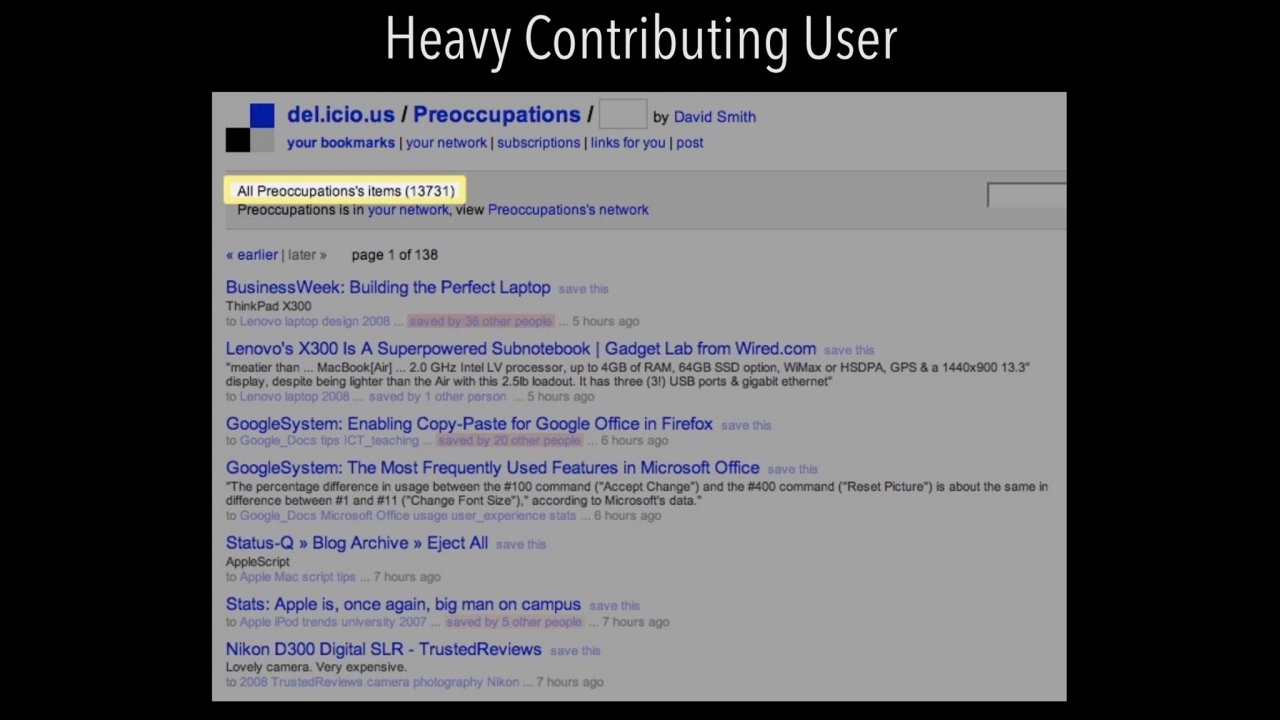
Loading...
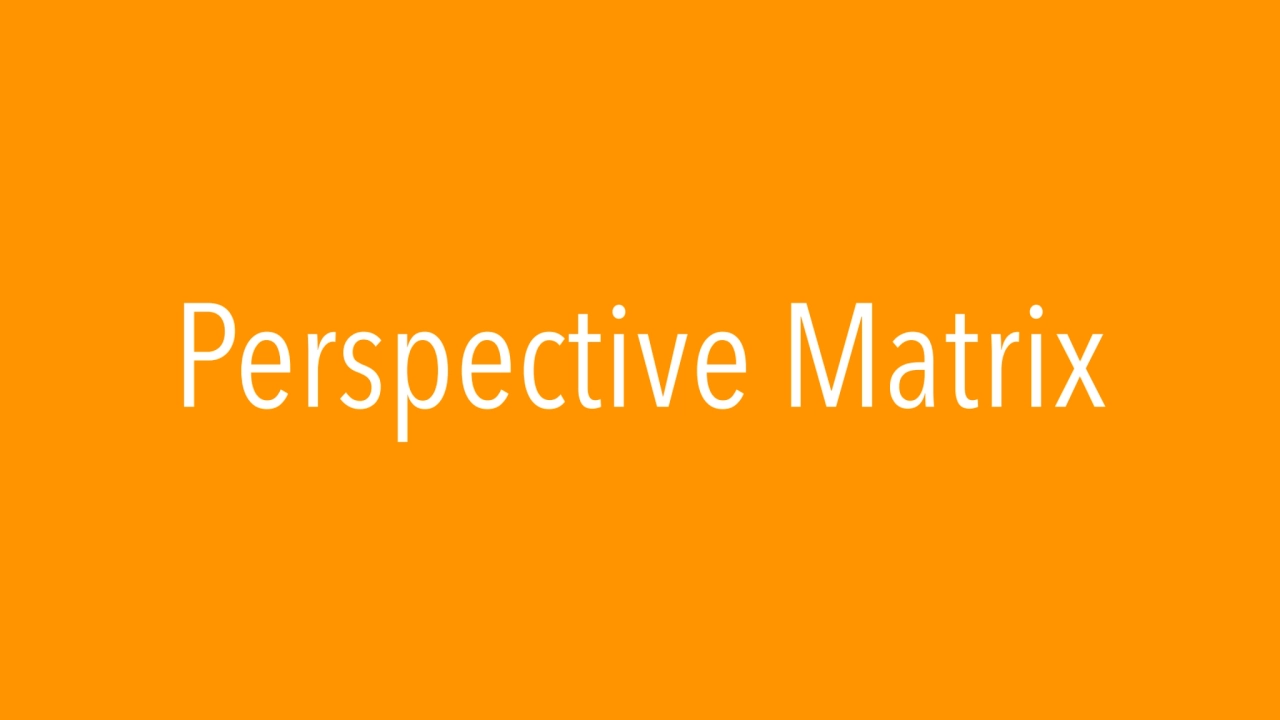
Loading...
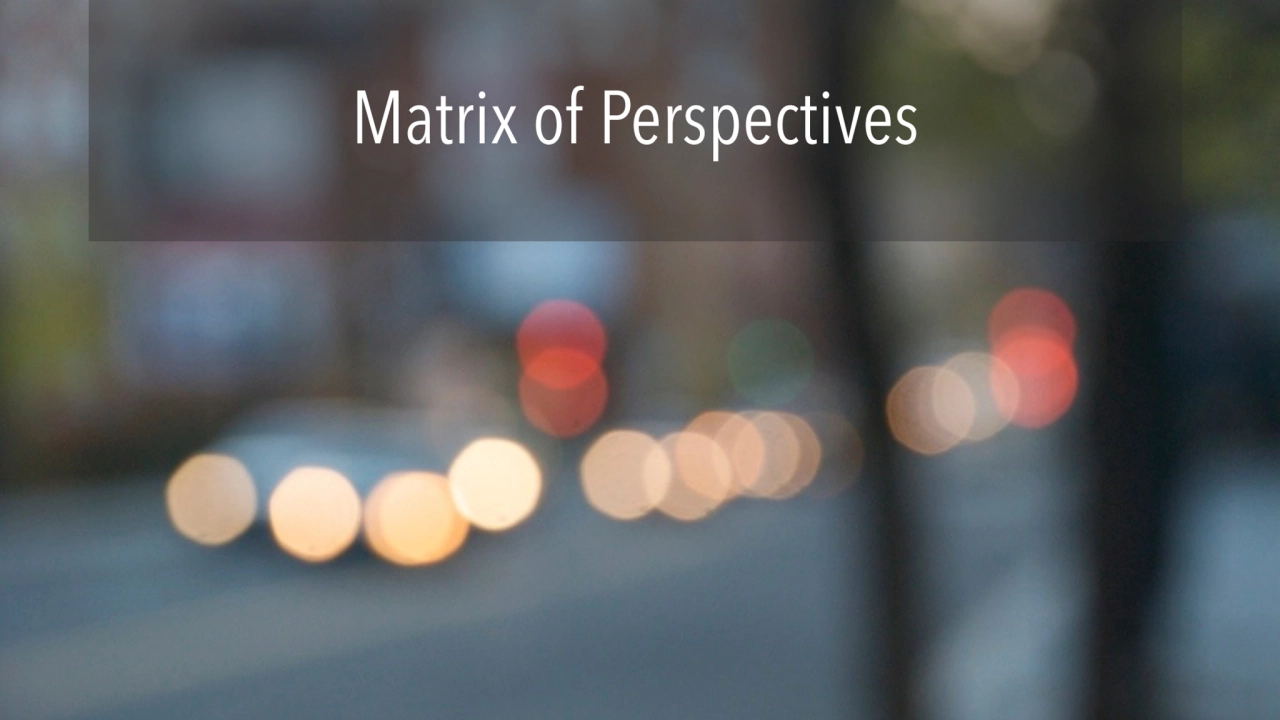
Loading...
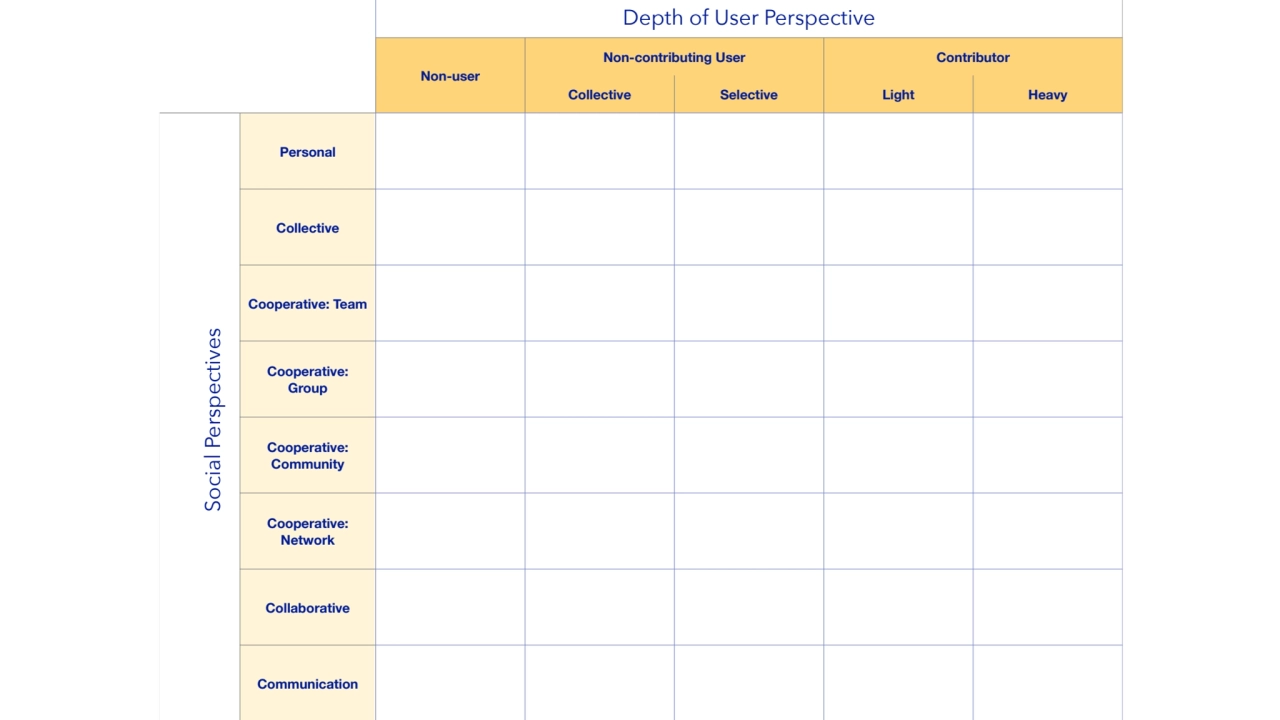
Loading...
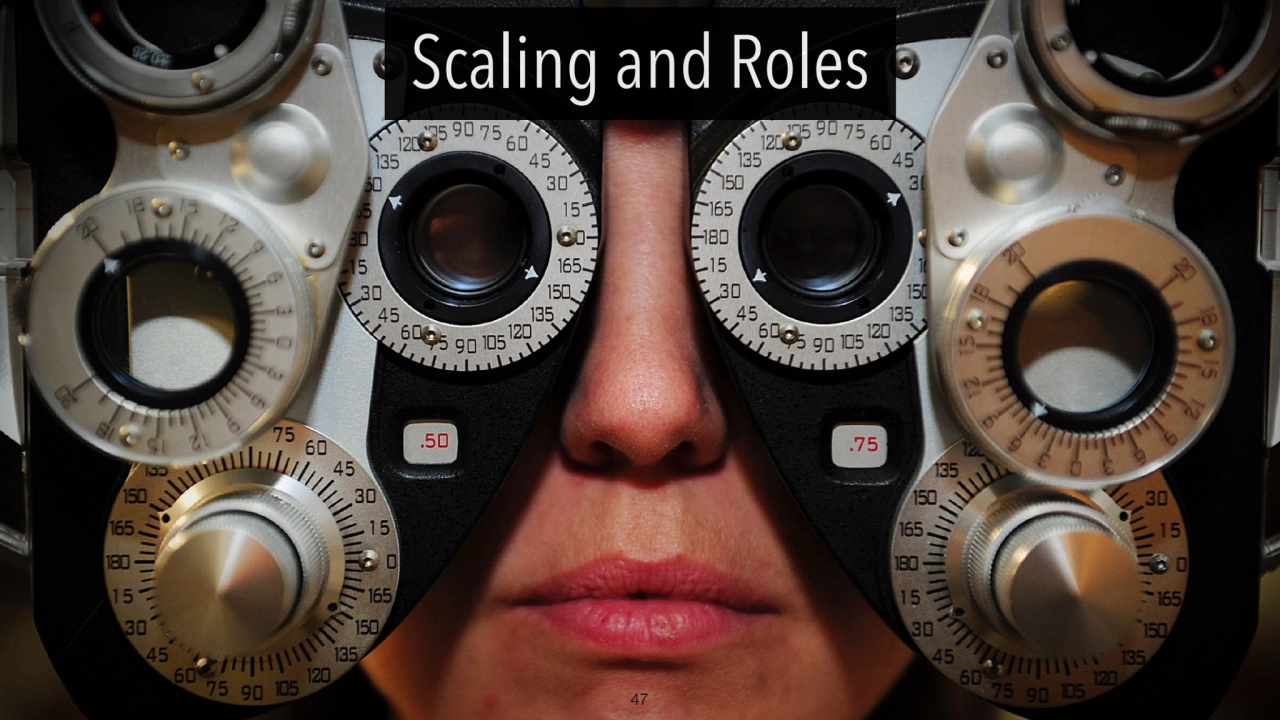
Loading...

Loading...
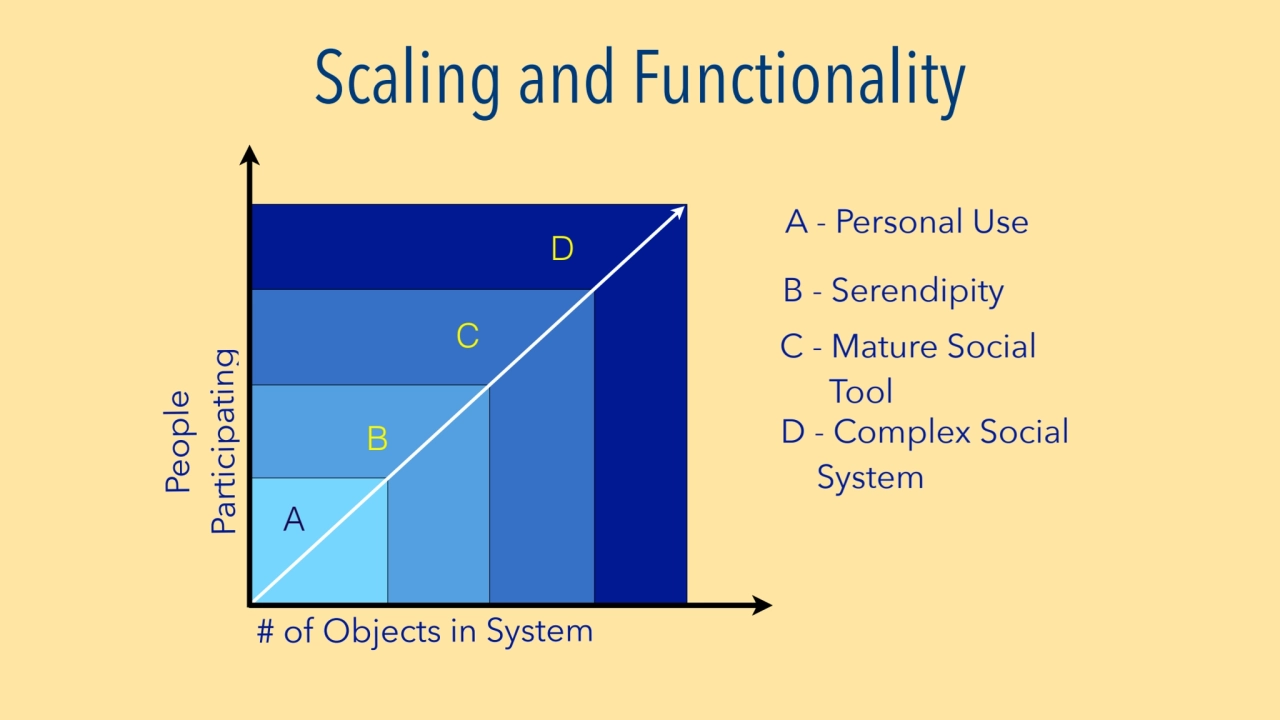
Loading...
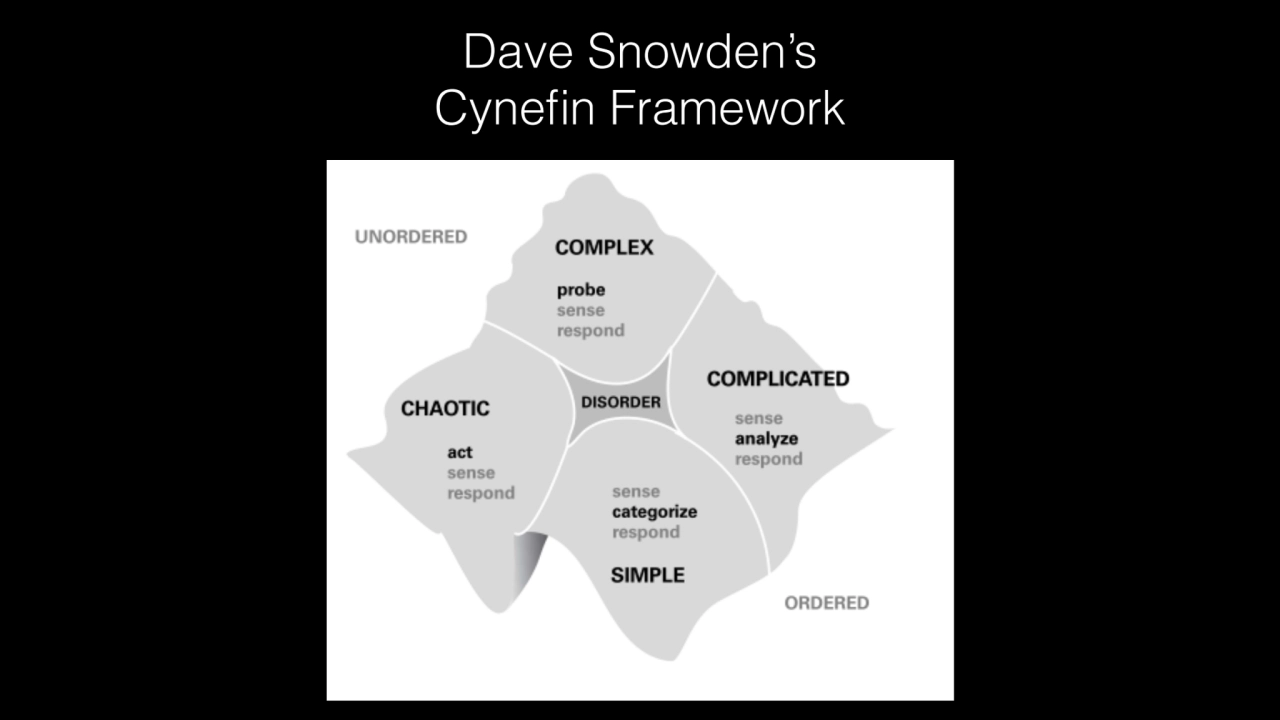
Loading...
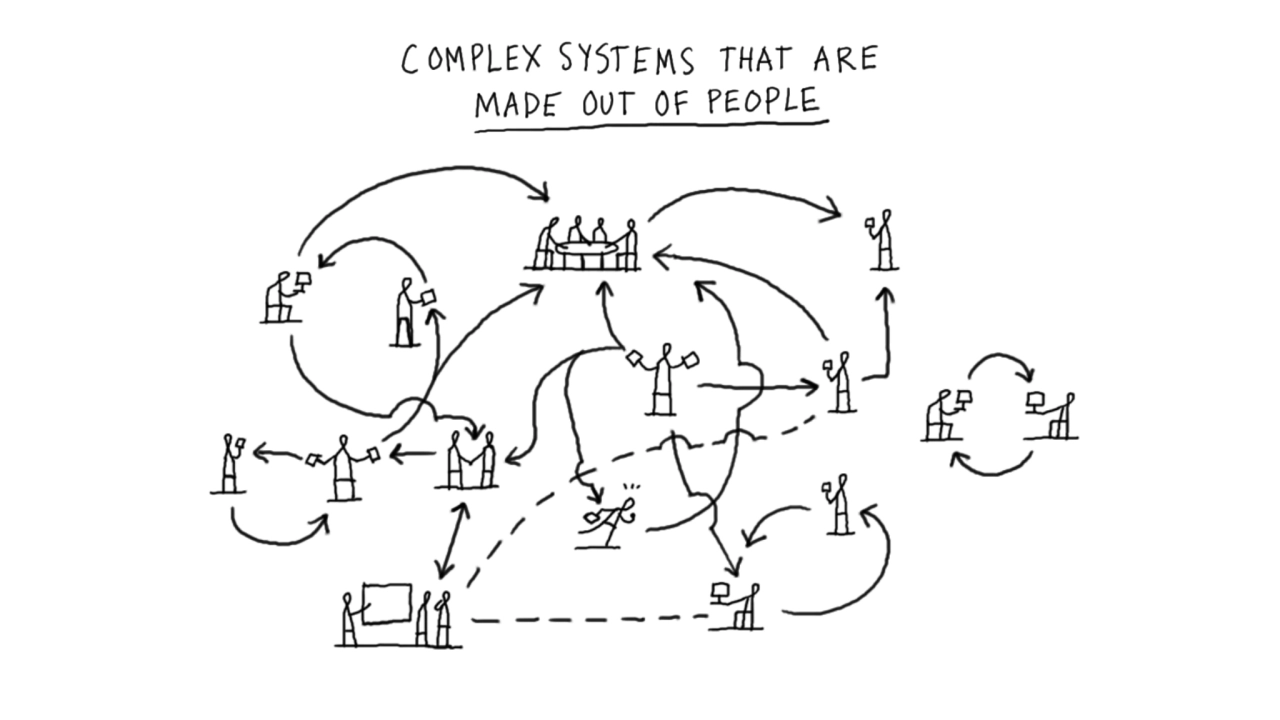
Loading...
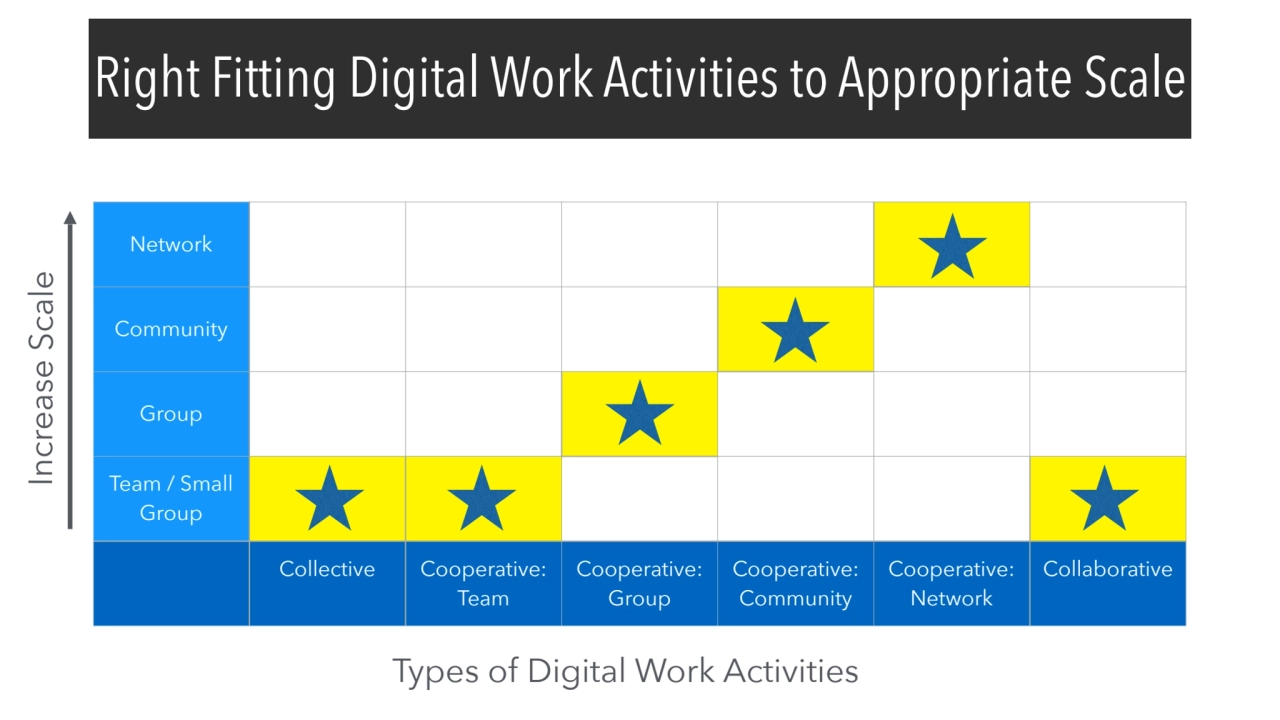
Loading...
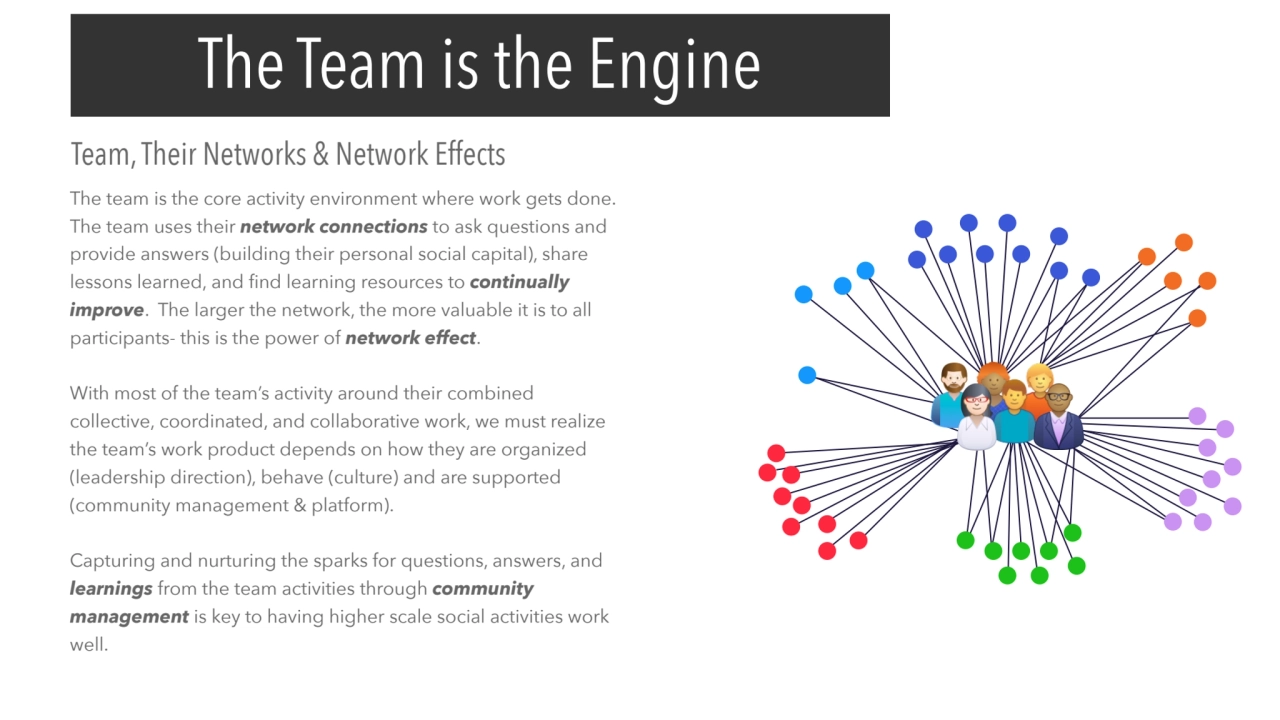
Loading...
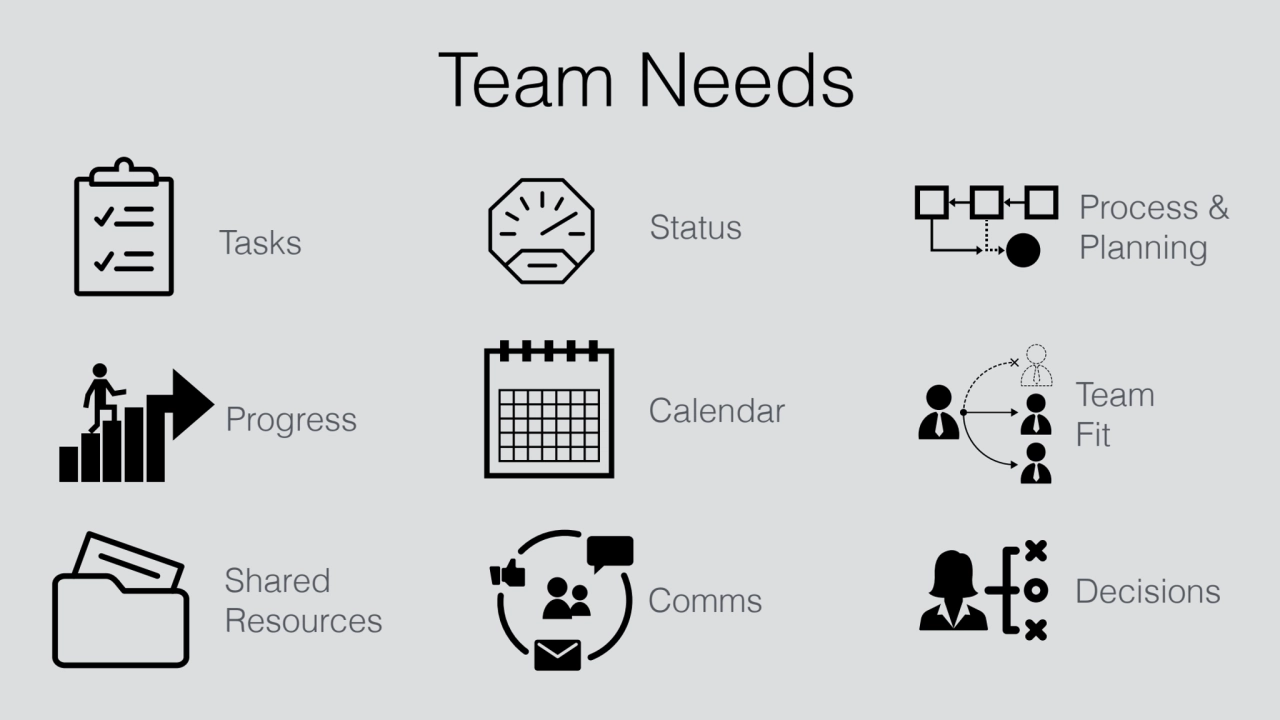
Loading...
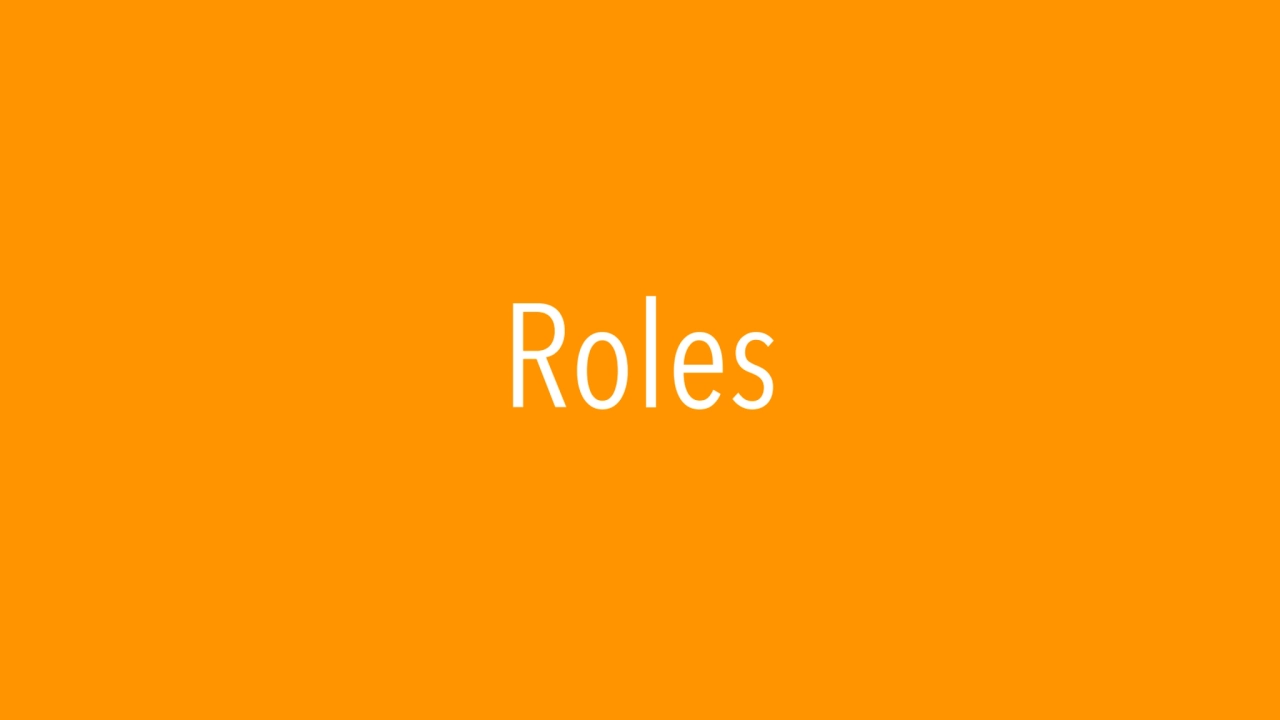
Loading...

Loading...
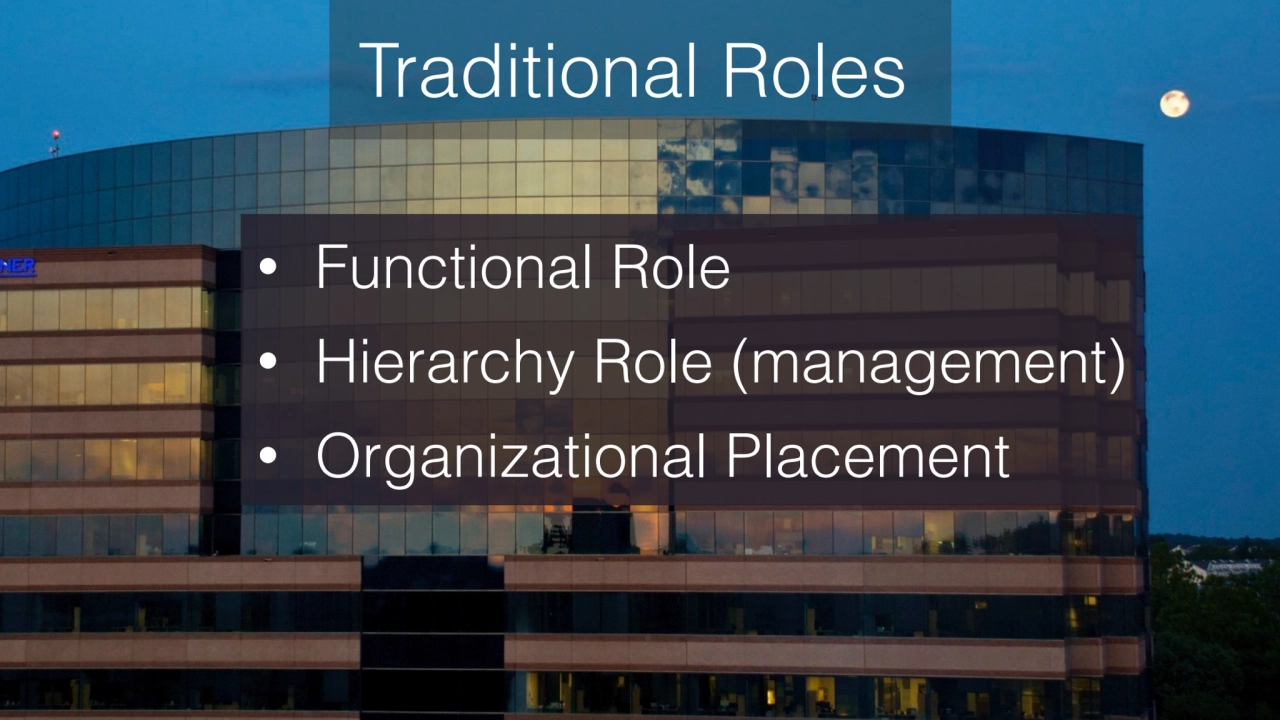
Loading...

Loading...
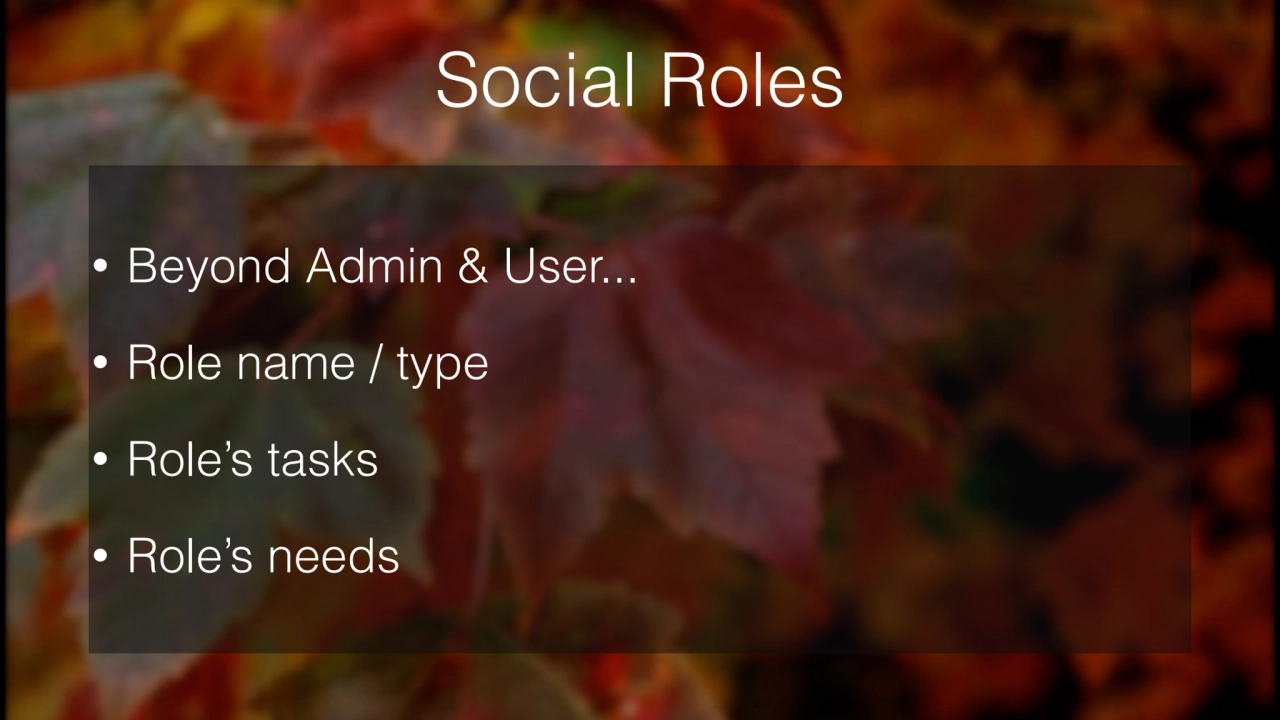
Loading...
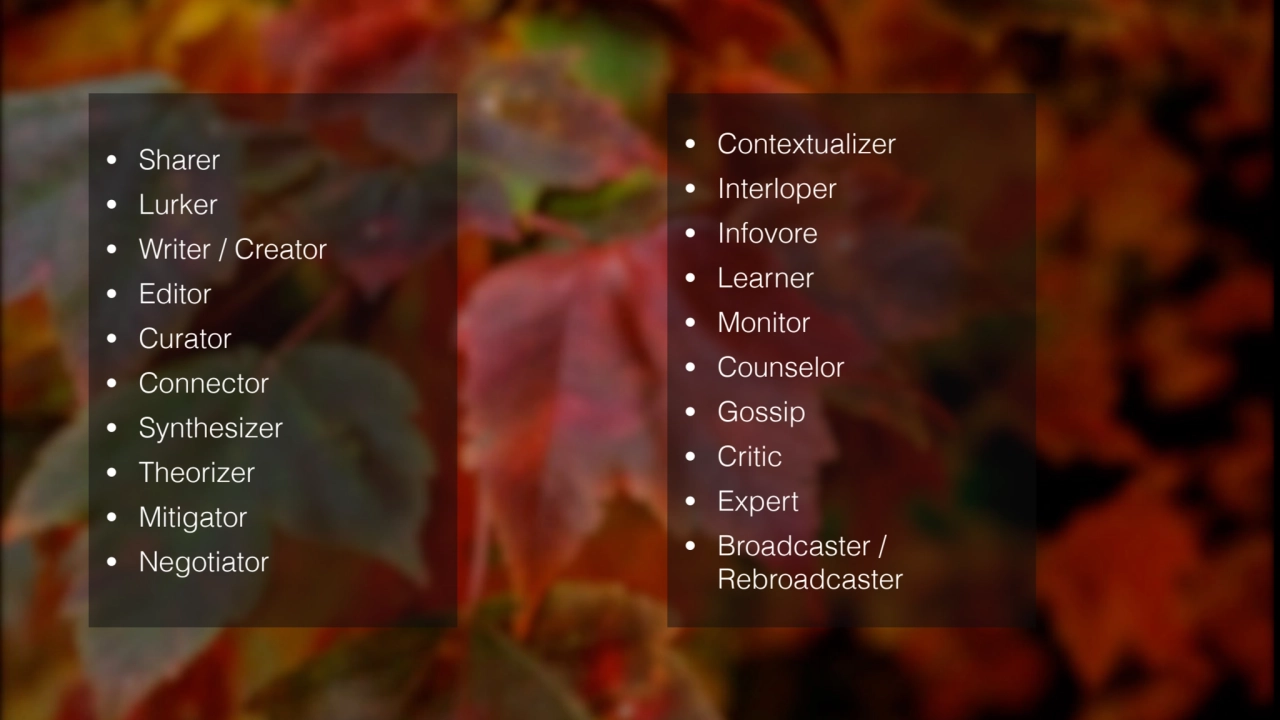
Loading...
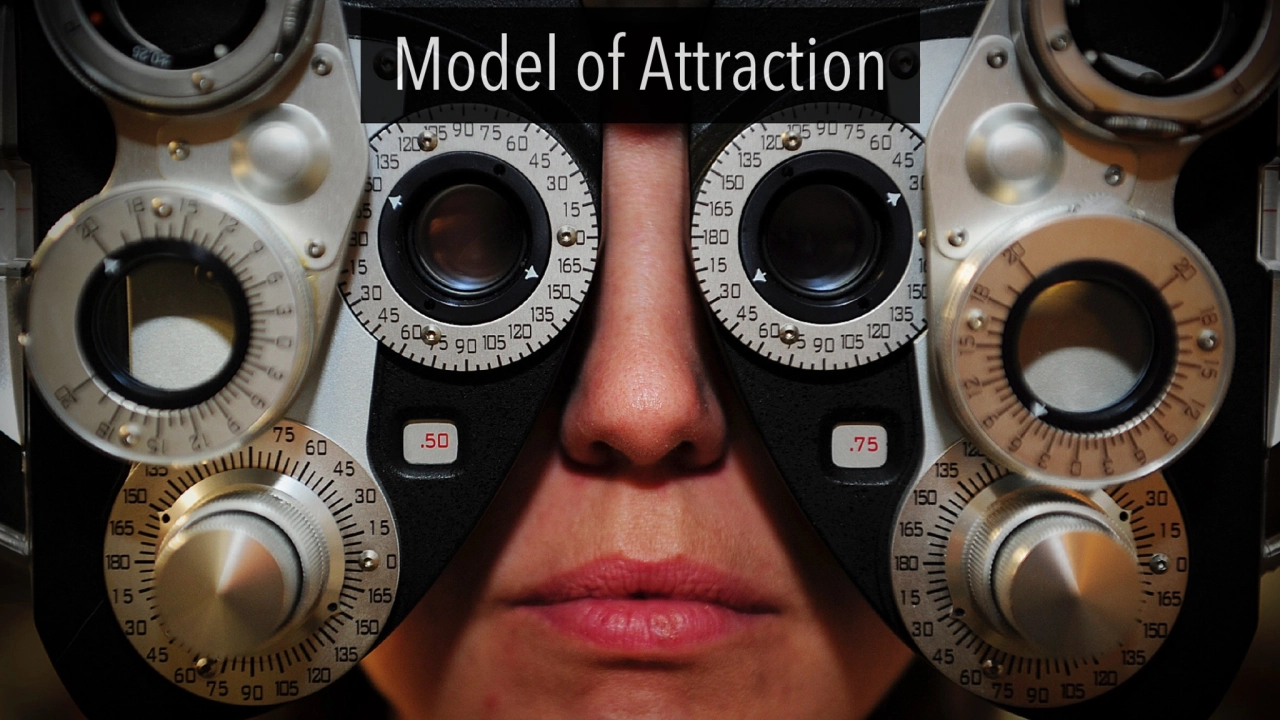
Loading...
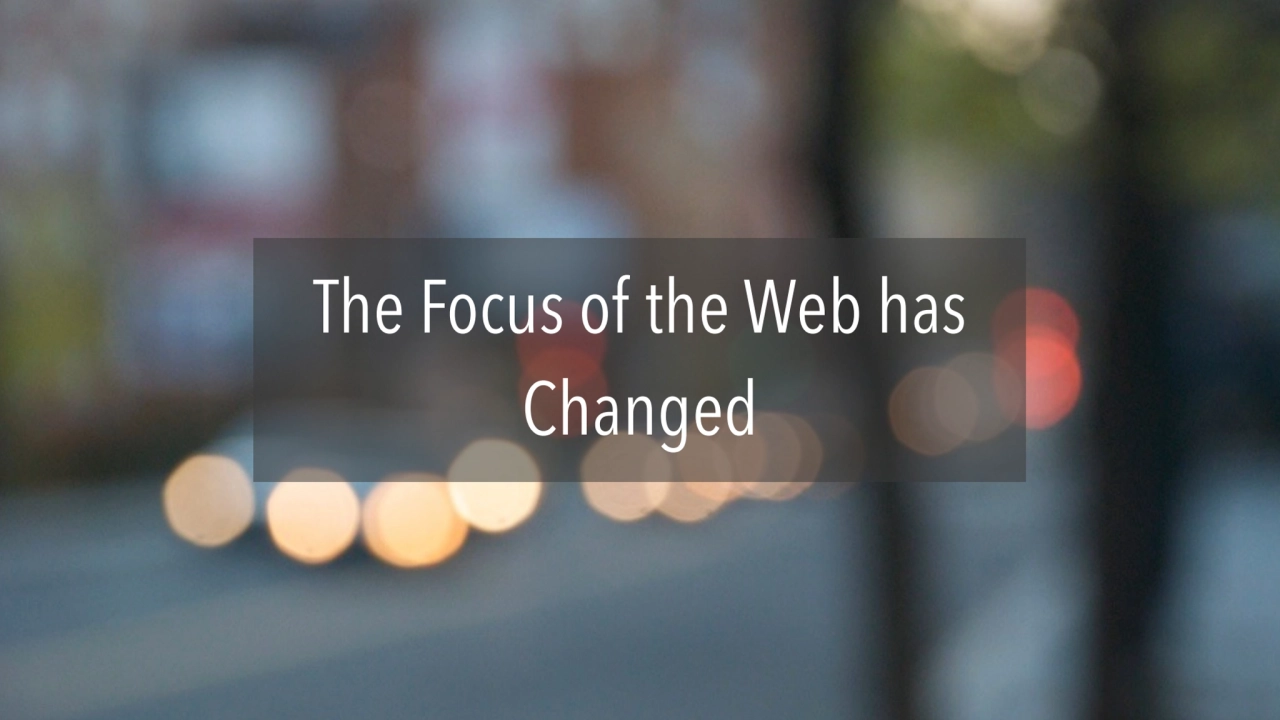
Loading...

Loading...
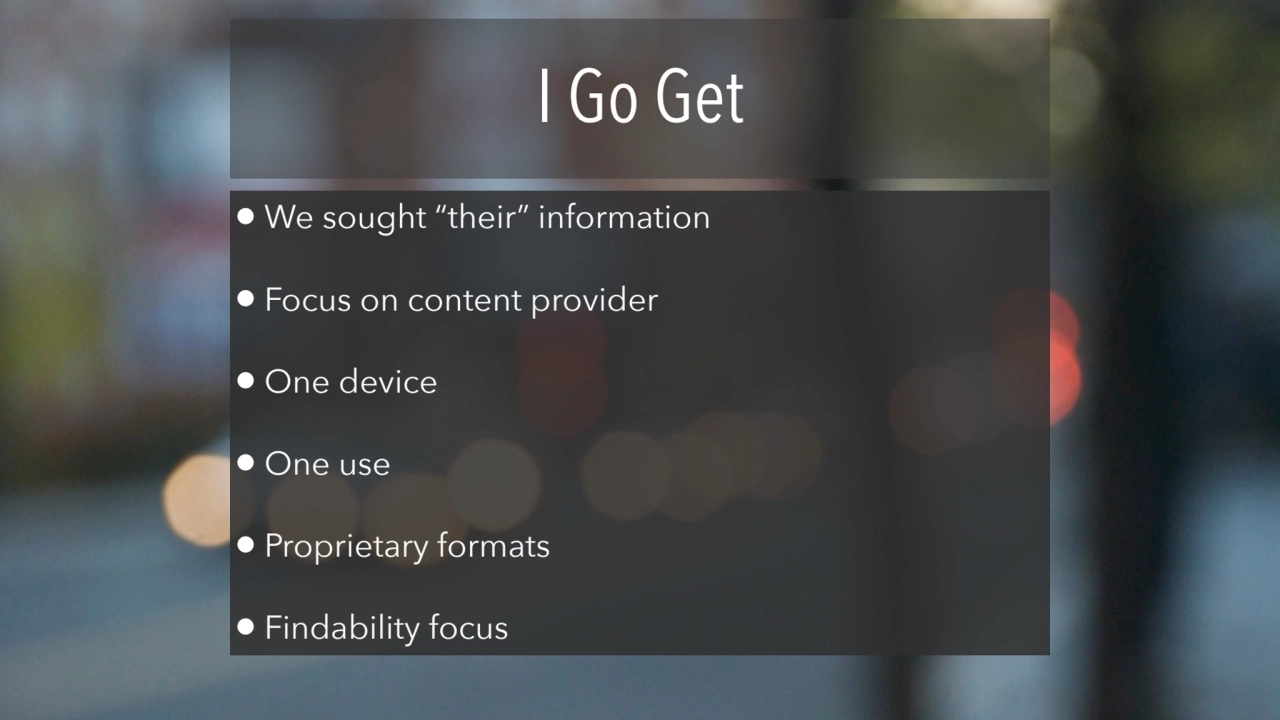
Loading...

Loading...
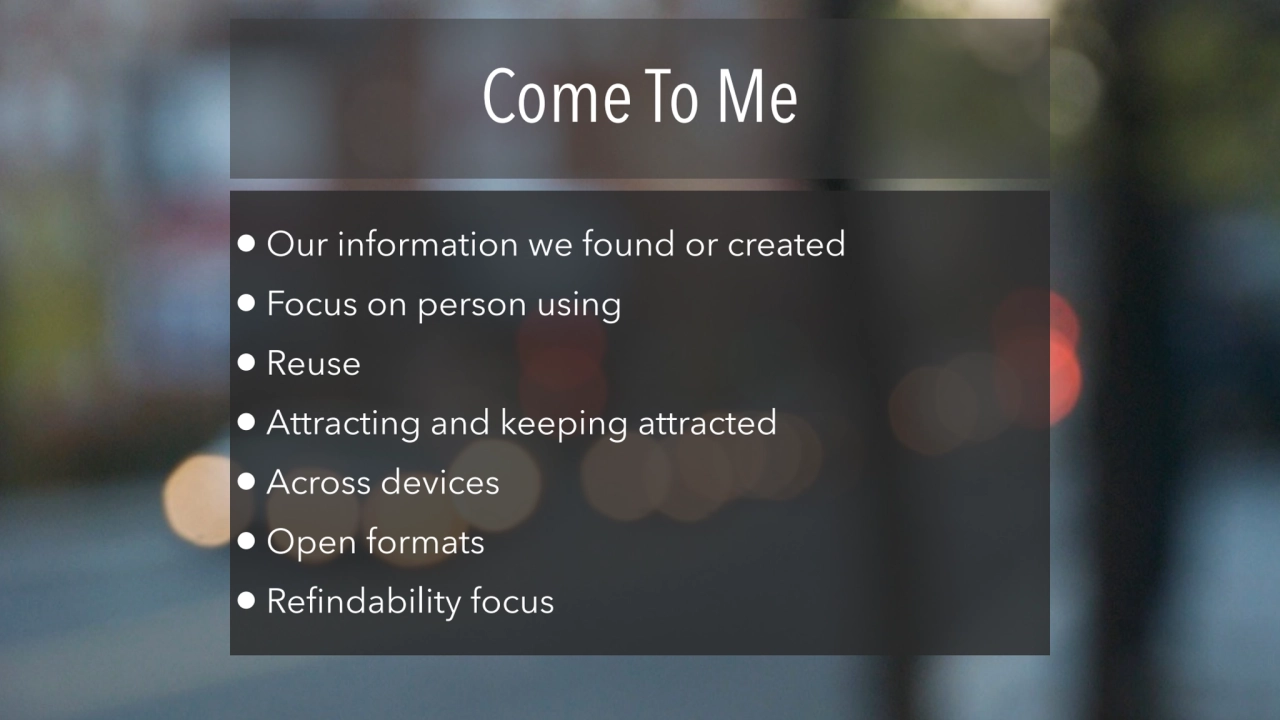
Loading...
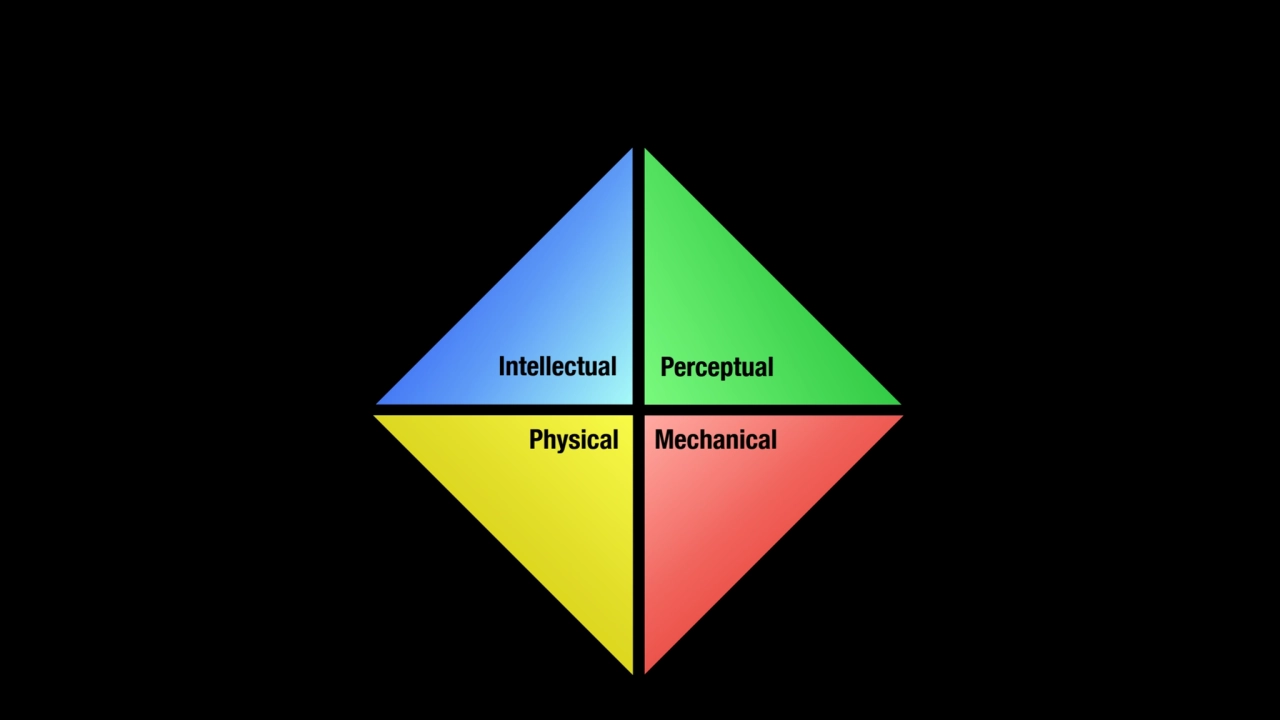
Loading...
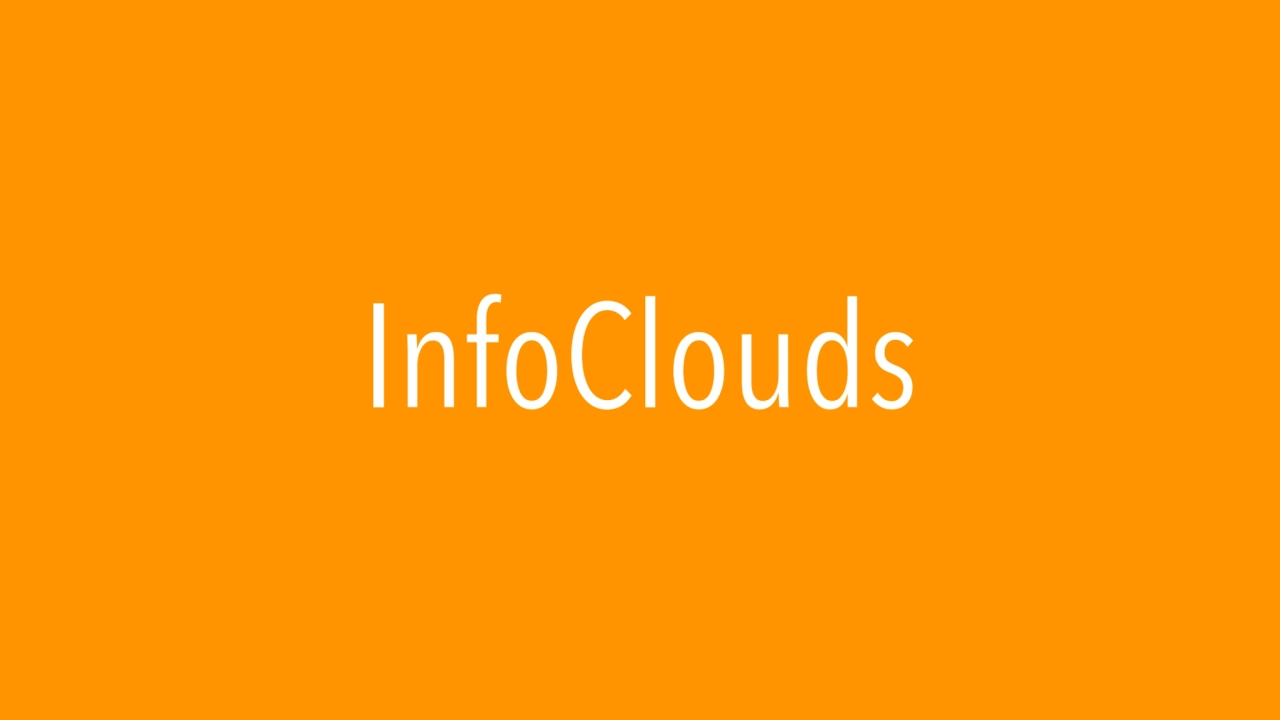
Loading...
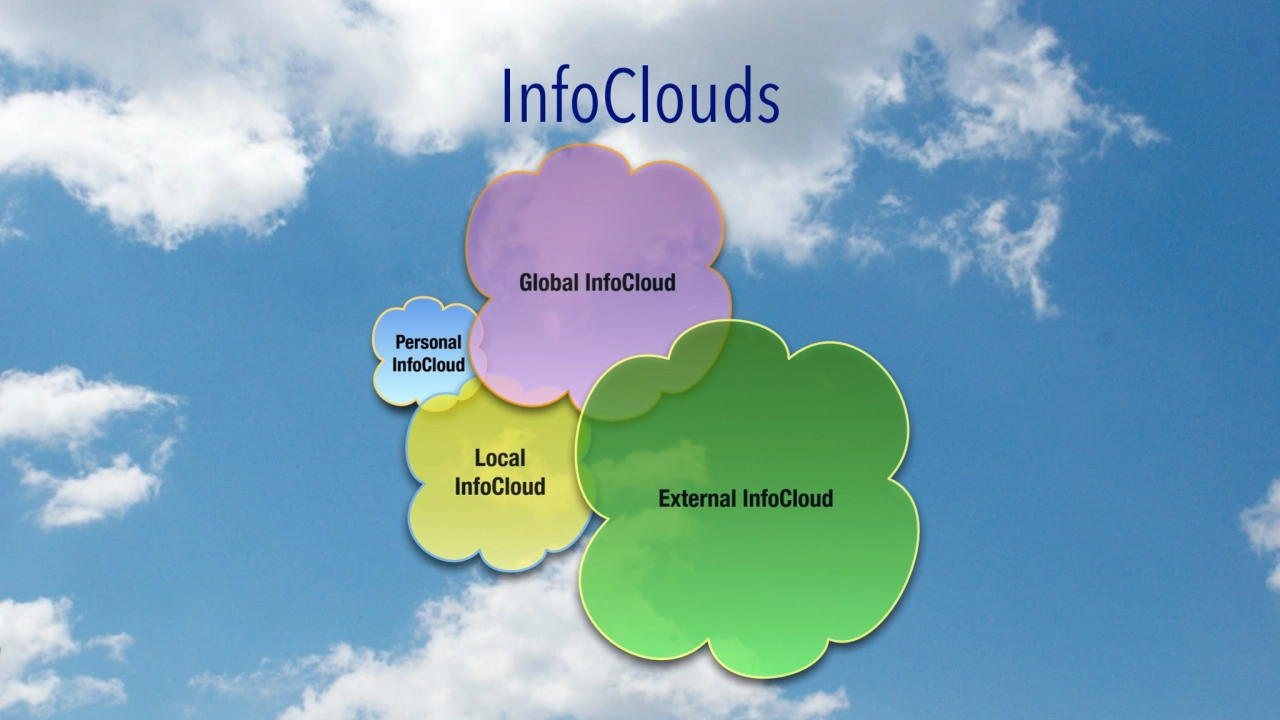
Loading...
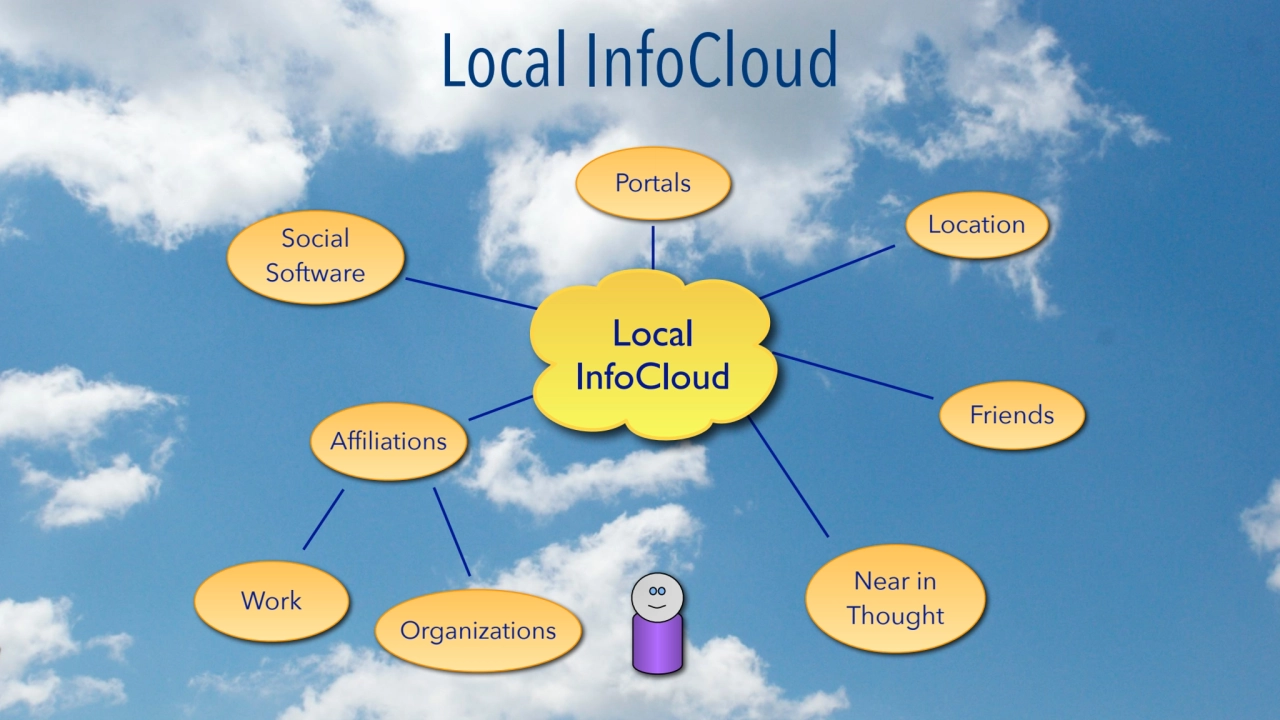
Loading...
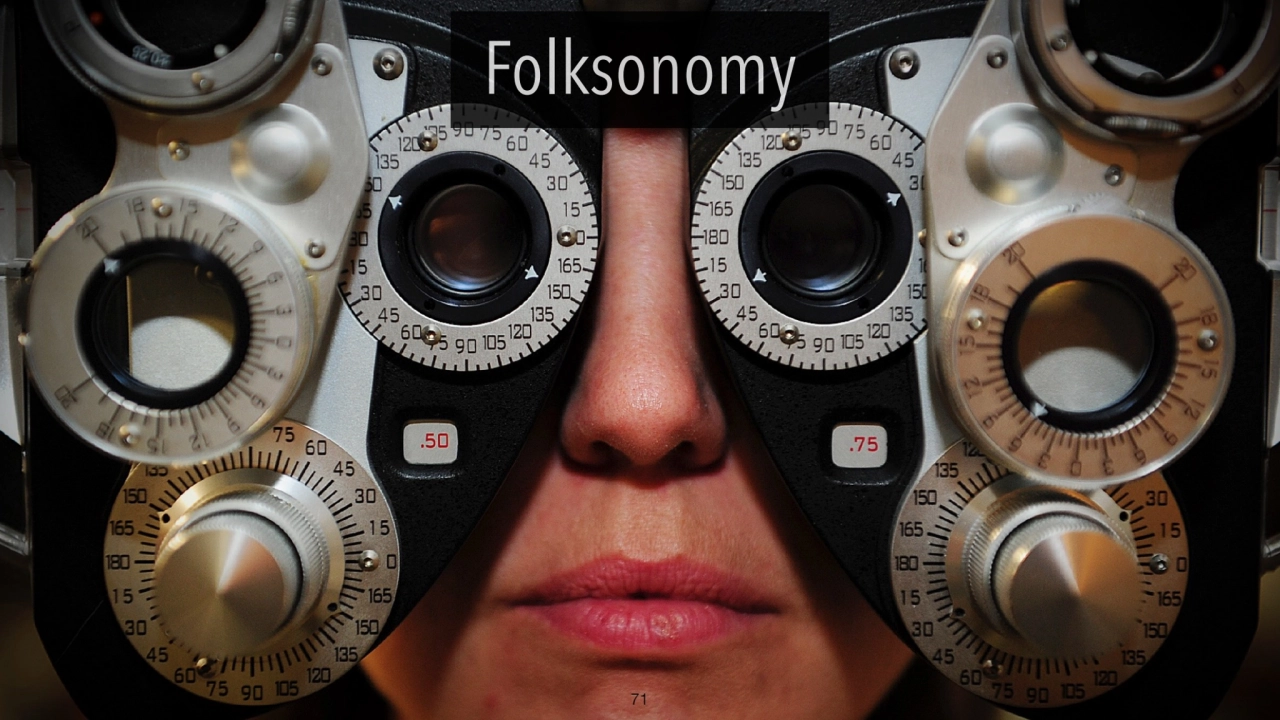
Loading...
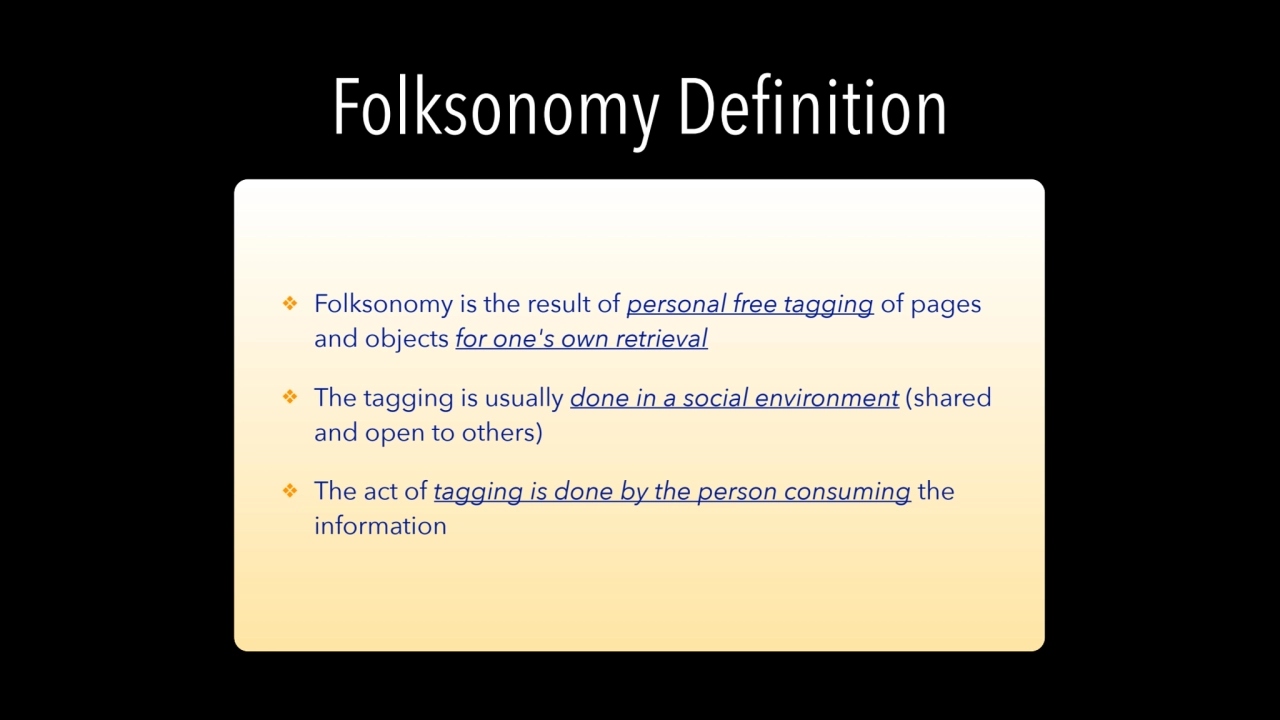
Loading...
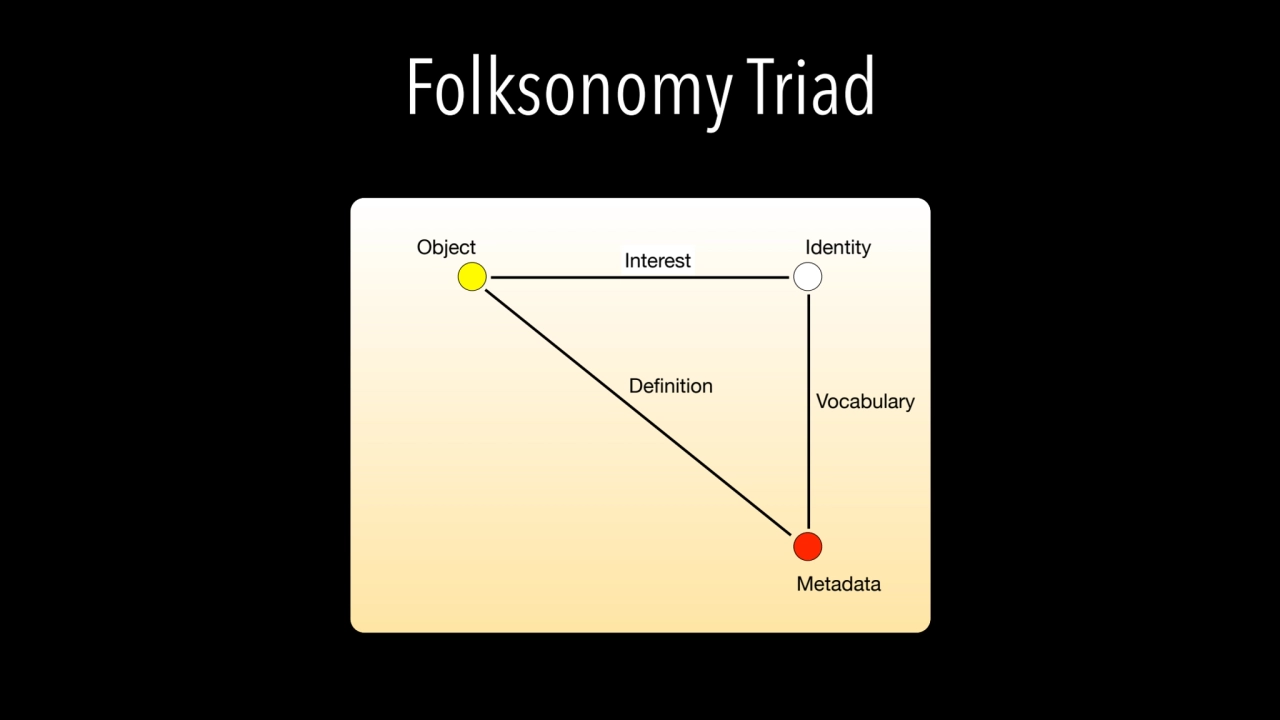
Loading...
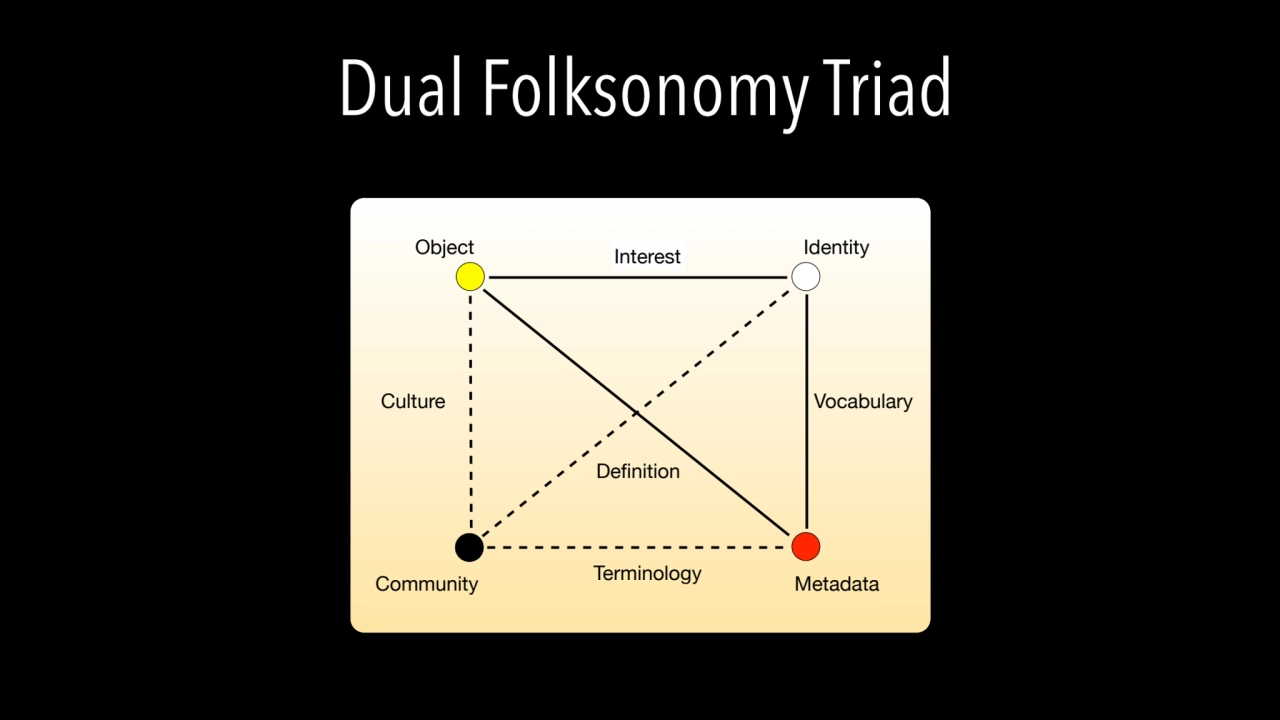
Loading...
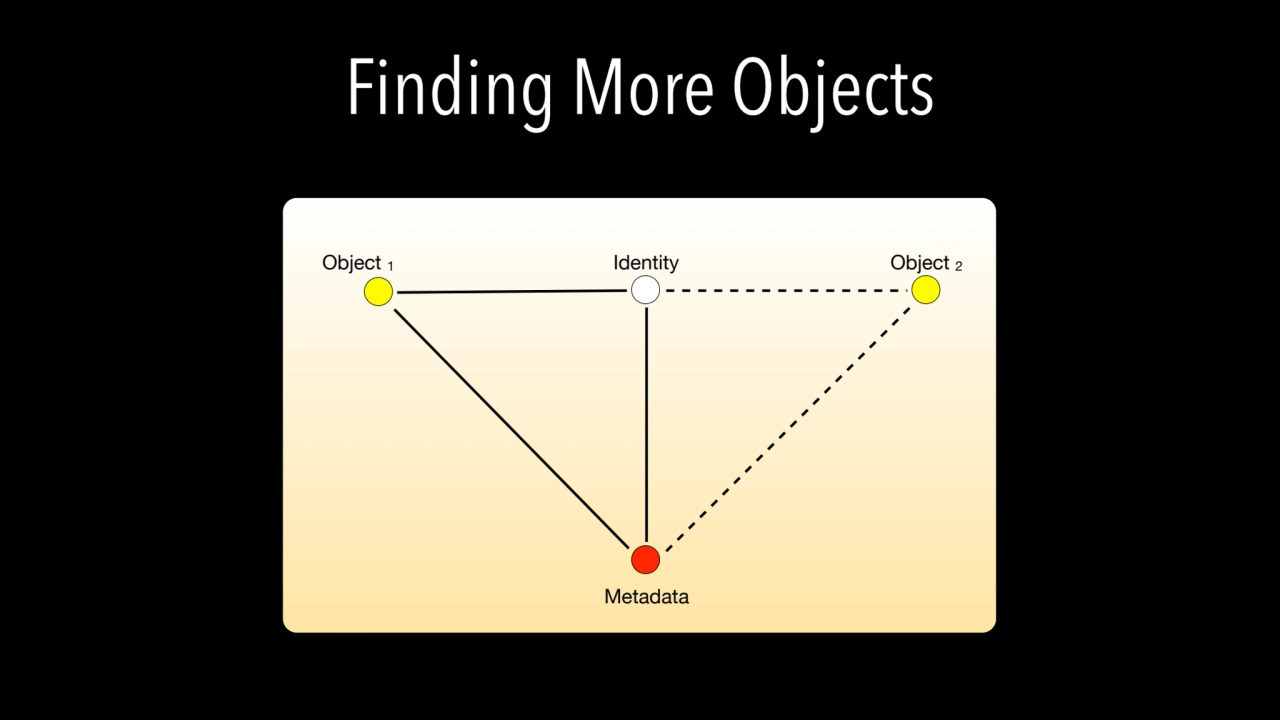
Loading...
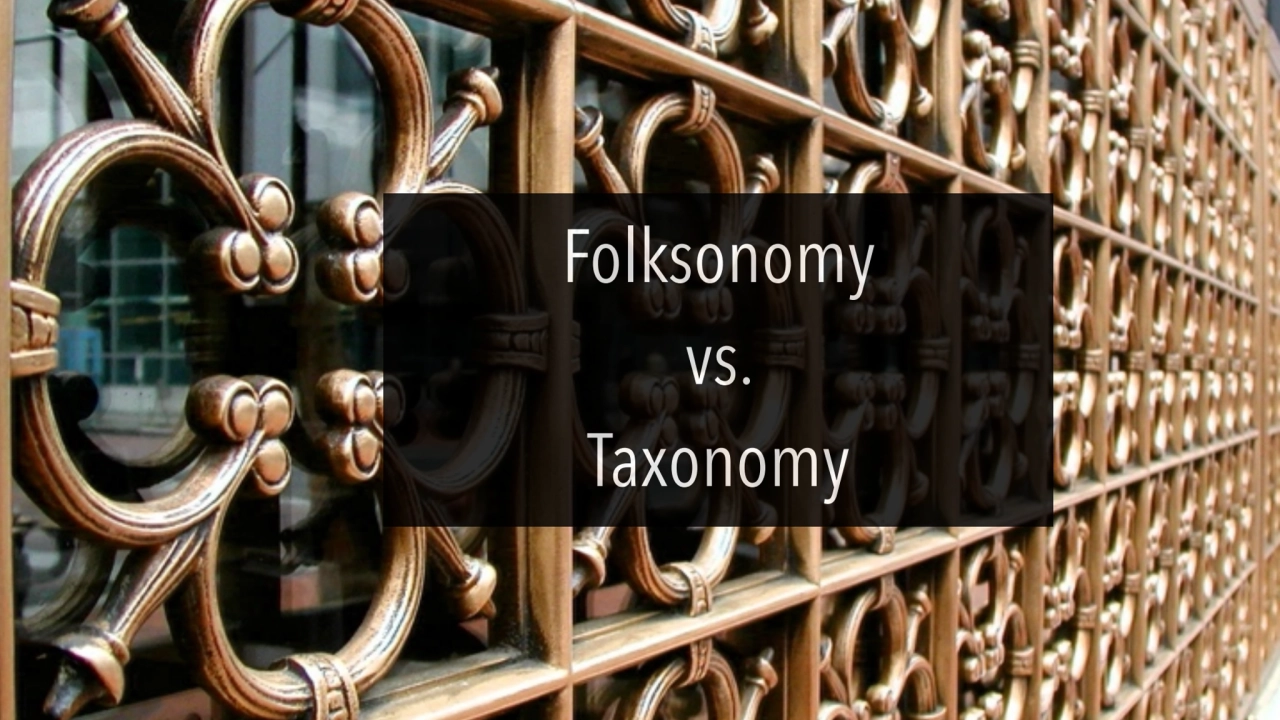
Loading...
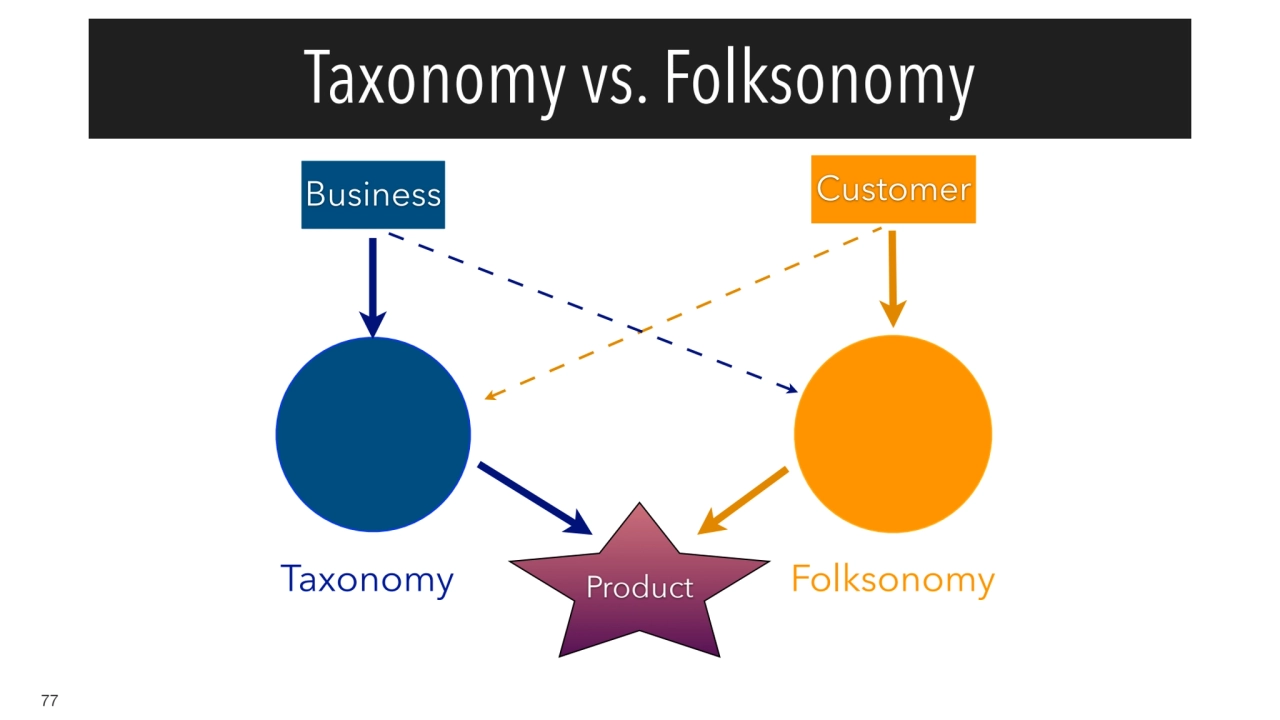
Loading...
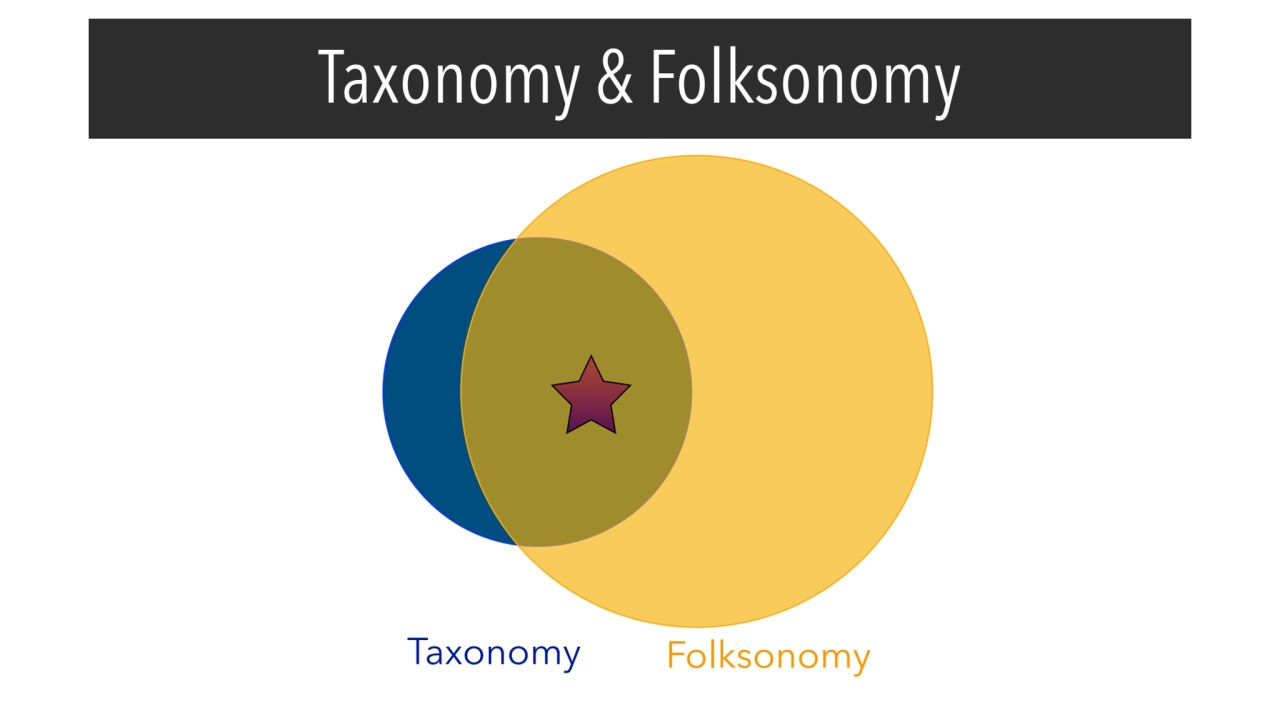
Loading...
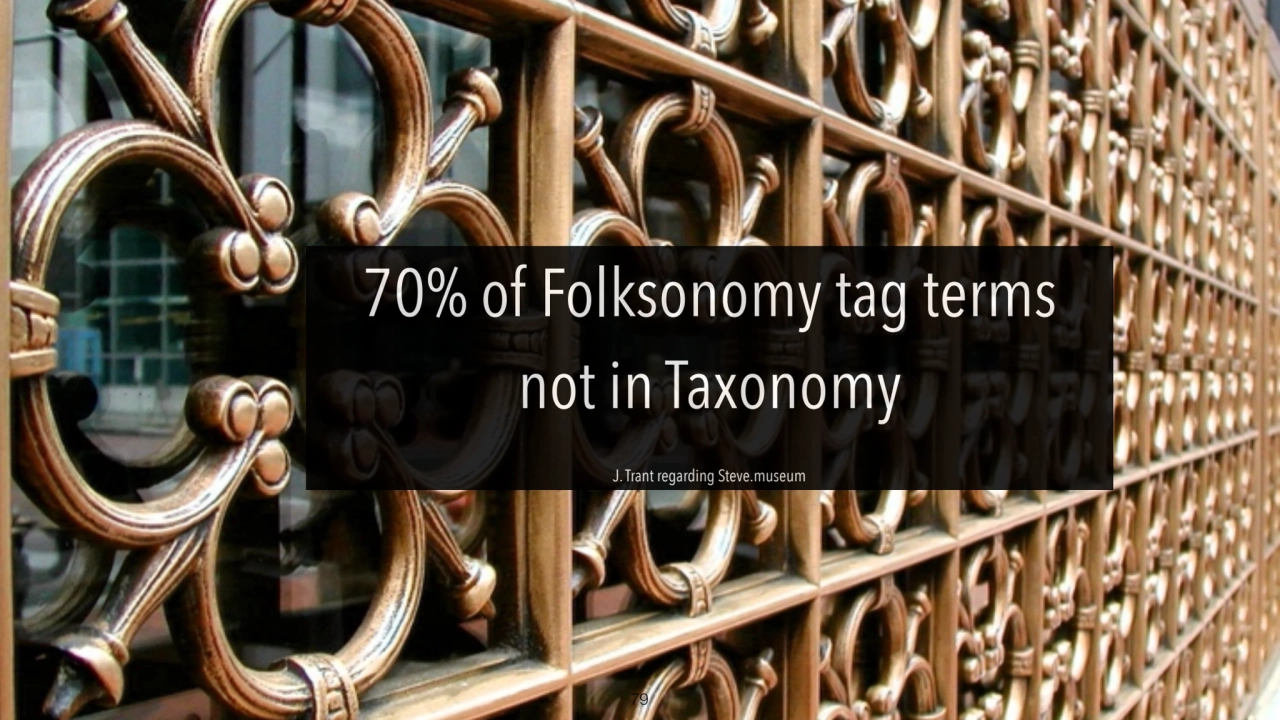
Loading...
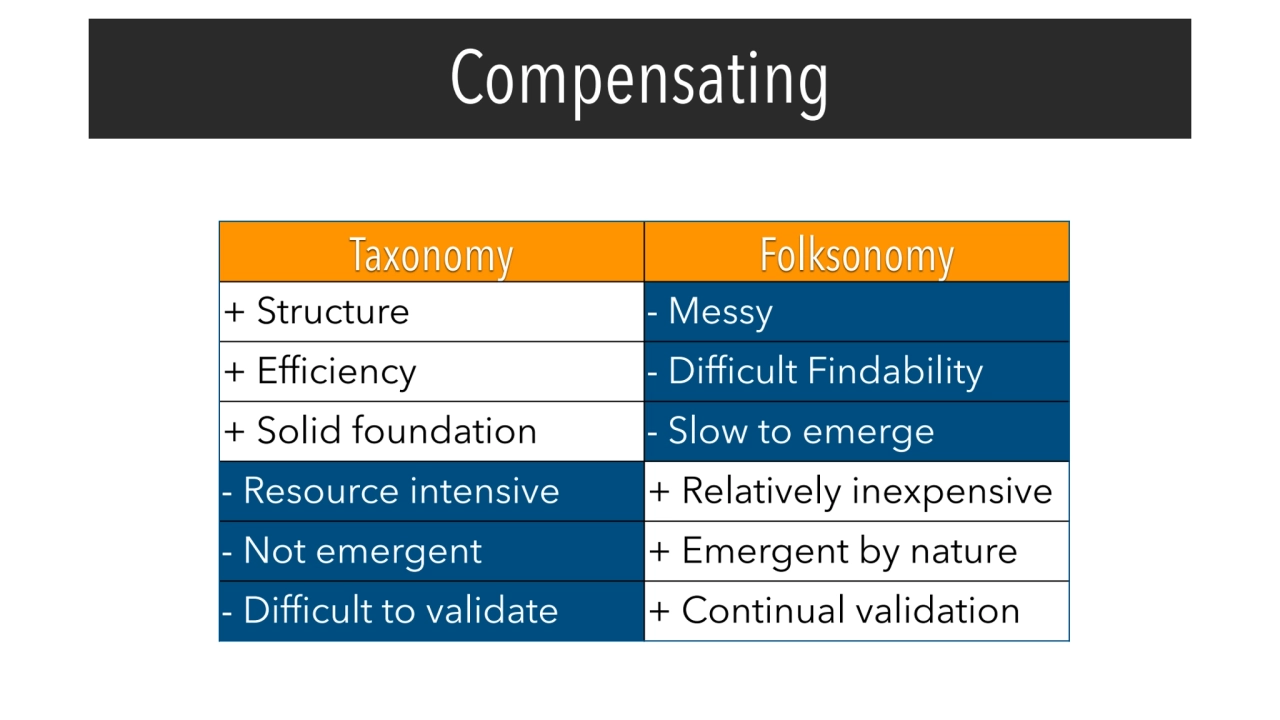
Loading...

Loading...
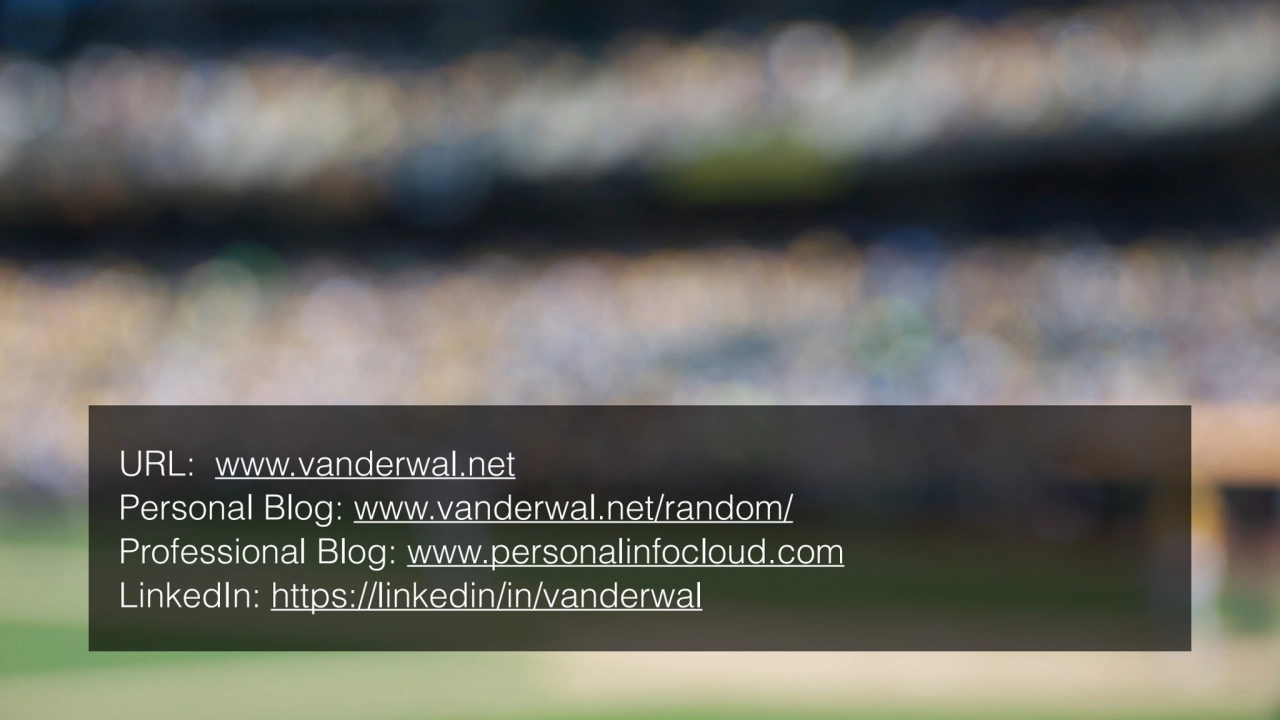
Seeing clearly through the fog of complexity
- 1. Seeing Clearly Through the Fog of Complexity Thomas Vander Wal 20 February 2024 for: Complexity Lounge 1
- 2. Thomas Vander Wal 27 February 2024 Presented to: Complexity Lounge Seeing Clearly Through the Fog of Complexity
- 3. Intro to Complexity Lenses
- 4. Who are the Complexity Lenses for?
- 5. Complexity Lenses are for: Organizations who are scaling Mid-sized organizations through enterprise scale where complexity is a known reality Organizations tired of not understanding their needs and want improvement, not more money thrown at “solutions” only to get similar results Organizations that know “one size fi
- 6. 80+ Complexity Lenses
- 7. Complexity Lenses Started With… March 2002, this results in a Model of Attraction, as we don’t go anywhere, but we click on things that will likely bring things closer to us, but also repel things, so to provide clarity A discussion with Stewart Butterfi “navigation is the wrong metaphor for everything we do on the web”
- 8. 8 The Model of Attraction lead to, the Come to Me Web / Come to Me Intranet, where feeds, agents, and aggregators started to become a core part of the discussion Other models and patterns for understanding and explaining evolved out of these, and were used with those going deep and building tools and services, to get them more right Then… Folksonomy … Then InfoClouds: Personal InfoCloud; Local InfoCloud; Global InfoCloud; and External InfoCloud, and how to manage working with and across them Complexity Lenses Started With…
- 9. Complexity Lenses Started With… In 2008 a friend stated, in Twitter, that 3D modeling of data was really hard. I responded, “you should try social, it is 6D or 7D…” Others then started asking, “what are these dimensions?” Within a few days I had called out 12 or more models and elements I used in my work to help bring clarity and understanding to social complexity
- 10. 10 Many of the lenses come out of applying various social sciences and related research to technology - the techno-social foundations Foundations from complex adaptive systems, urban studies, and similar domains where understanding many scales are at the core Walking Dave Gray through the 40+ Social Lenses in 2010, turned into the Connected Company book project Complexity Lenses Started With…
- 11. 11 Today I have teased more than 80 Complexity Lenses out of my work from the late 1990s to late 2010s More than 20 of the elements are works of others, like the Cynefi In the helping others see through complexity to fi fi fi Complexity Lenses Started With…
- 12. The Map is not the Territory 12
- 13. The Model is Not Reality 13
- 14. Lenses Work to Move Unknowns to Knowns Issue / Problem Solution Known Known Unknown Unknown 2 1 3
- 15. Facilitation 80+ Lenses at a High Level User / Use Work Focus Use Environment Social / Networks / Interactions ✦ Workflow ✦ Work models / teams ✦ Deliverables ✦ Work cycles ✦ Attention cycles ✦ Planning ✦ Managing / operations ✦ Collective / Cooperative / Collaboration ✦ Social comfort ✦ Roles ✦ Focus ✦ Scale ✦ Personality type ✦ Mental models ✦ Expertise ✦ Skills ✦ Work models ✦ Depth of use / mastery ✦ Emergent complications ✦ Distance / proximity ✦ Devices ✦ Pace Layers & Temporality ✦ Attention ✦ Model of attraction / filters ✦ Culture(s)
- 16. Lens > Elements > Components Complexity Lenses Dimensions
- 17. Through greater understanding you have greater ability to make successful decisions
- 19. Social Lenses
- 20. Social Progression of Fire
- 21. Camp Bon Spark Torchfifirere
- 22. Differing Social Perspectives
- 23. Differing Perspectives
- 24. Personal
- 25. Collective
- 26. Cooperative Team / Group / Community / Network
- 27. Team
- 28. Group
- 29. Community
- 30. Network
- 31. Collaborative
- 32. Collective Cooperative Team / Group / Community / Network Collaborative Communication Layer Social Working Array
- 33. Awareness of Quiet Perspectives
- 34. Newbie
- 35. Service Owner
- 36. External Developer
- 37. Depth Perspective
- 38. Depth of Use Perspective
- 39. Non-user
- 40. Non-contributing Collective User
- 41. Non-contributing Selective User
- 42. Light Contributing User
- 43. Heavy Contributing User
- 44. Perspective Matrix
- 45. Matrix of Perspectives
- 46. Depth of User Perspective Non-user Non-contributing User Contributor Collective Selective Light Heavy Personal Collective Cooperative: Team Cooperative: Group Cooperative: Community Cooperative: Network Collaborative Communication Social Perspectives
- 47. Scaling and Roles 47
- 48. Social Scaling
- 49. Scaling and Functionality People Participating # of Objects in System A A - Personal Use B B - Serendipity C C - Mature Social Tool D D - Complex Social System
- 50. Dave Snowden’s Cynefin Framework
- 52. Right Fitting Digital Work Activities to Appropriate Scale Network Community Group Team / Small Group Collective Cooperative: Team Cooperative: Group Cooperative: Community Cooperative: Network Collaborative Increase Scale Types of Digital Work Activities
- 53. Team, Their Networks & Network Effects The team is the core activity environment where work gets done. The team uses their network connections to ask questions and provide answers (building their personal social capital), share lessons learned, and find learning resources to continually improve. The larger the network, the more valuable it is to all participants- this is the power of network effect. With most of the team’s activity around their combined collective, coordinated, and collaborative work, we must realize the team’s work product depends on how they are organized (leadership direction), behave (culture) and are supported (community management & platform). Capturing and nurturing the sparks for questions, answers, and learnings from the team activities through community management is key to having higher scale social activities work well. The Team is the Engine
- 54. Team Needs Tasks Team Fit Process & Planning Progress Status Calendar Comms Shared Resources Decisions
- 55. Roles
- 56. Roles
- 57. Traditional Roles • Functional Role • Hierarchy Role (management) • Organizational Placement
- 58. Social Roles
- 59. Social Roles • Beyond Admin & User... • Role name / type • Role’s tasks • Role’s needs
- 60. • Sharer • Lurker • Writer / Creator • Editor • Curator • Connector • Synthesizer • Theorizer • Mitigator • Negotiator • Contextualizer • Interloper • Infovore • Learner • Monitor • Counselor • Gossip • Critic • Expert • Broadcaster / Rebroadcaster
- 61. Model of Attraction
- 62. The Focus of the Web has Changed
- 63. Was
- 64. I Go Get • We sought “their” information • Focus on content provider • One device • One use • Proprietary formats • Findability focus
- 65. Is
- 66. Come To Me • Our information we found or created • Focus on person using • Reuse • Attracting and keeping attracted • Across devices • Open formats • Refindability focus
- 67. Intellectual Perceptual Physical Mechanical
- 68. InfoClouds
- 69. InfoClouds Personal InfoCloud Local InfoCloud Global InfoCloud External InfoCloud
- 70. Work Organizations Affiliations Location Social Software Near in Thought Portals Friends Local InfoCloud Local InfoCloud
- 71. Folksonomy 71
- 72. Folksonomy Definition ❖ Folksonomy is the result of personal free tagging of pages and objects for one's own retrieval ❖ The tagging is usually done in a social environment (shared and open to others) ❖ The act of tagging is done by the person consuming the information
- 73. Folksonomy Triad Object Identity Metadata Interest Vocabulary Definition
- 74. Dual Folksonomy Triad Object Identity Metadata Definition Vocabulary Terminology Interest Culture Community
- 75. Finding More Objects Metadata Object 1 Identity Object 2
- 76. Folksonomy vs. Taxonomy
- 77. Taxonomy Folksonomy Business Customer Product Taxonomy vs. Folksonomy 77
- 78. Taxonomy Folksonomy Taxonomy & Folksonomy
- 79. 70% of Folksonomy tag terms not in Taxonomy J. Trant regarding Steve.museum 79
- 80. Compensating Taxonomy Folksonomy + Structure - Messy + Efficiency - Difficult Findability + Solid foundation - Slow to emerge - Resource intensive + Relatively inexpensive - Not emergent + Emergent by nature - Difficult to validate + Continual validation
- 81. Thank you!
- 82. URL: www.vanderwal.net Personal Blog: www.vanderwal.net/random/ Professional Blog: www.personalinfocloud.com LinkedIn: https://linkedin/in/vanderwal